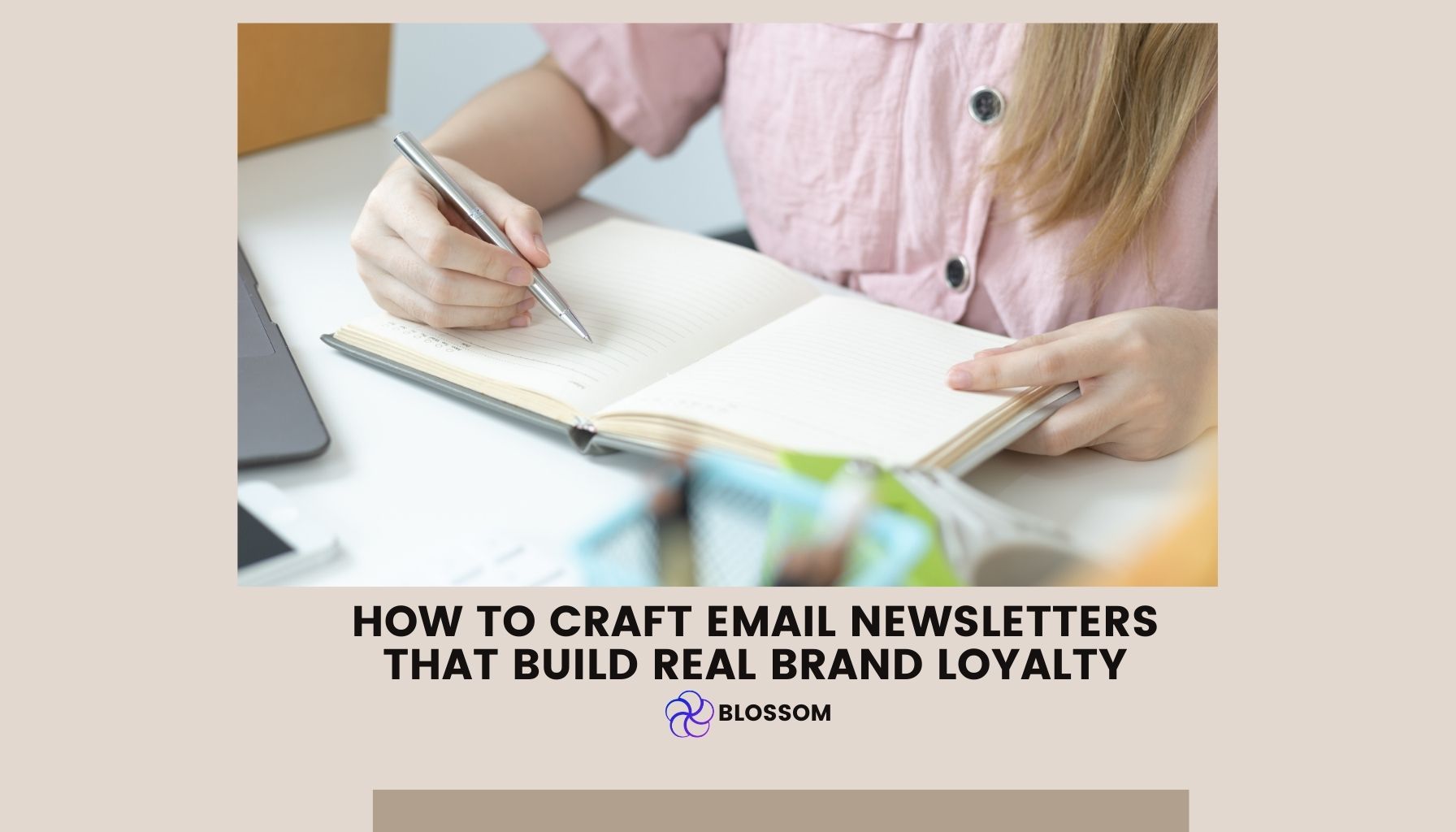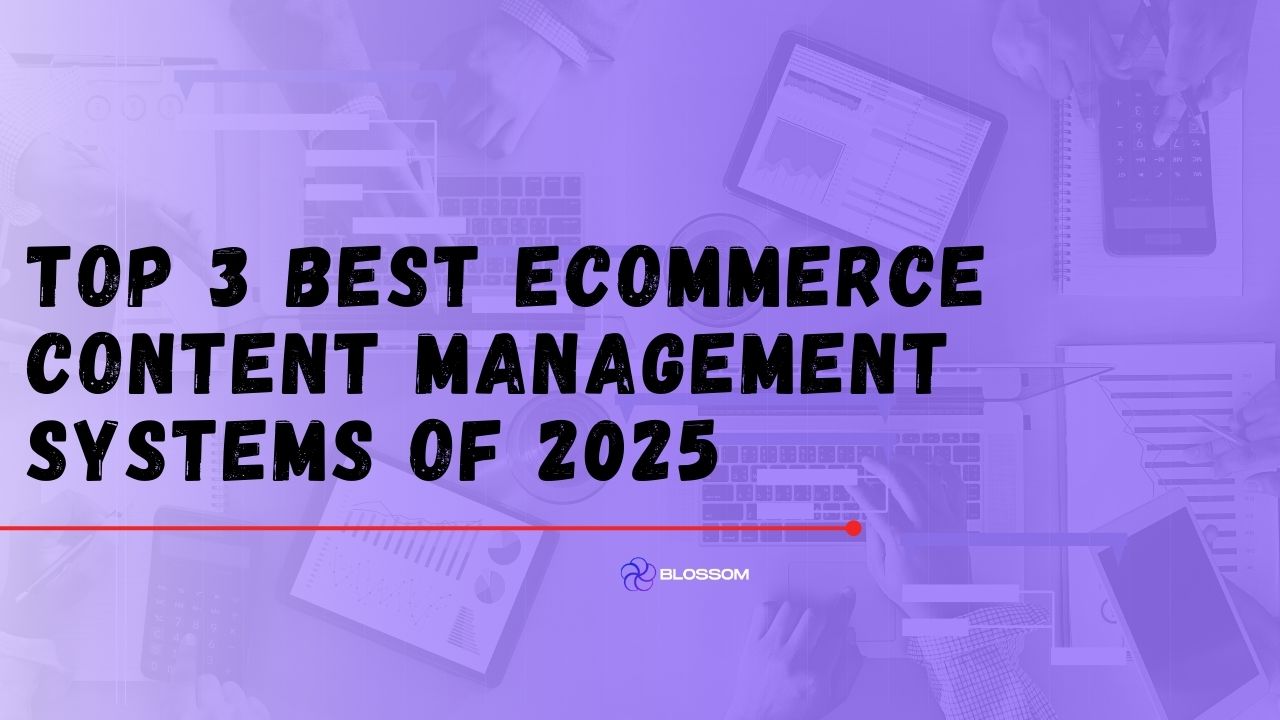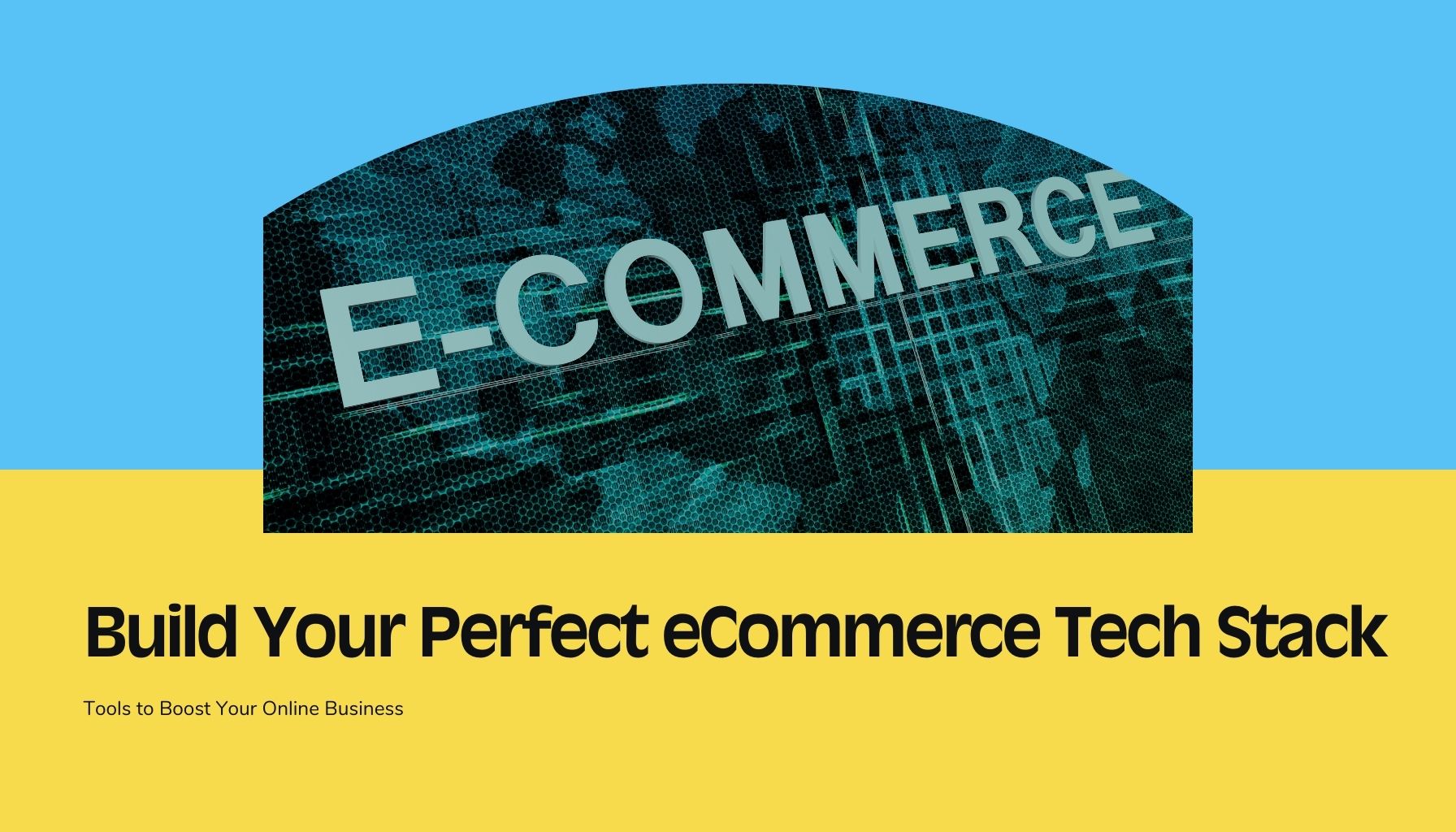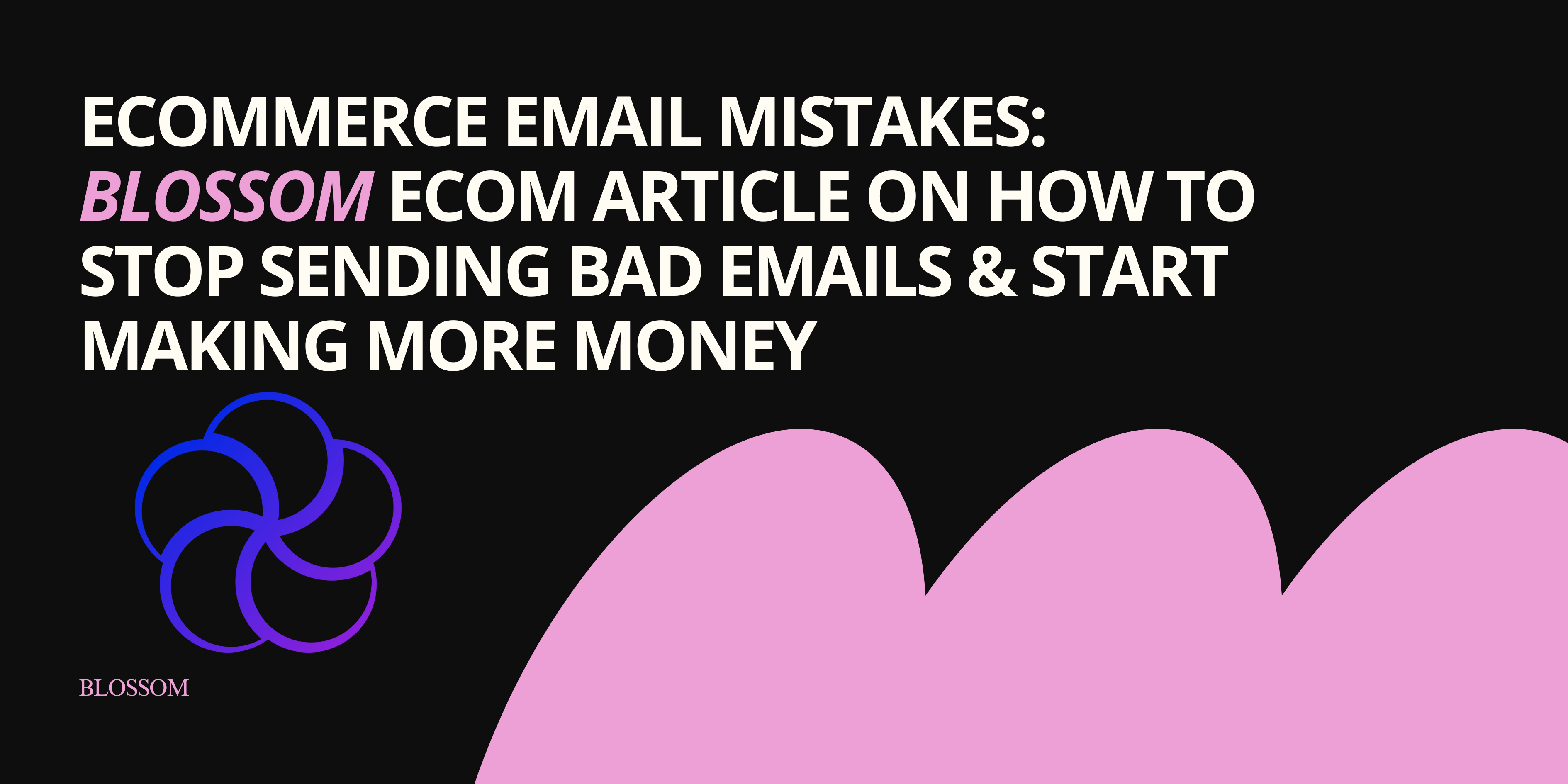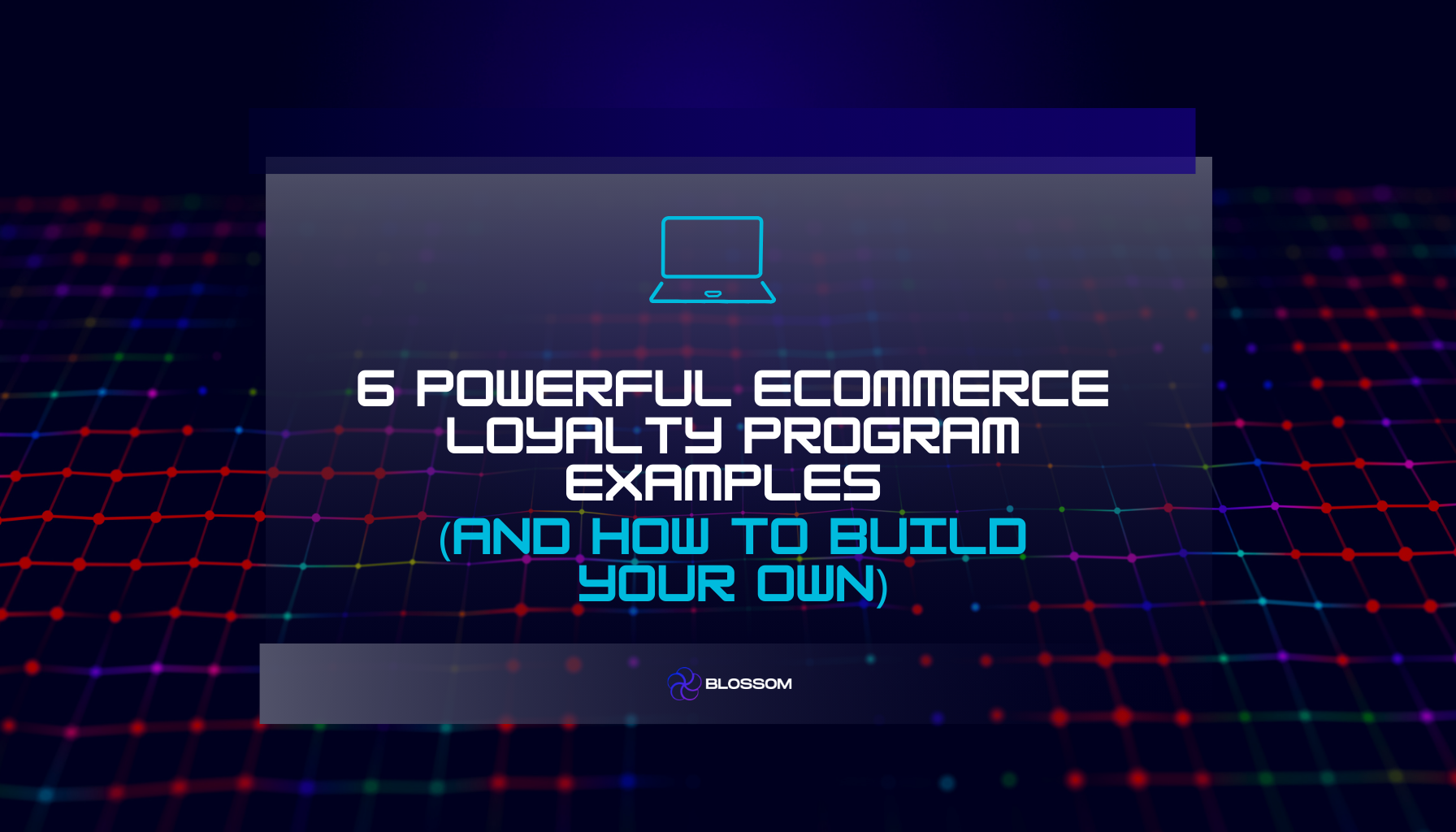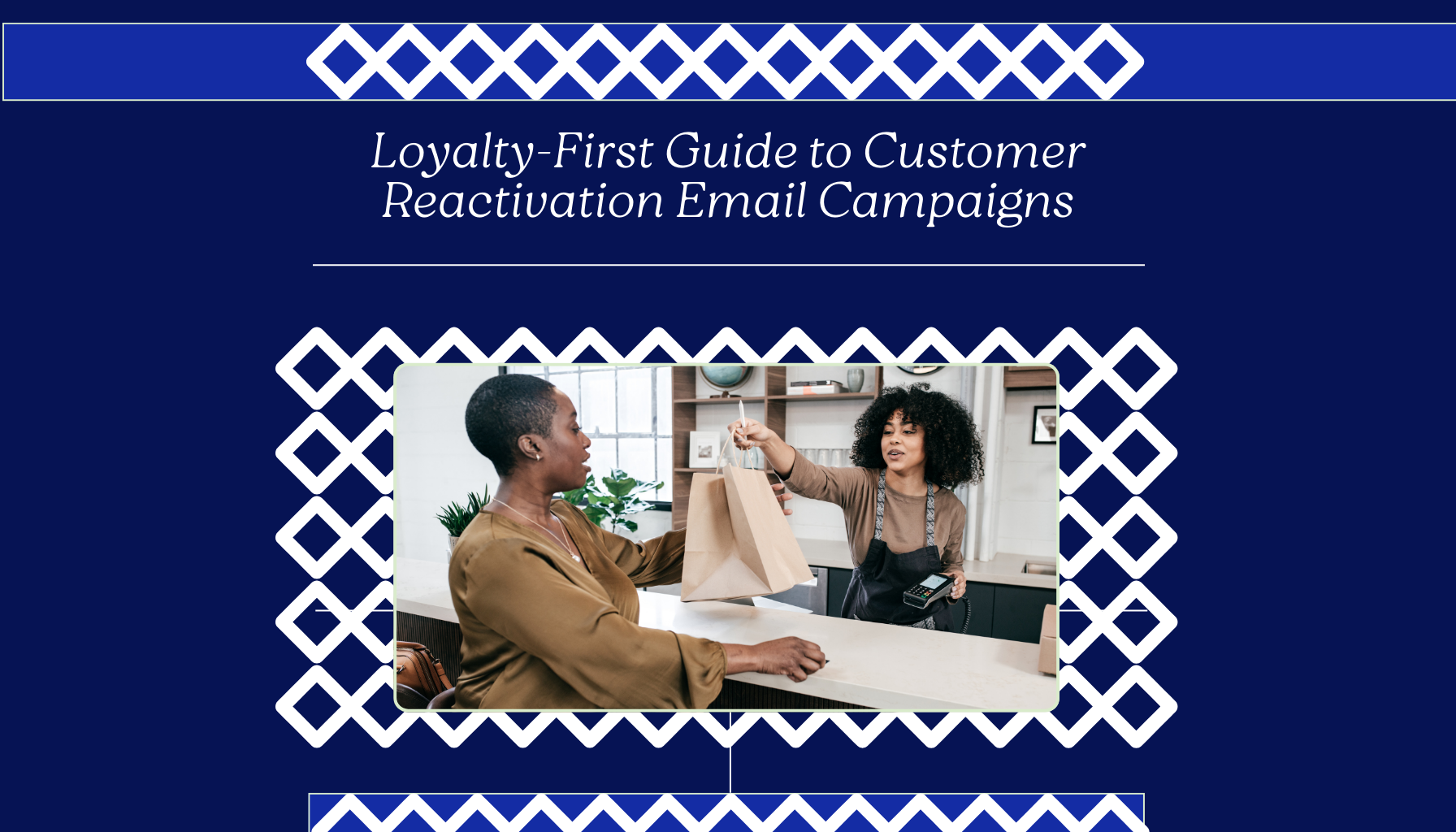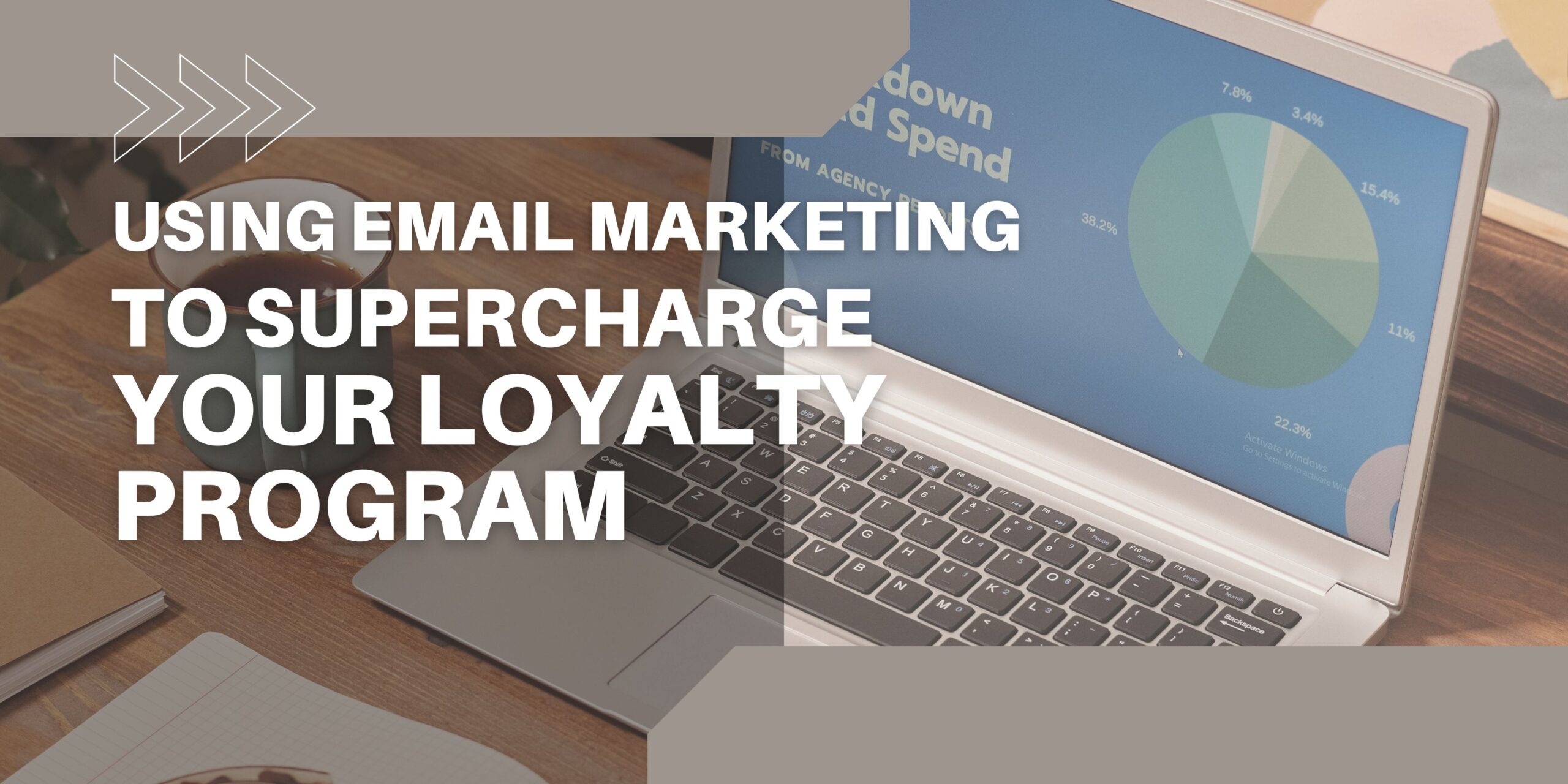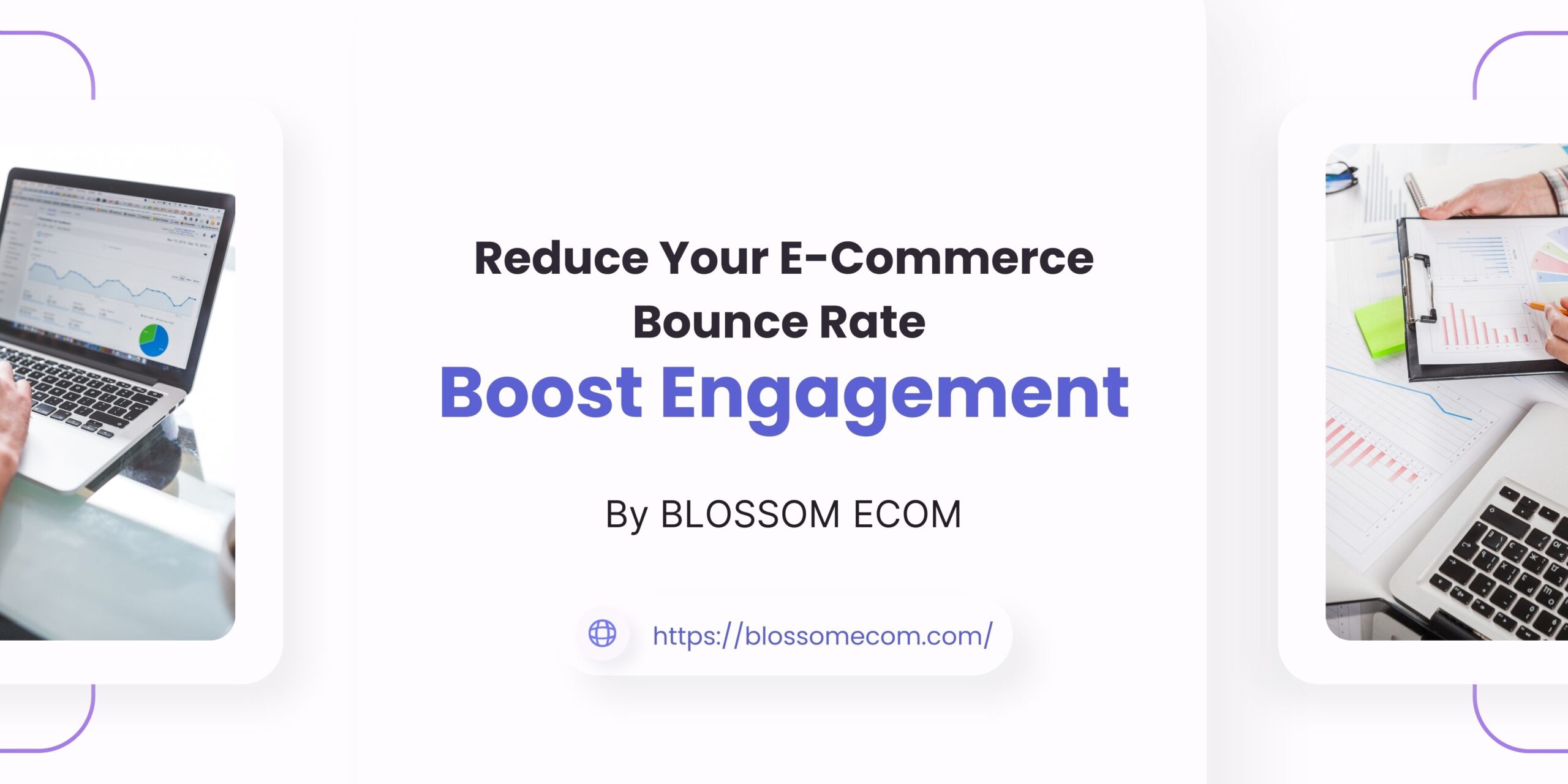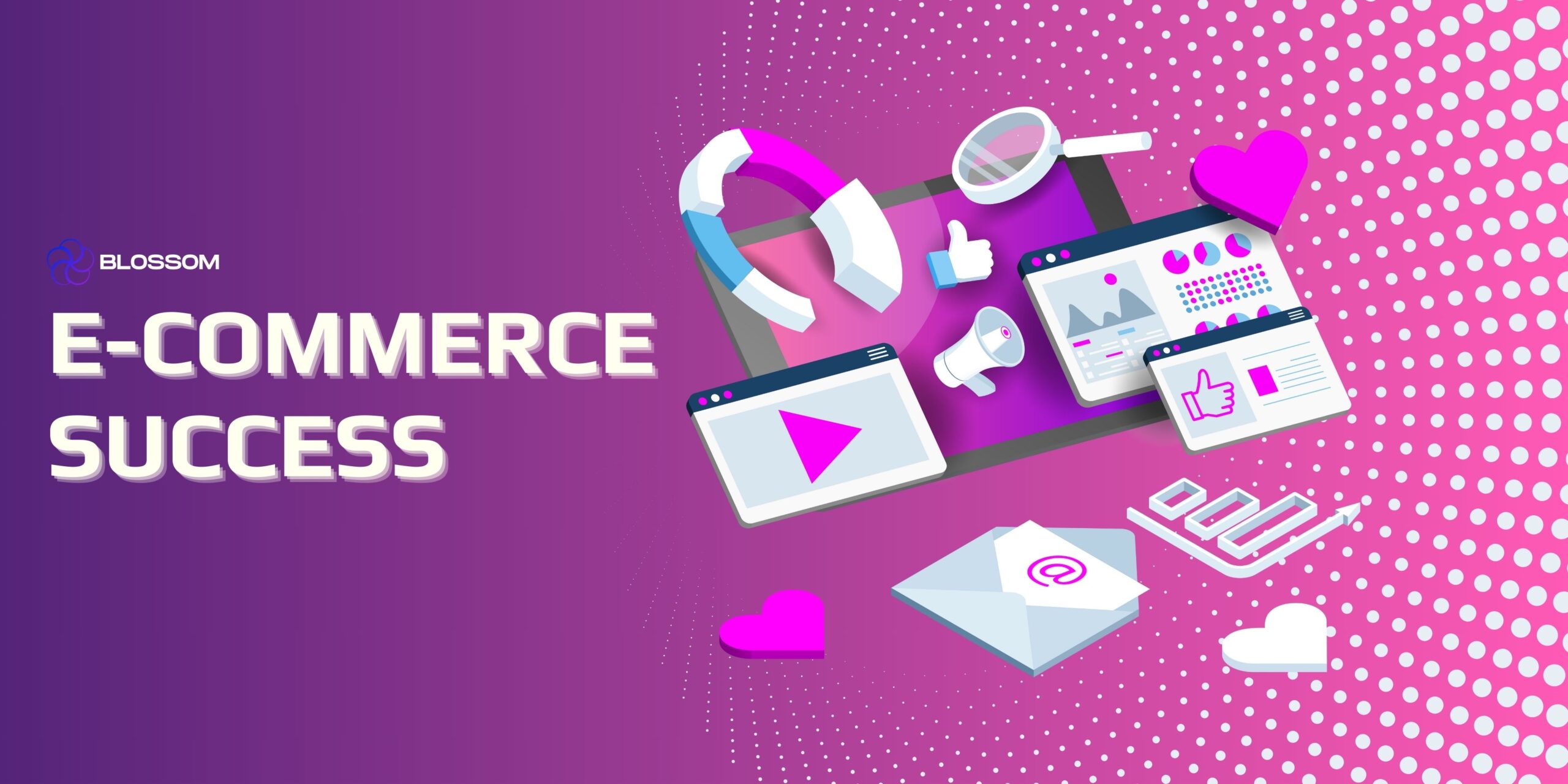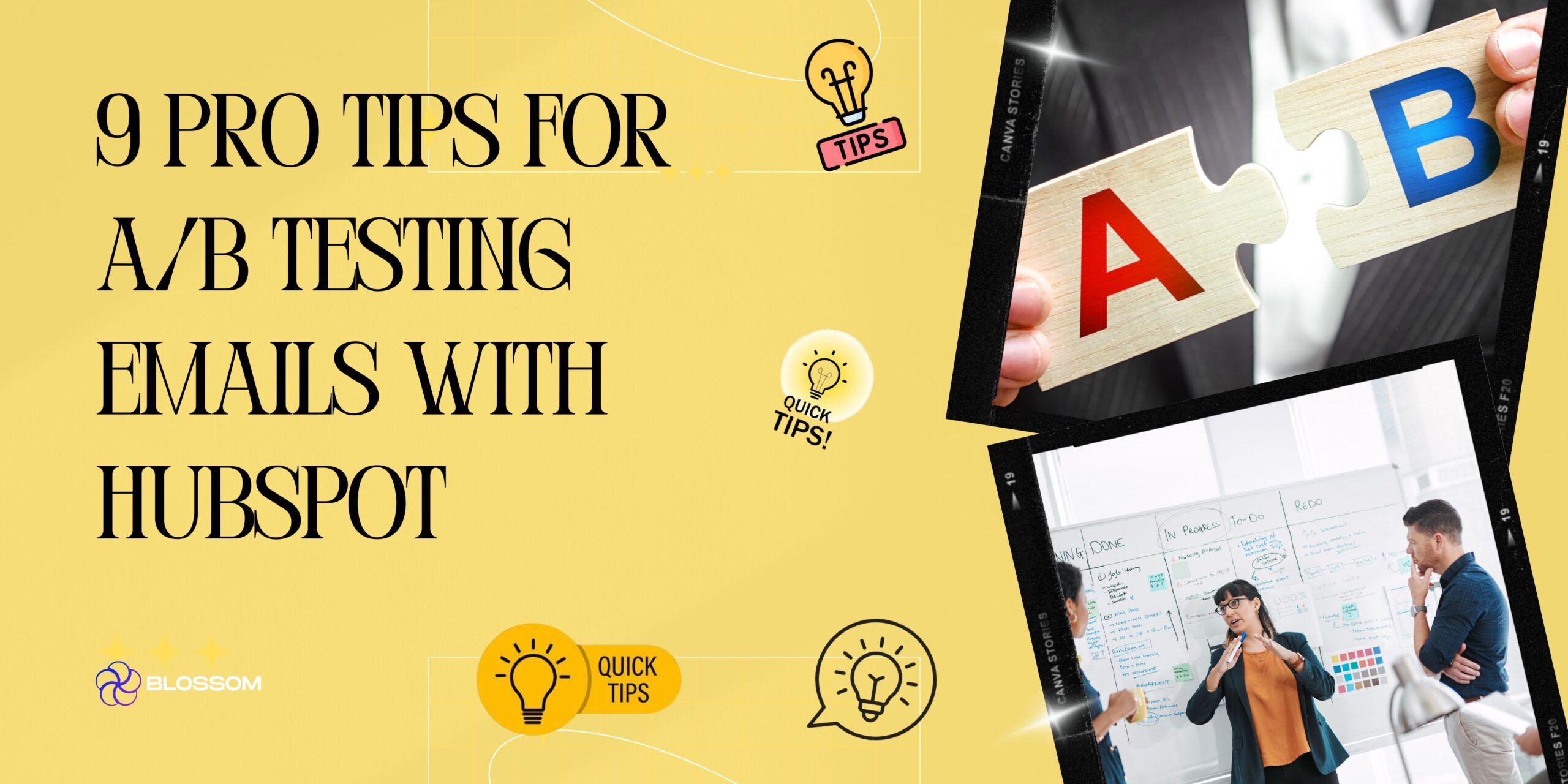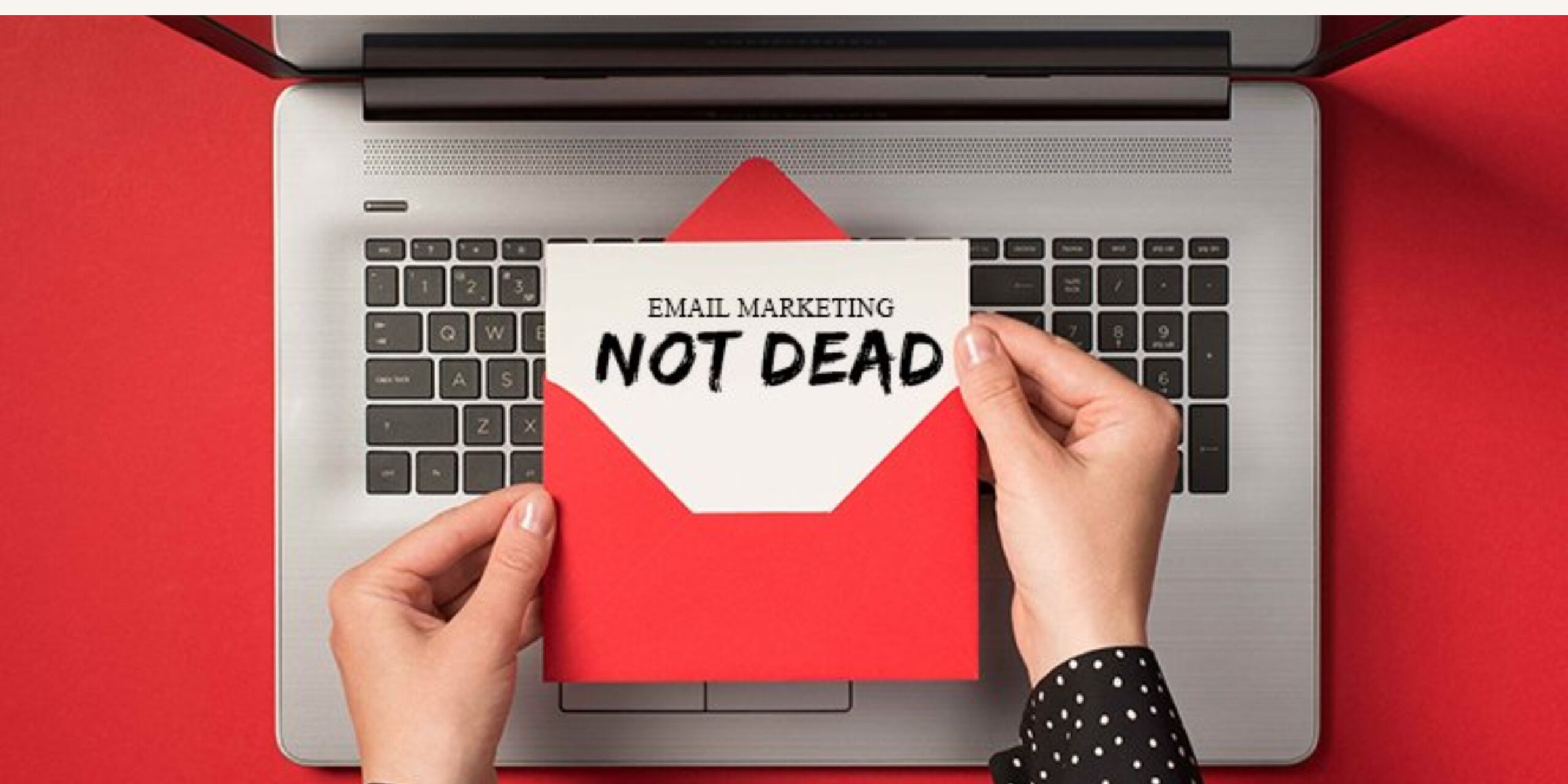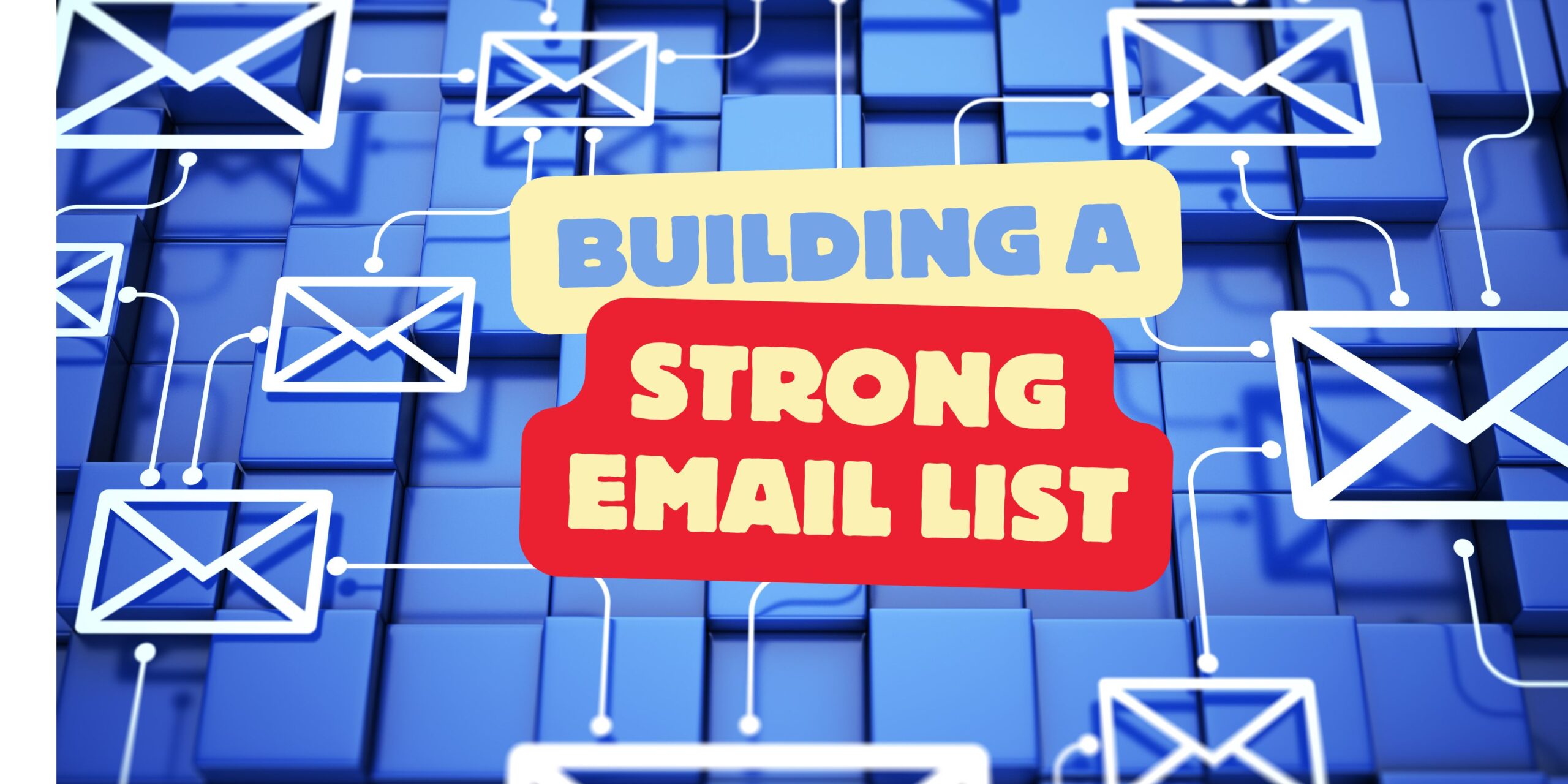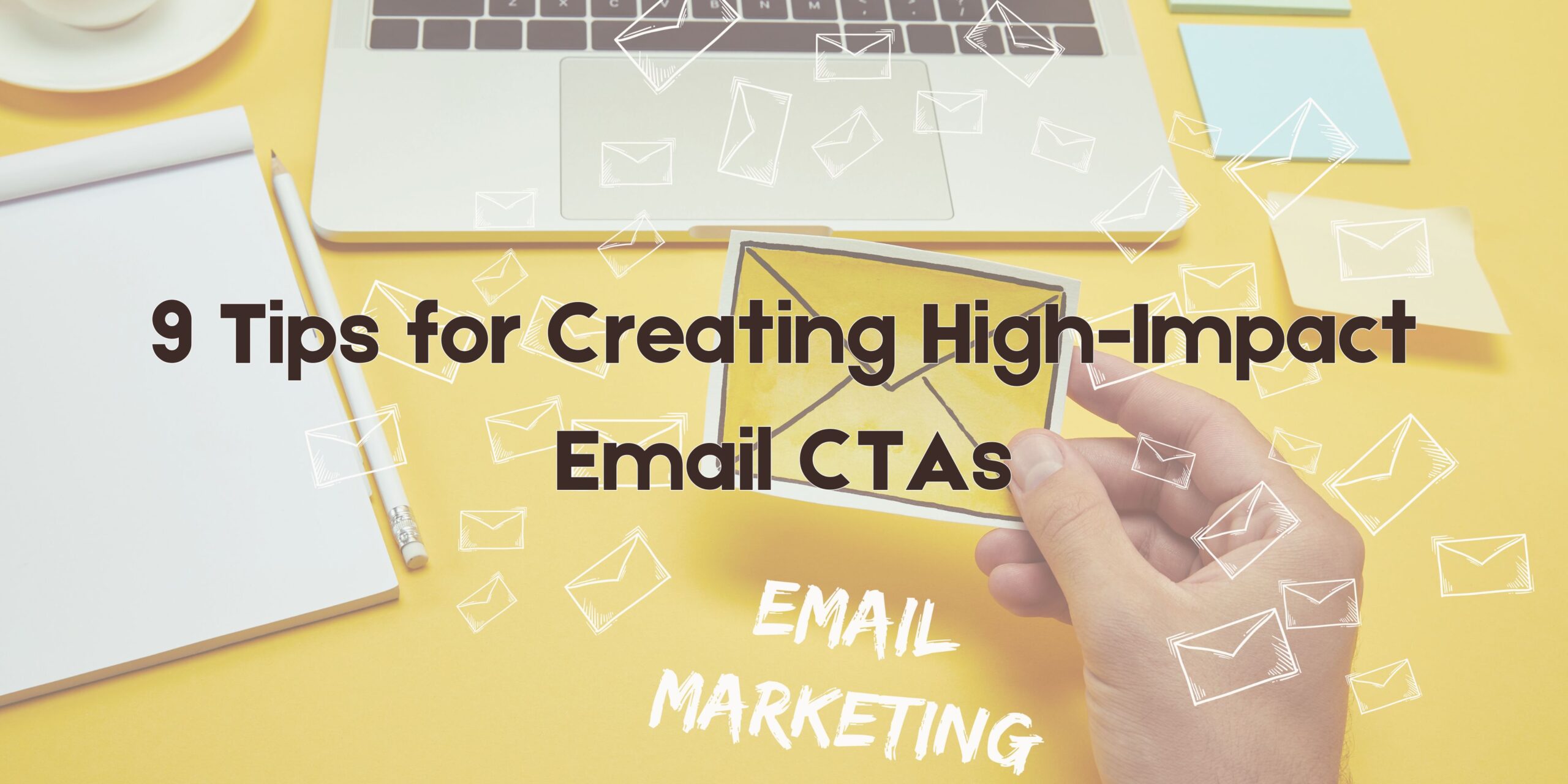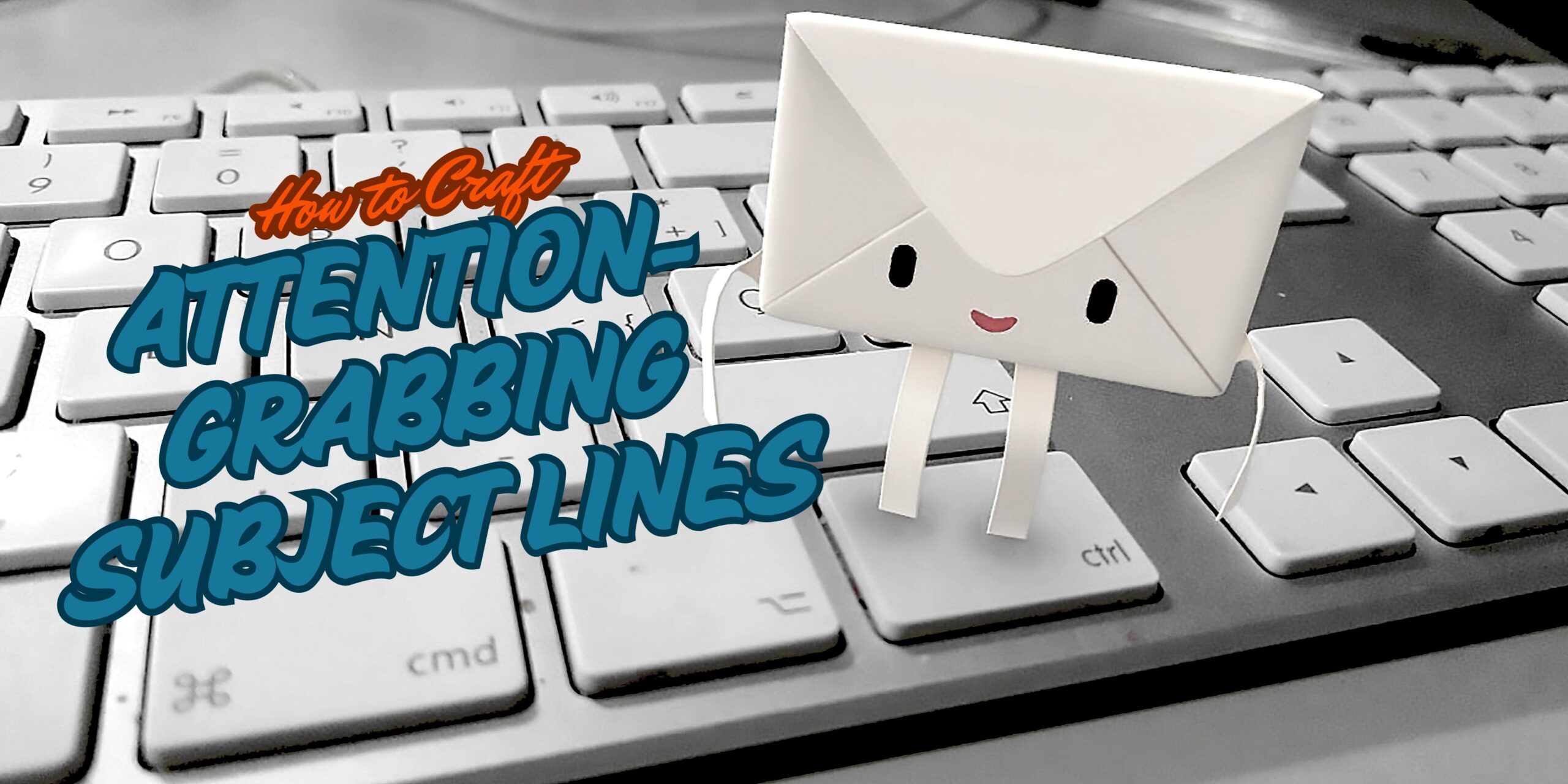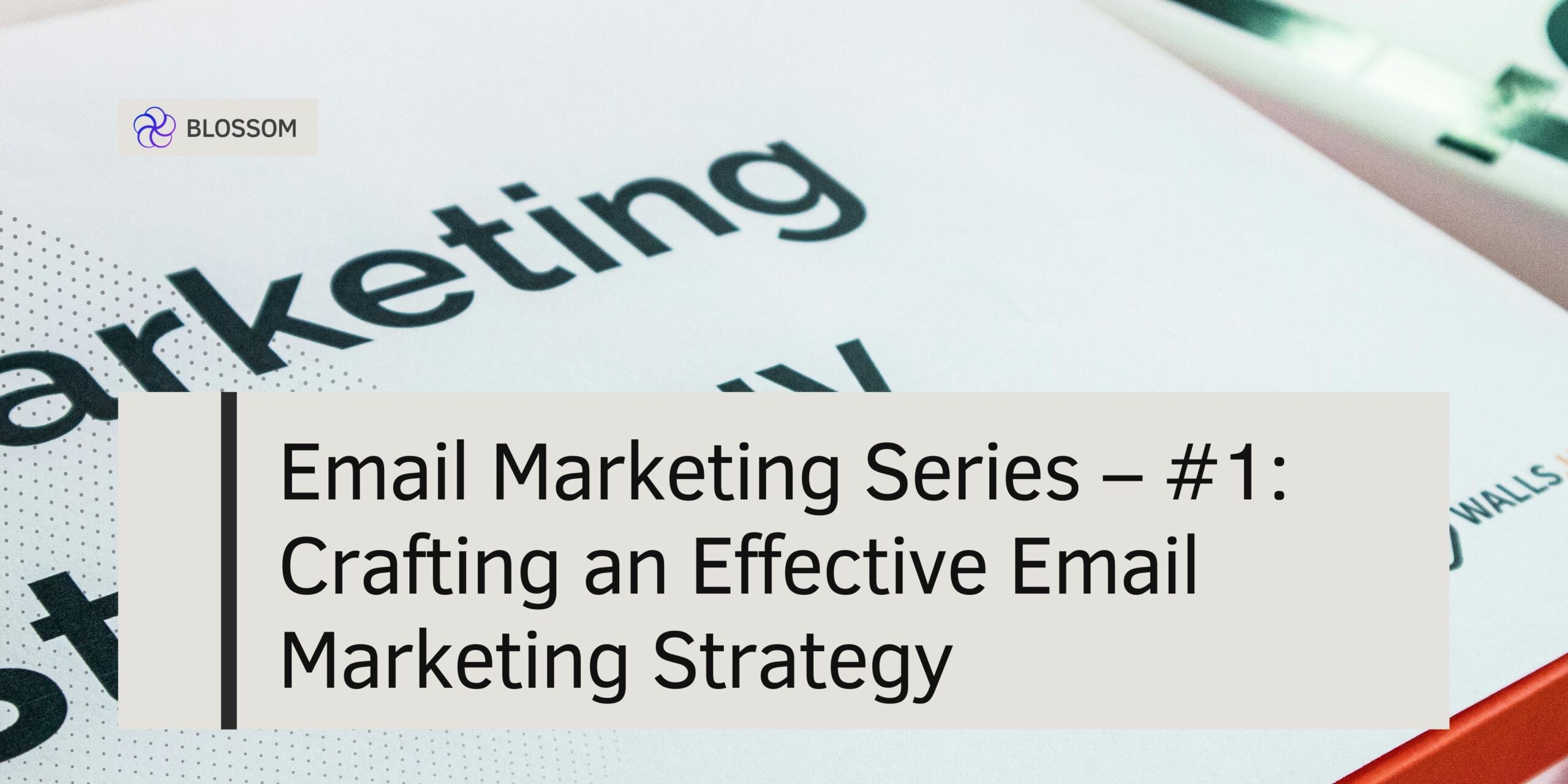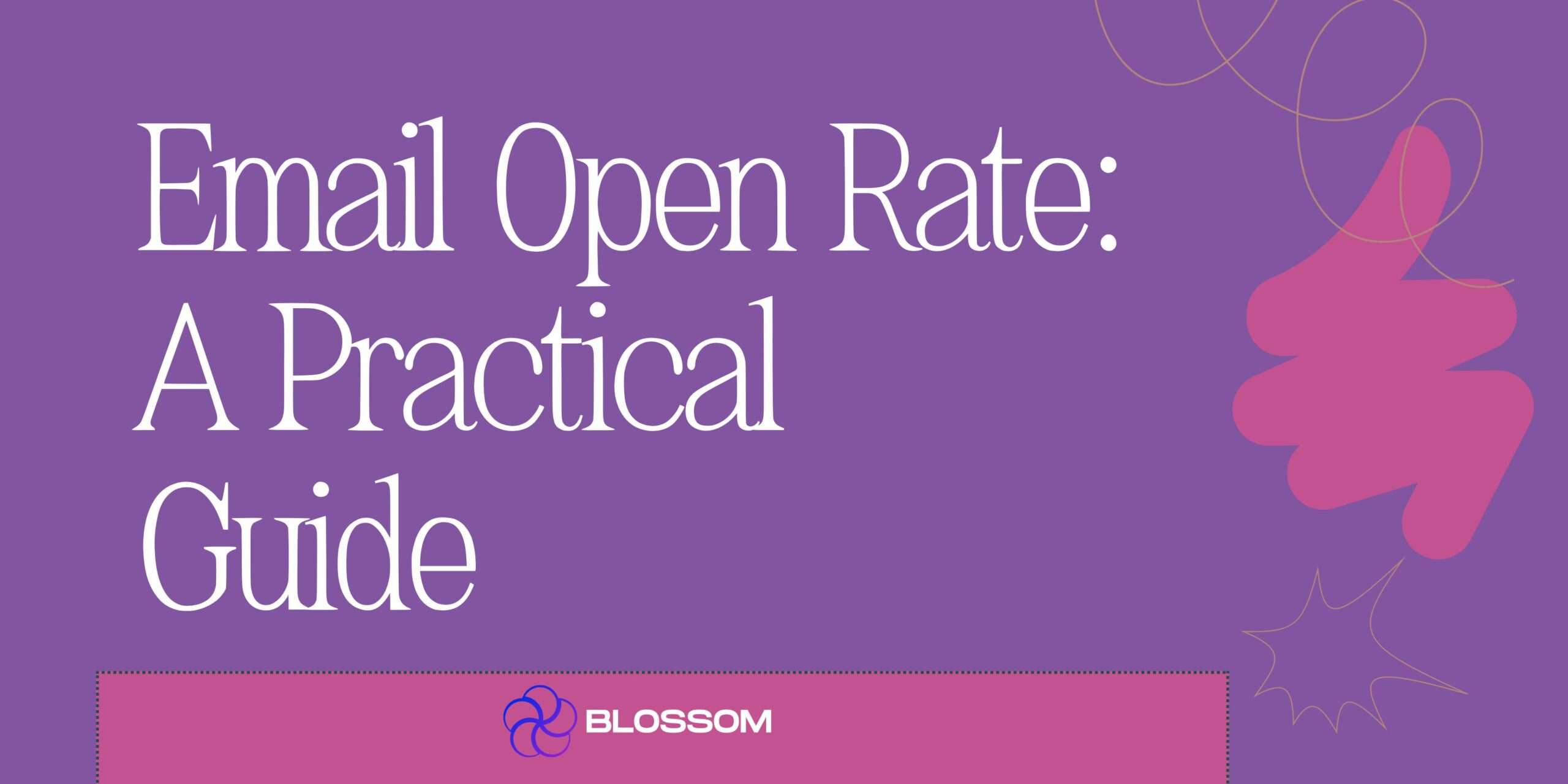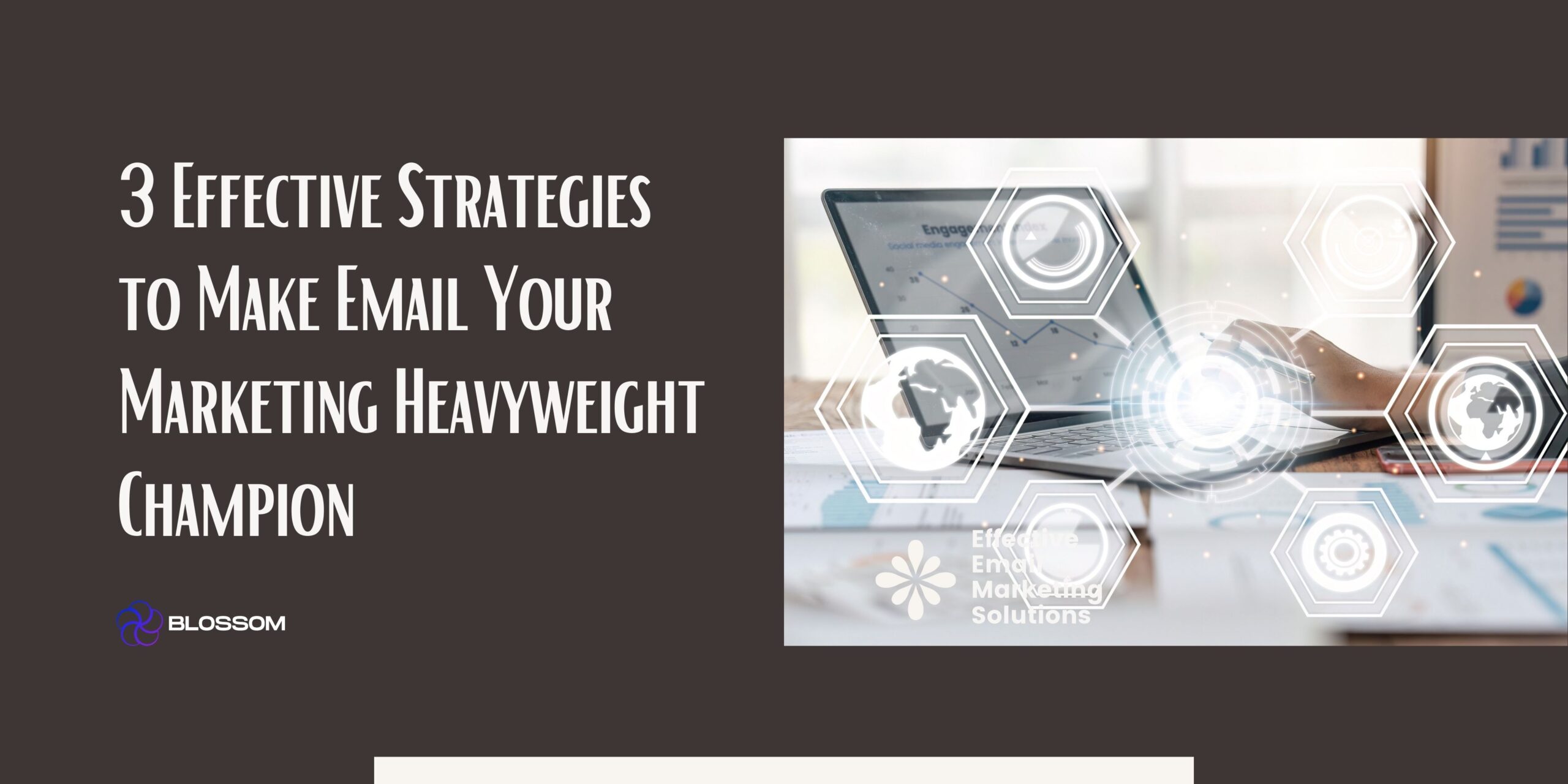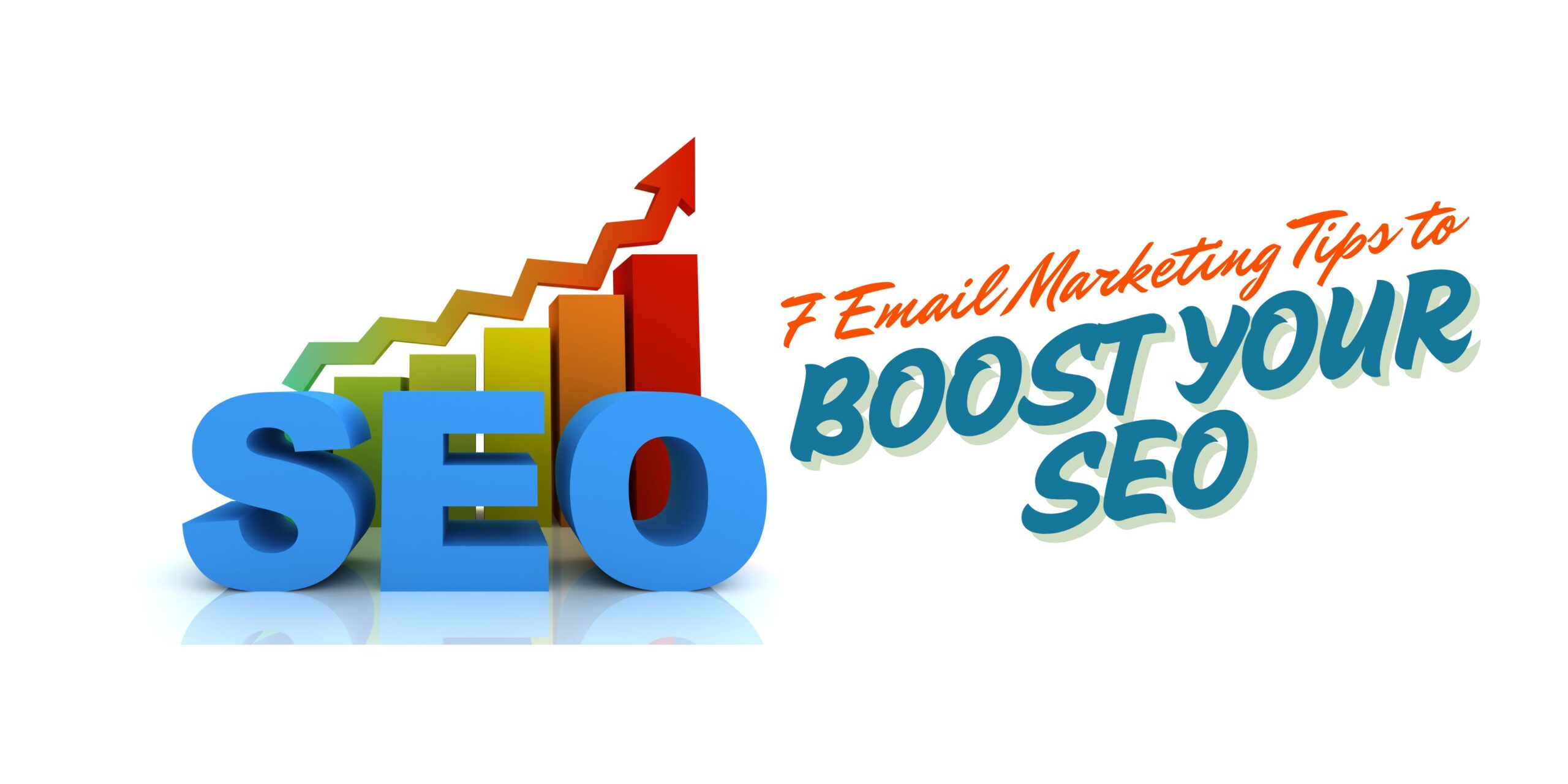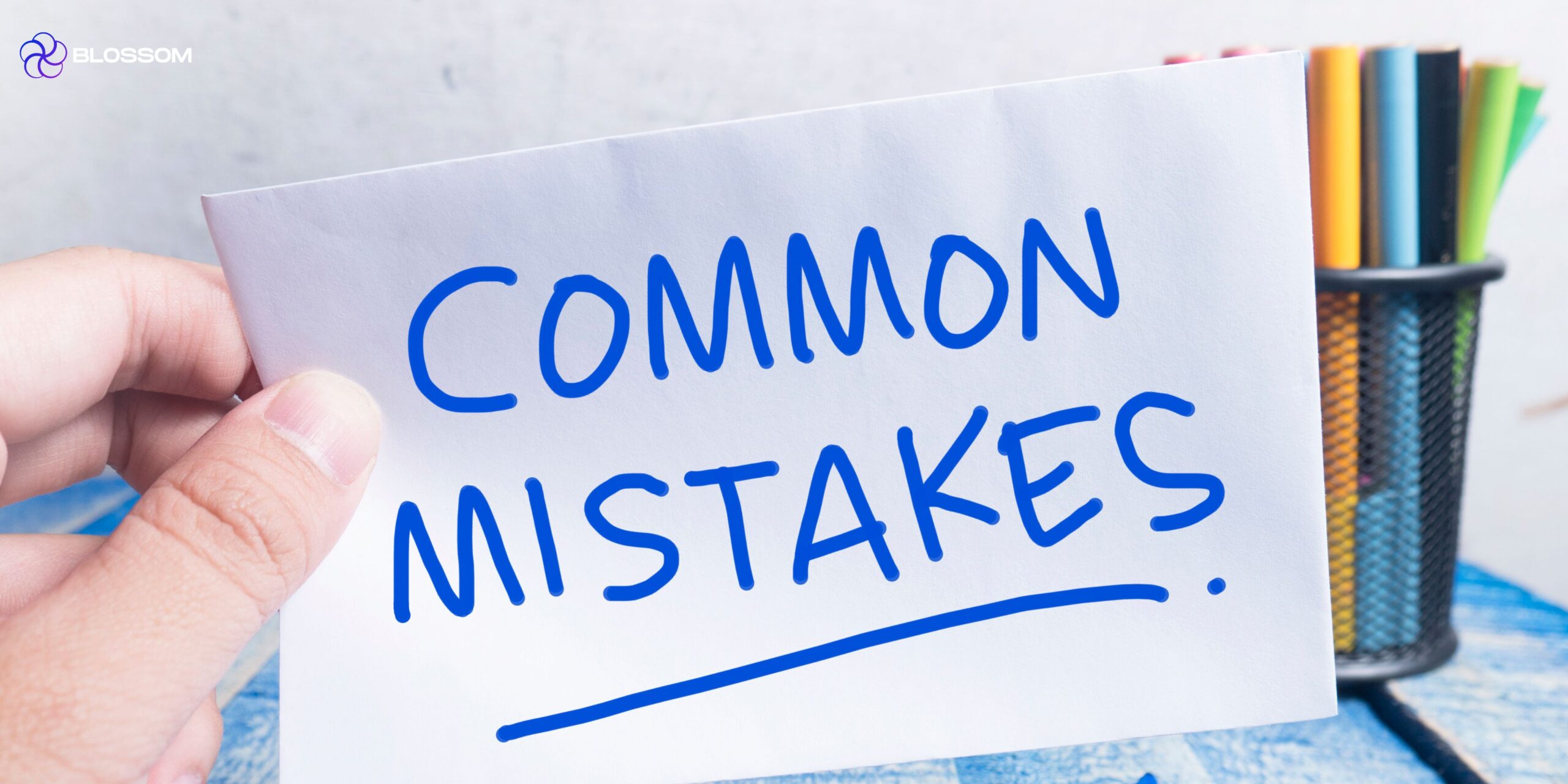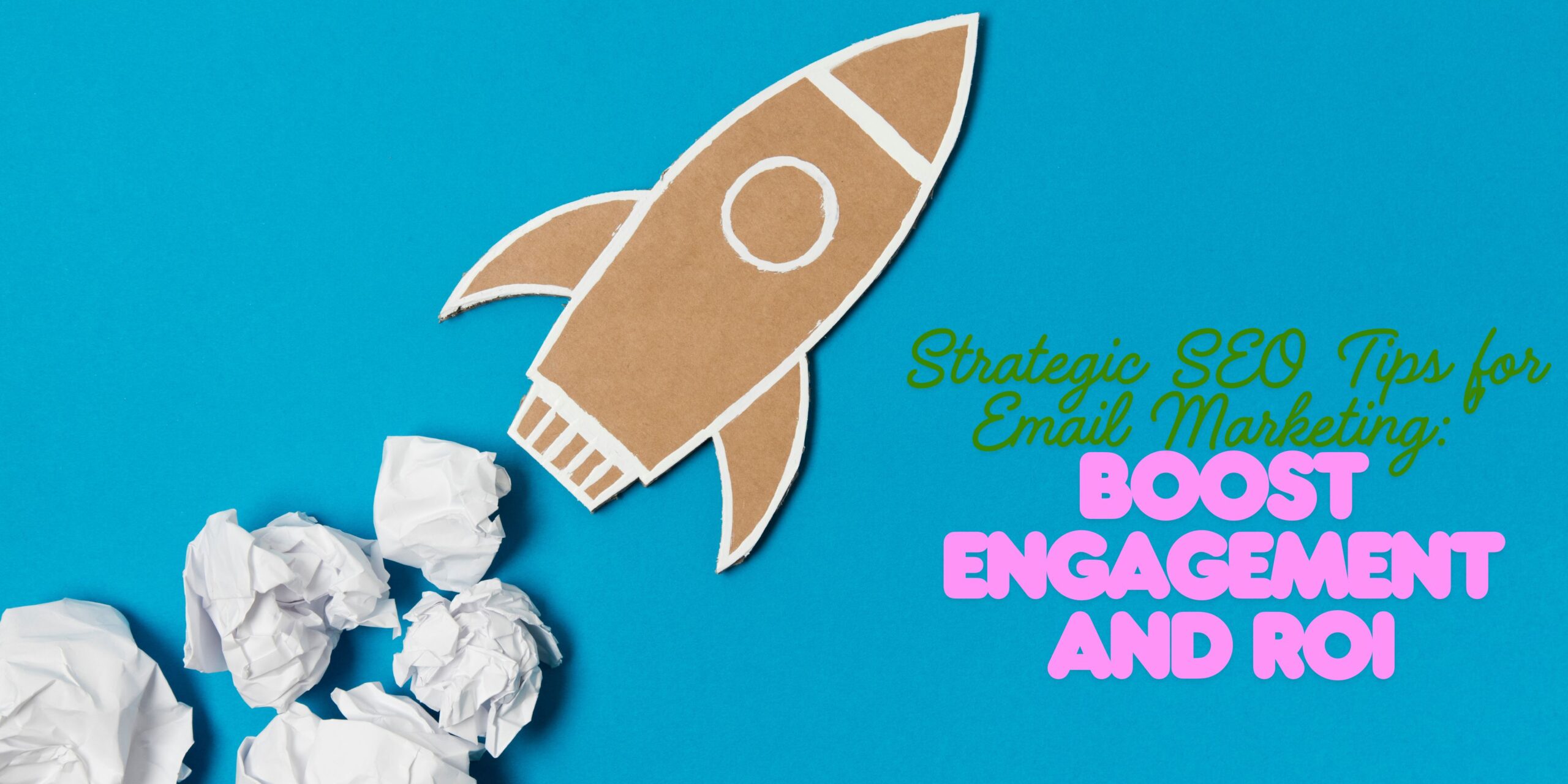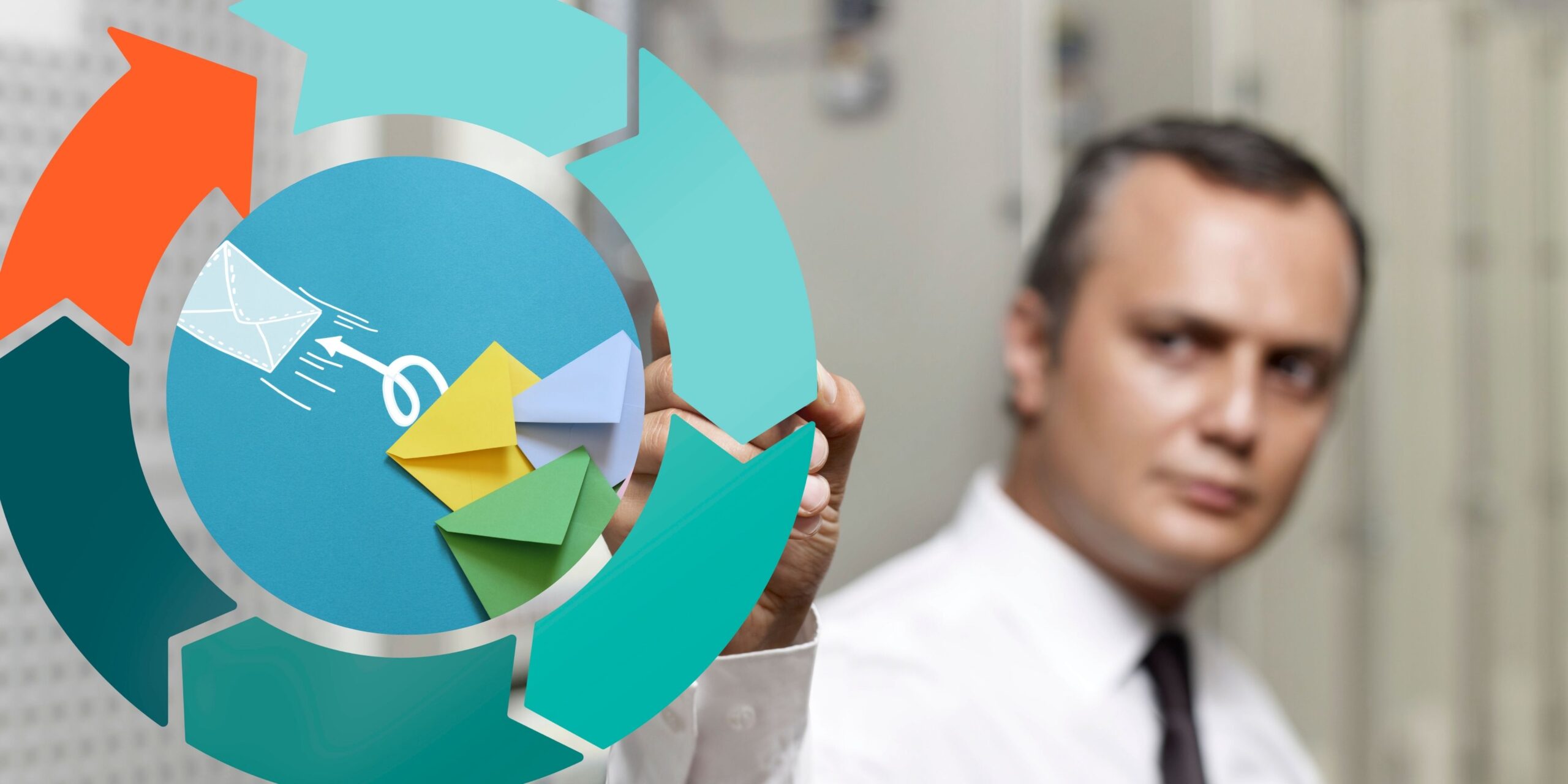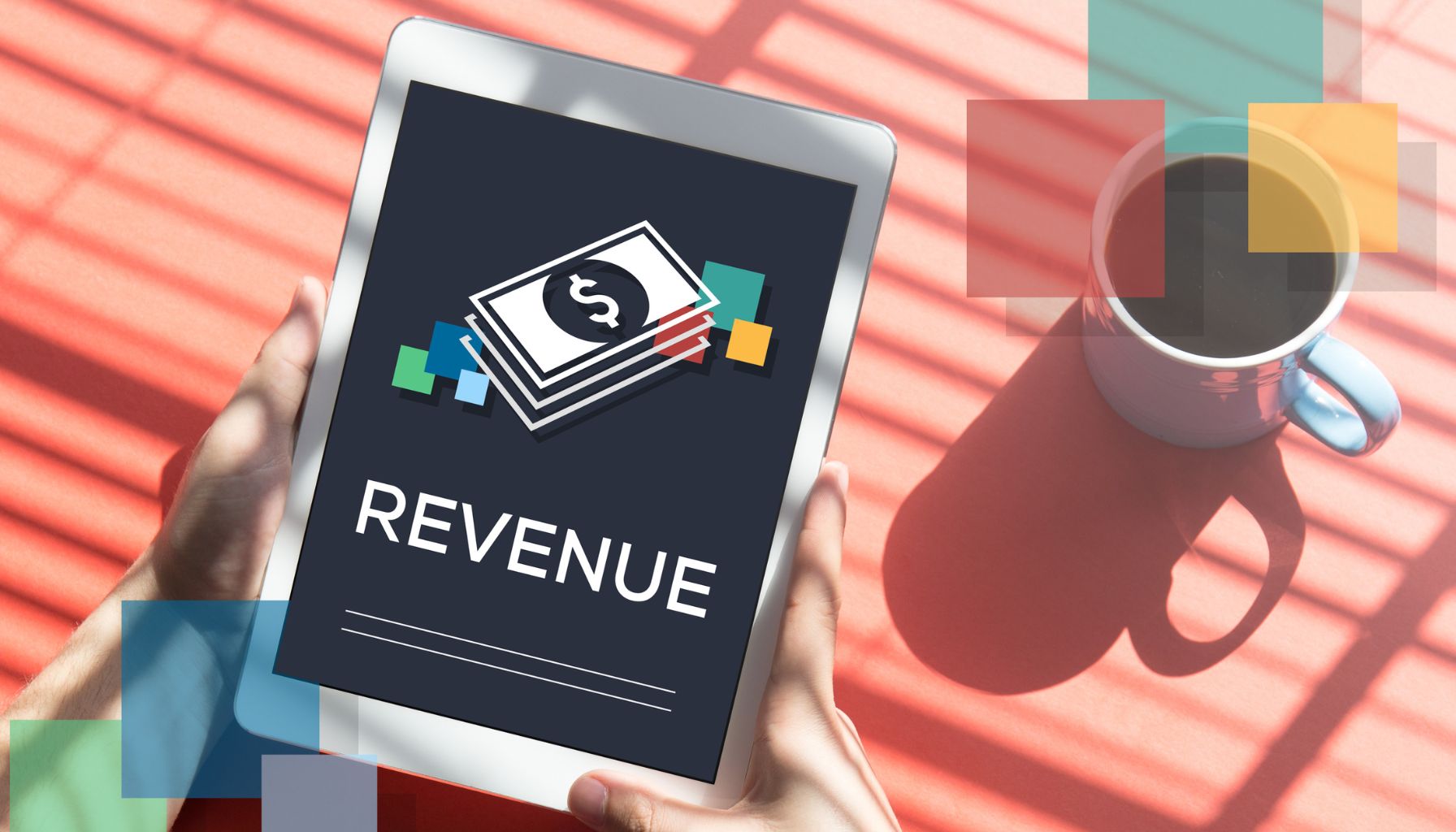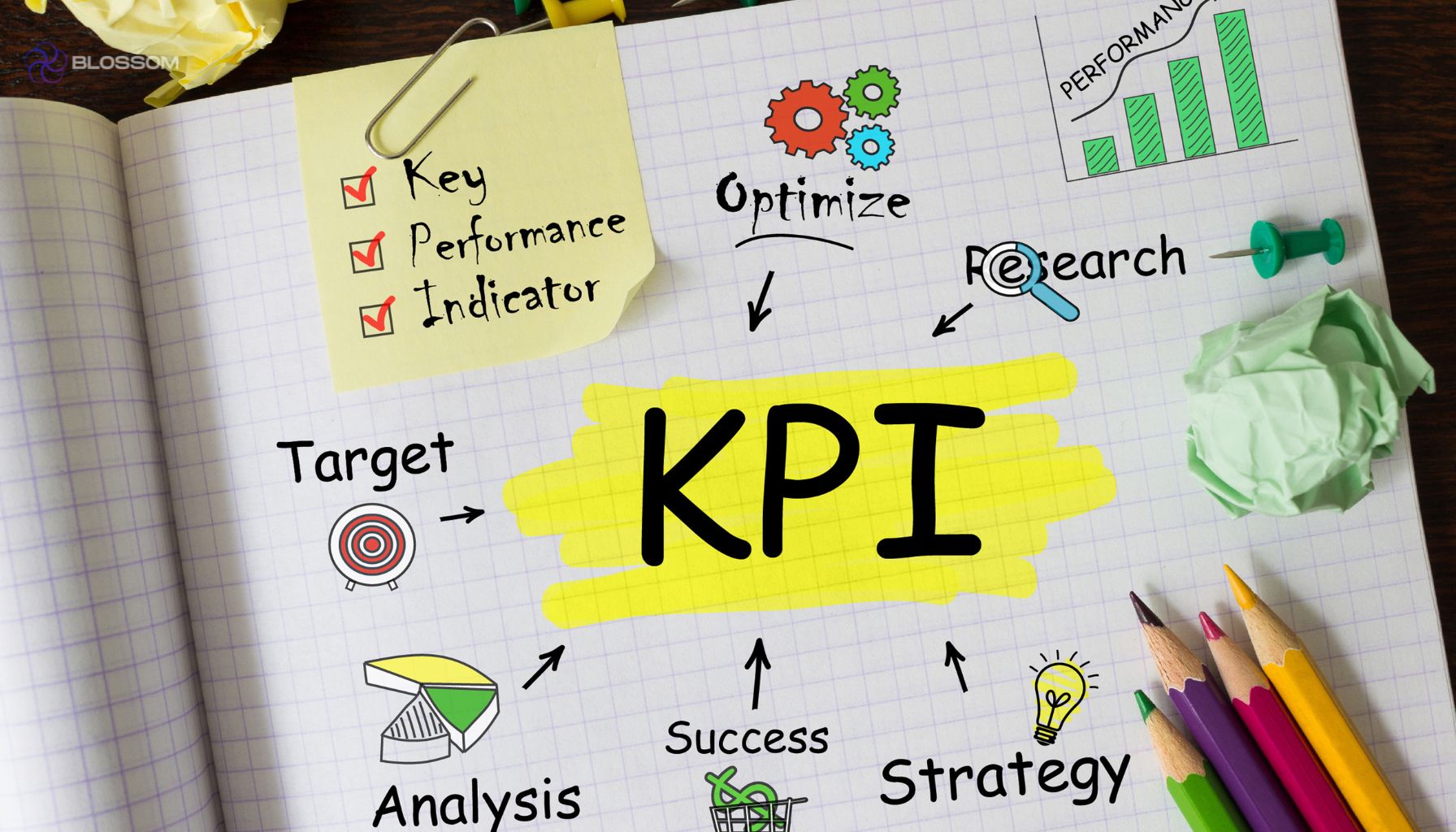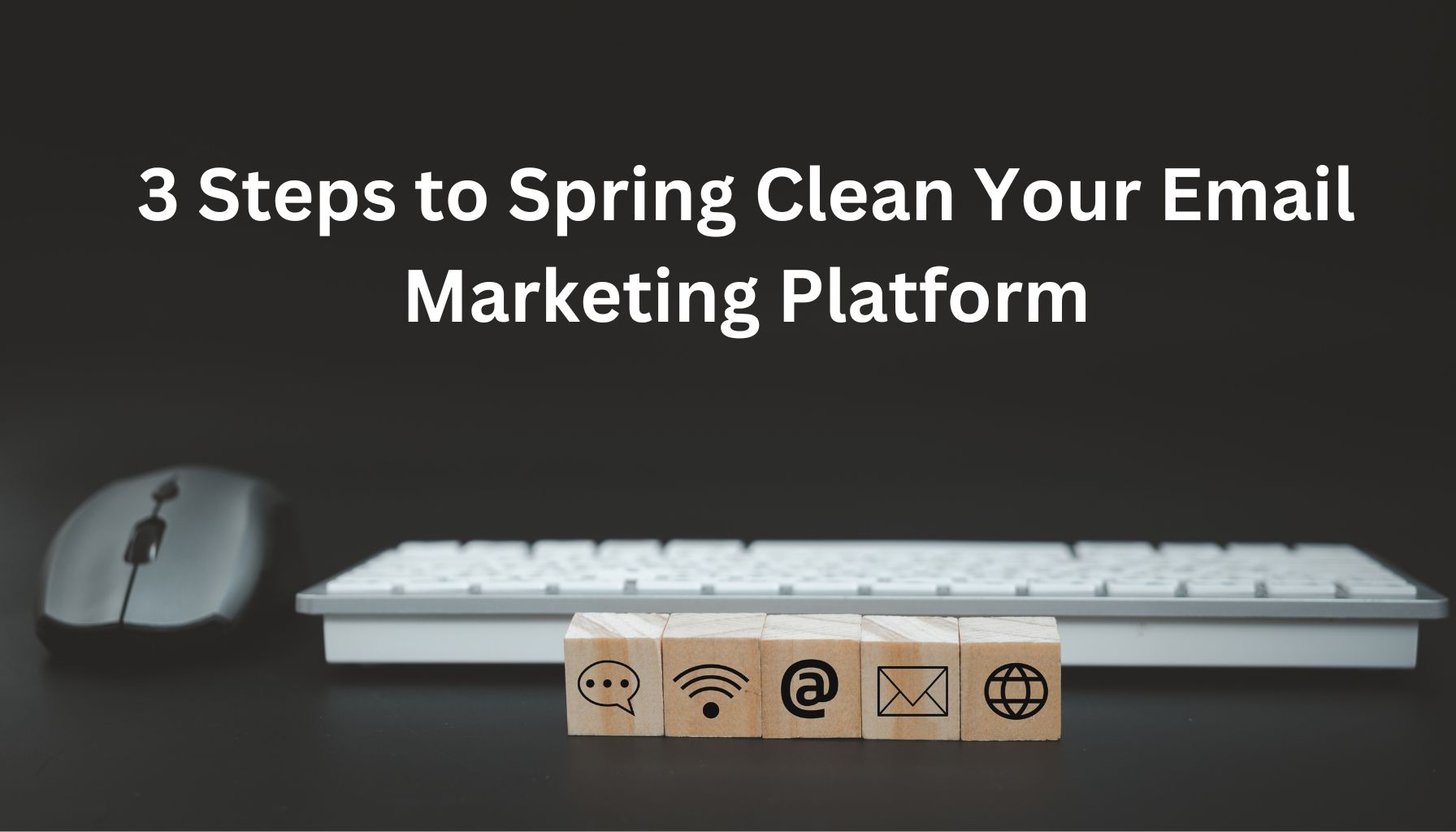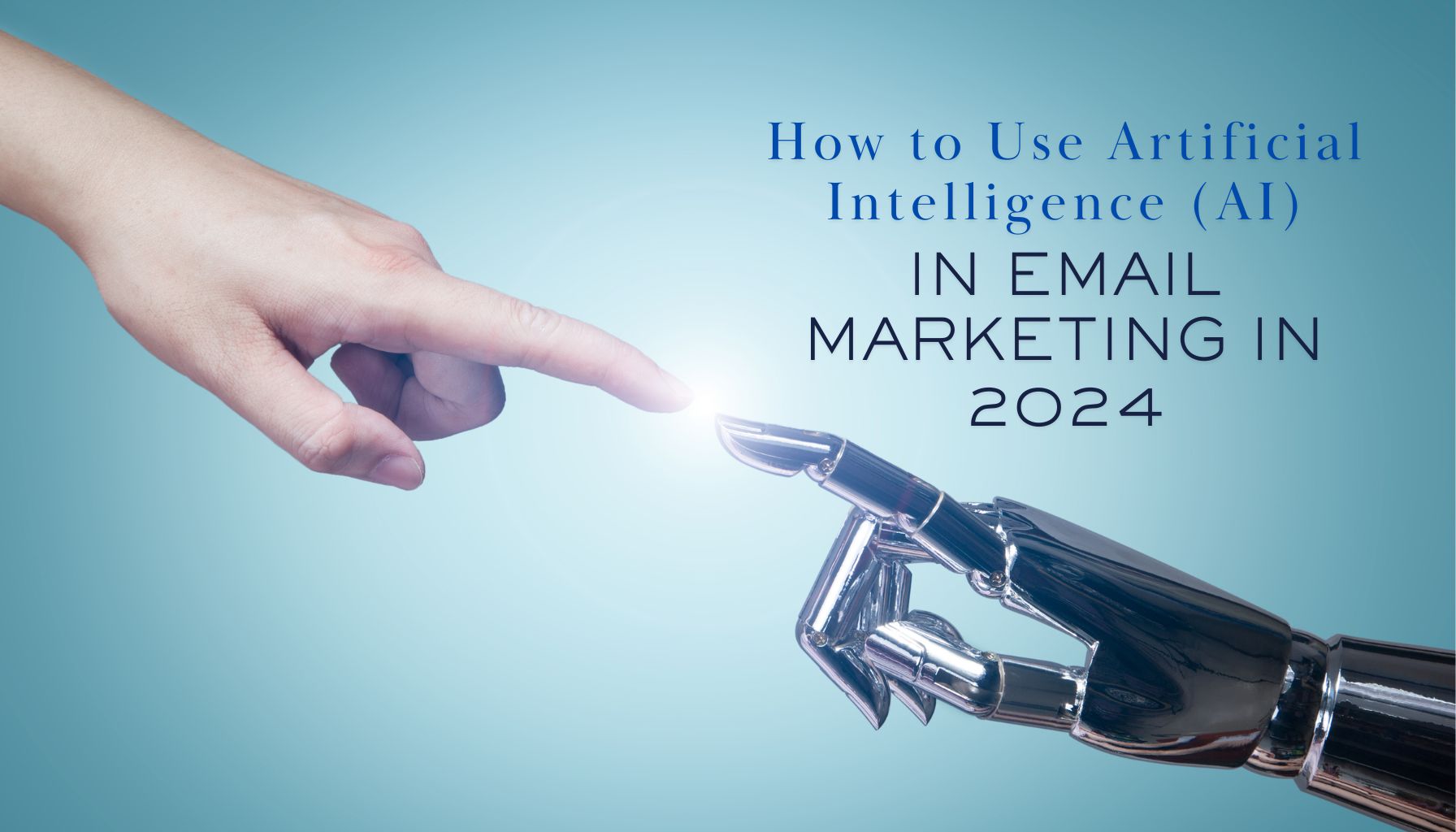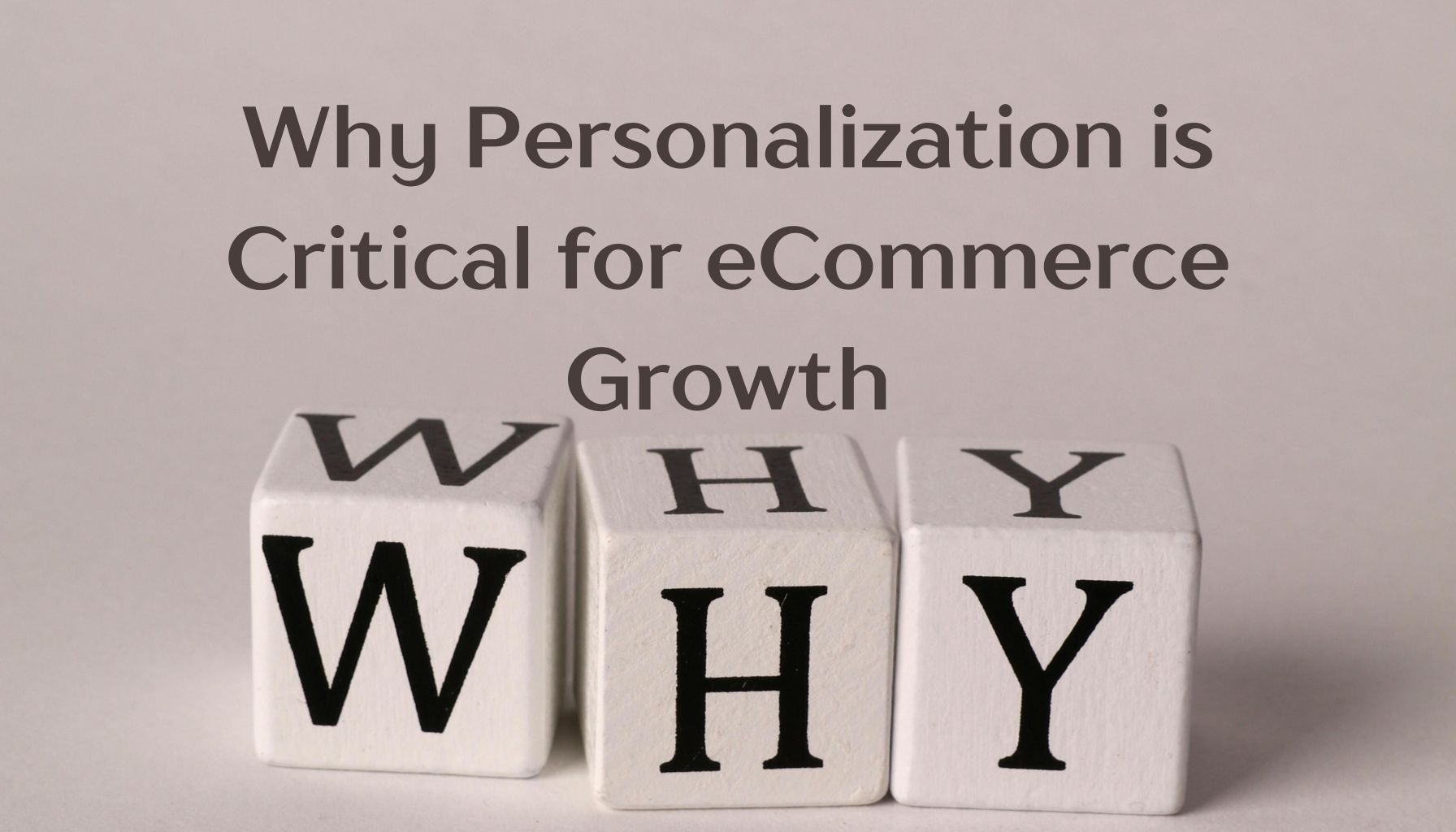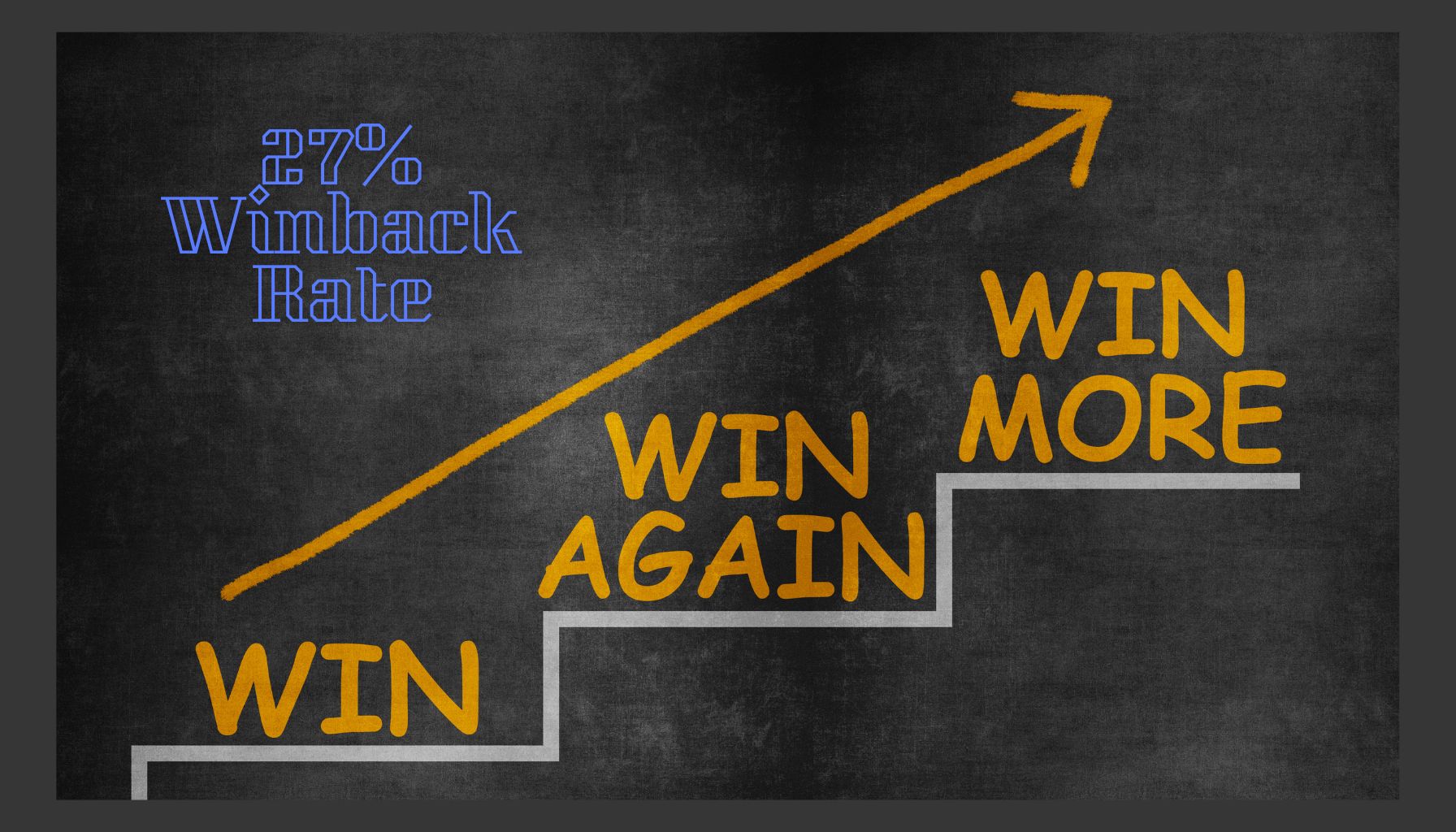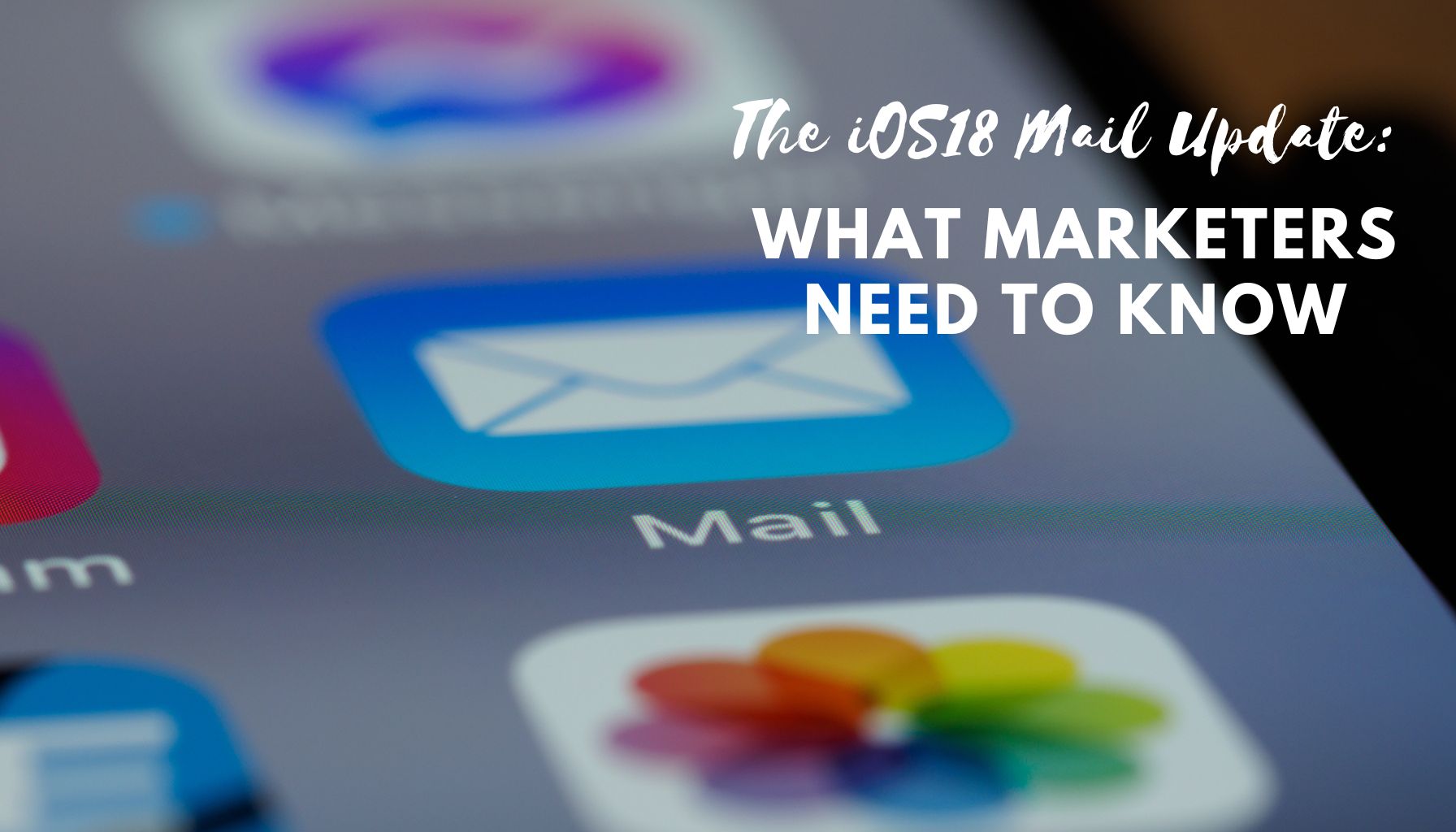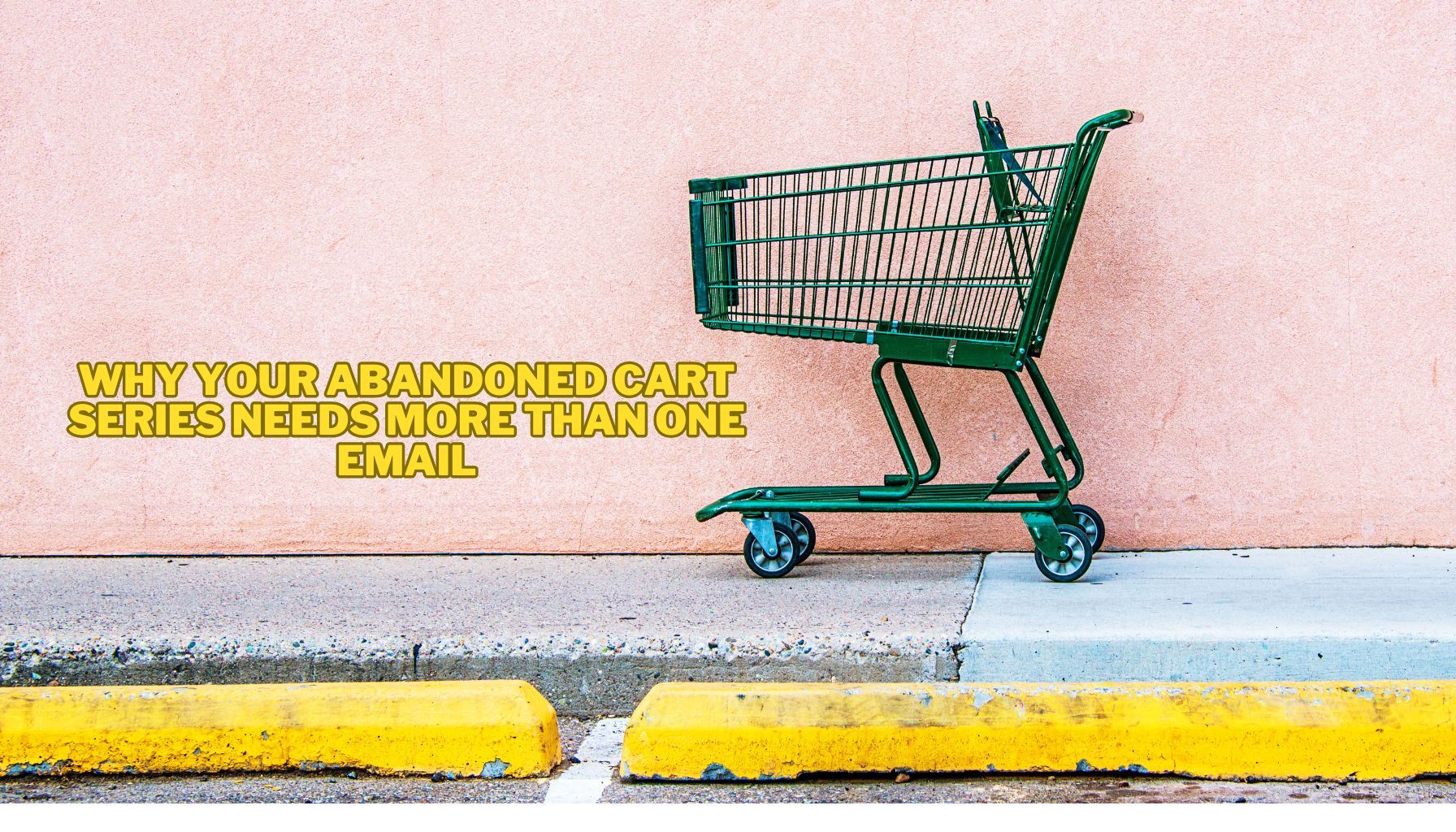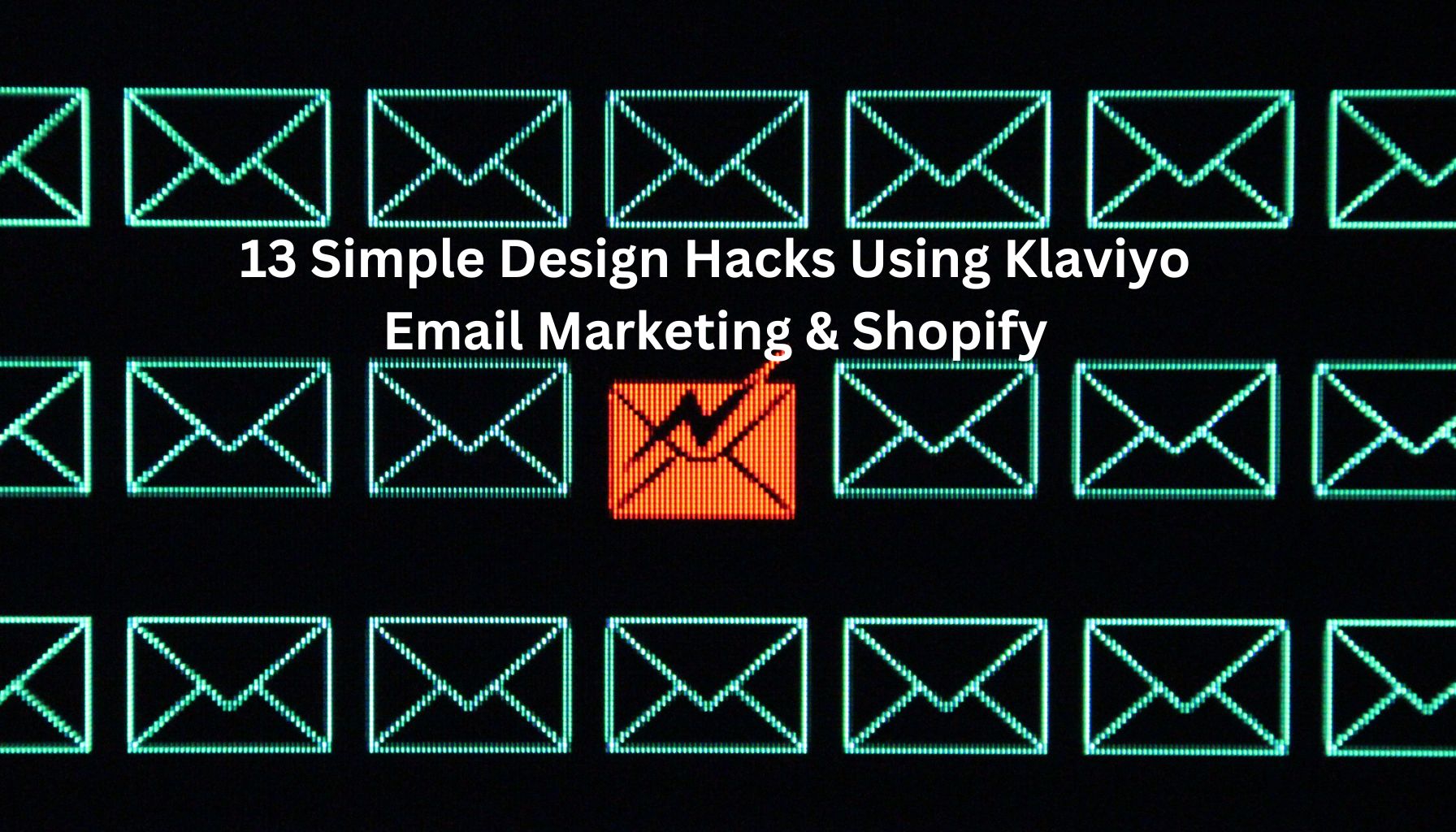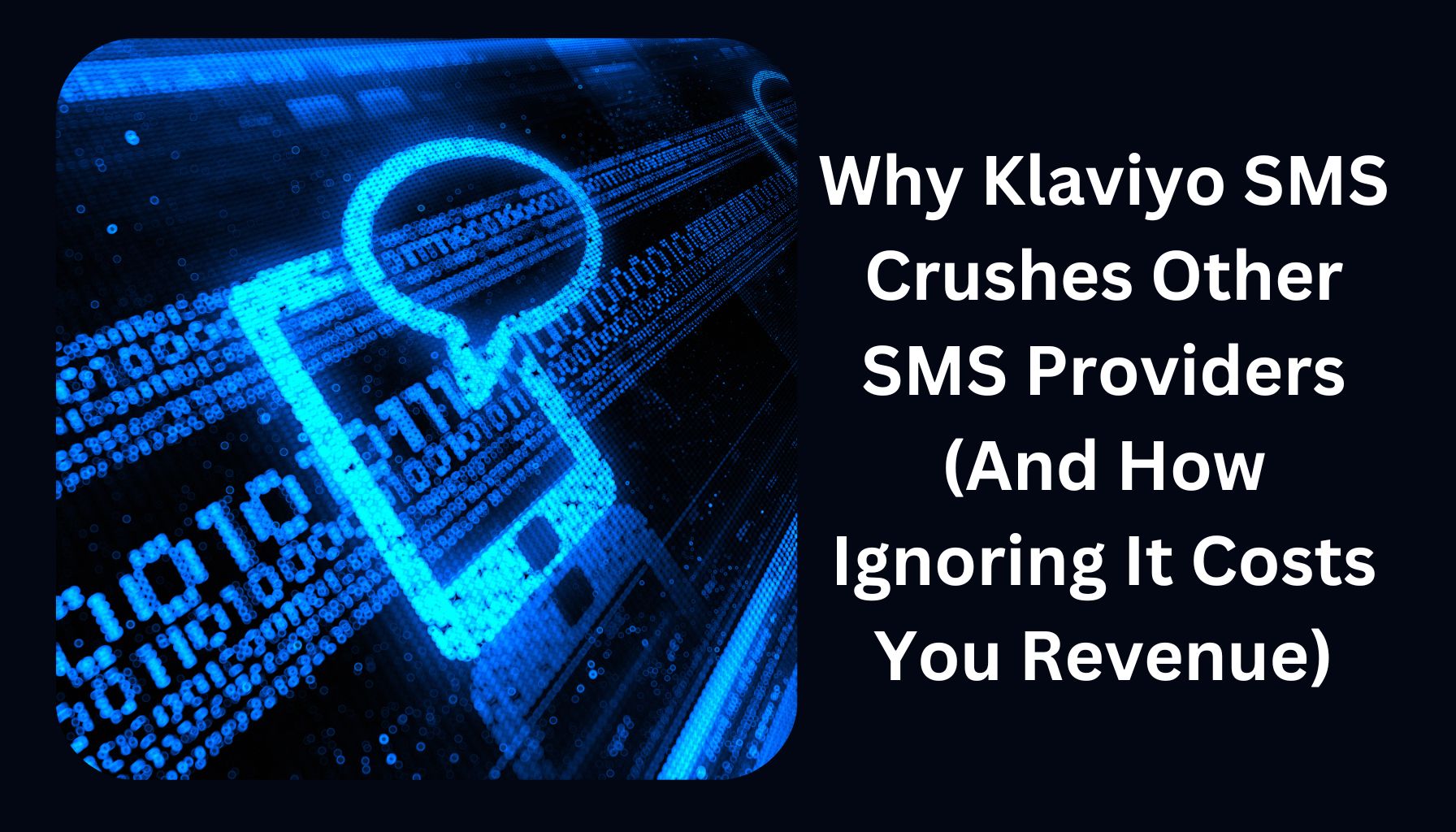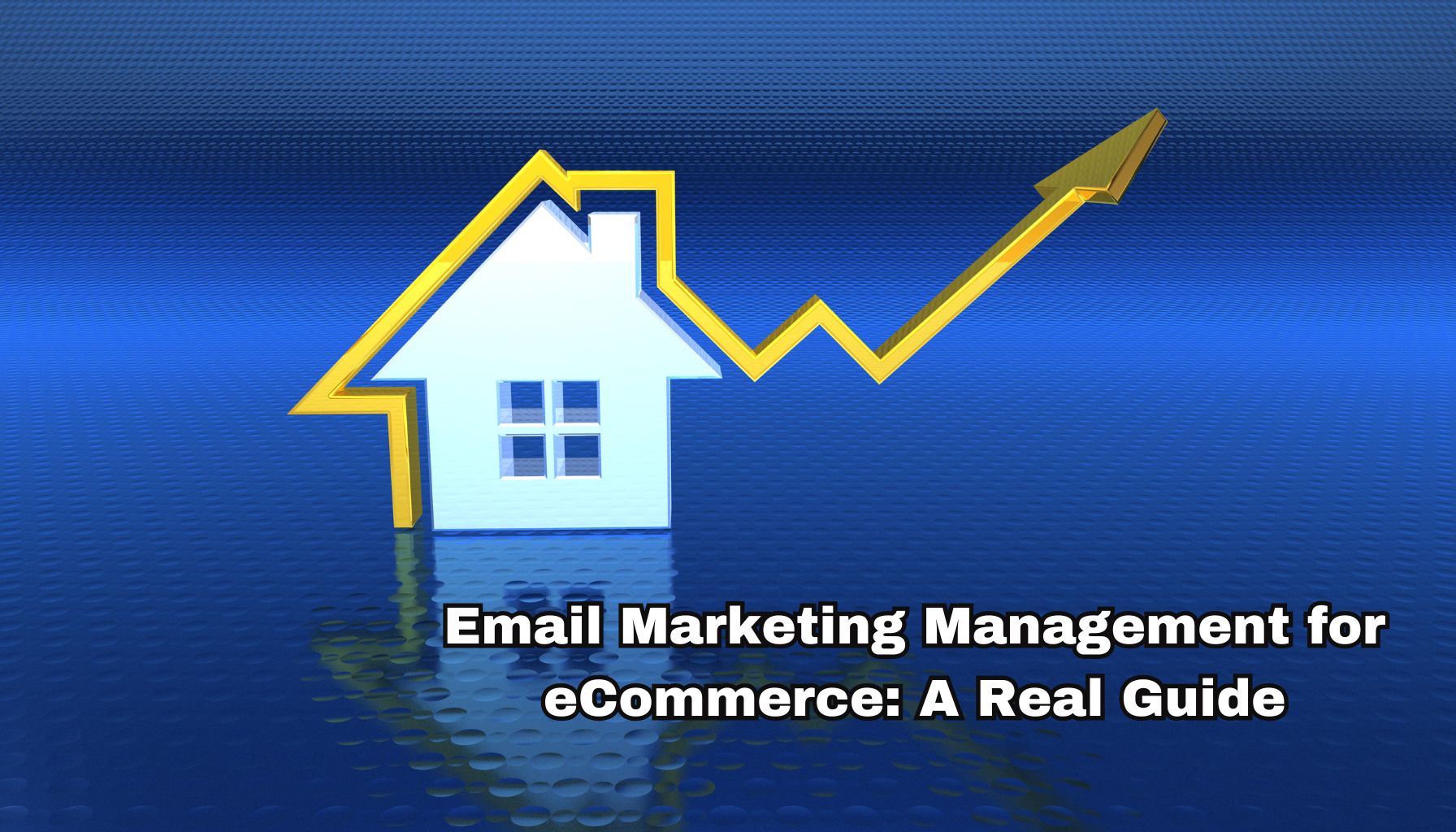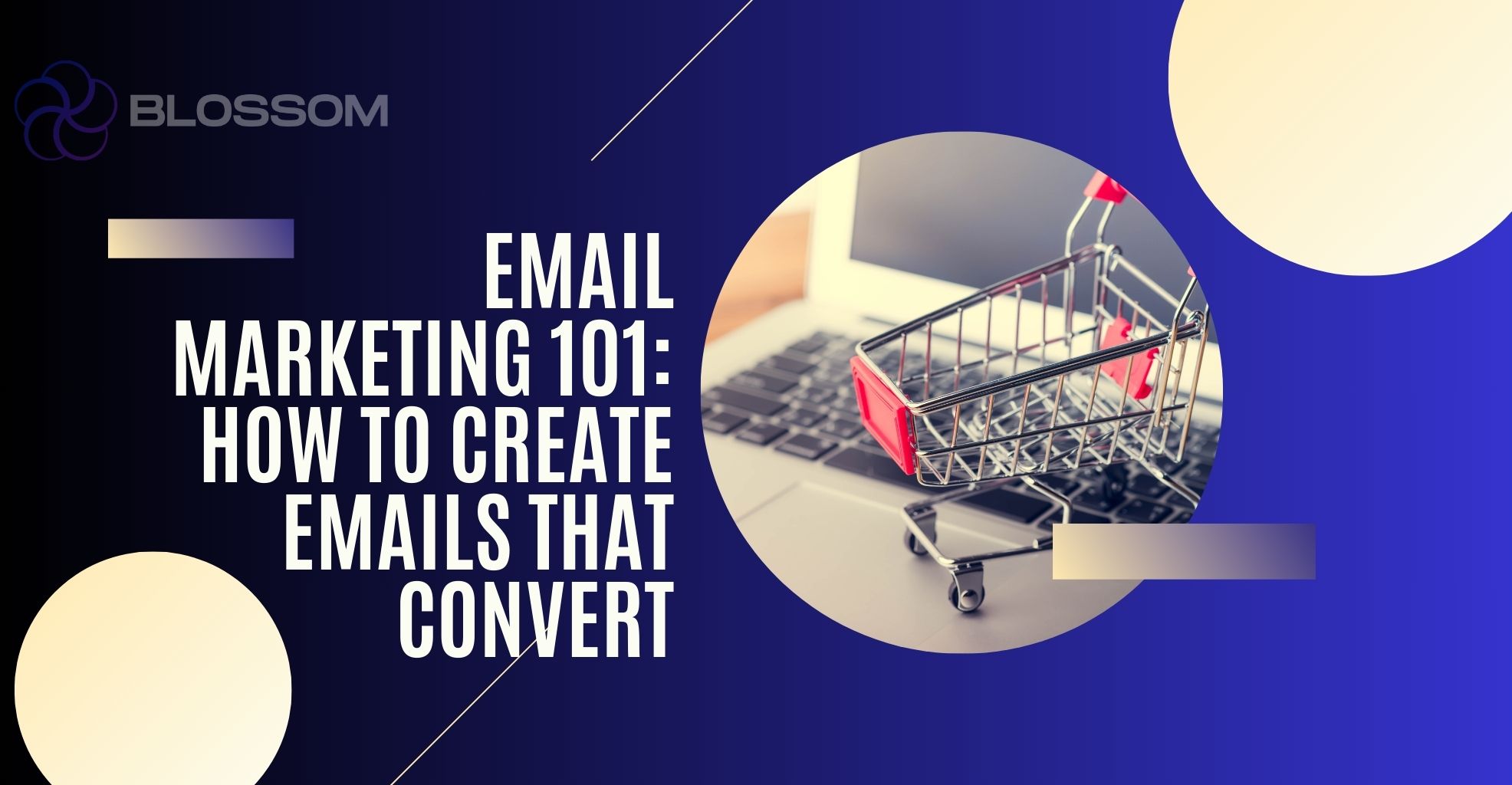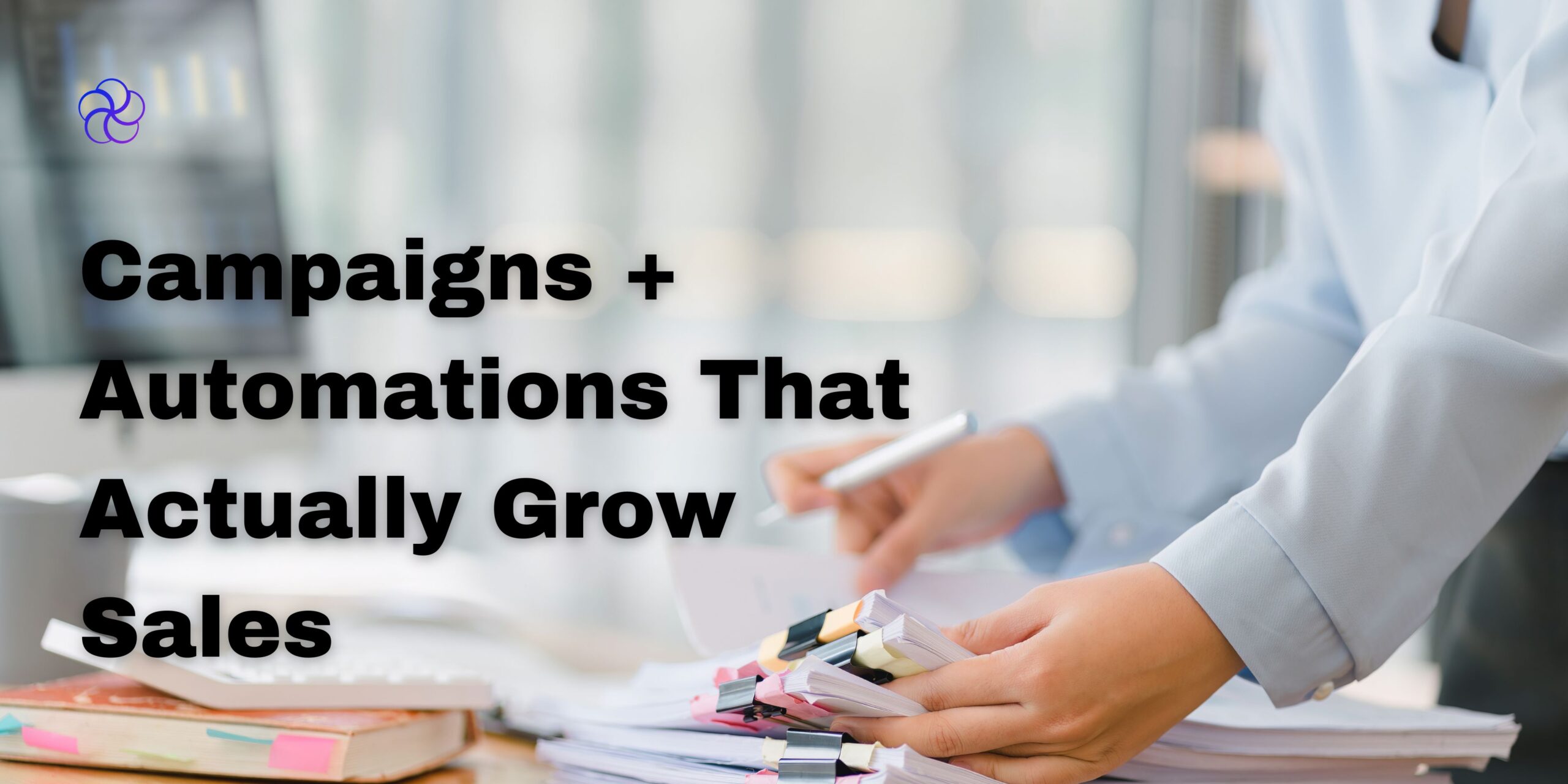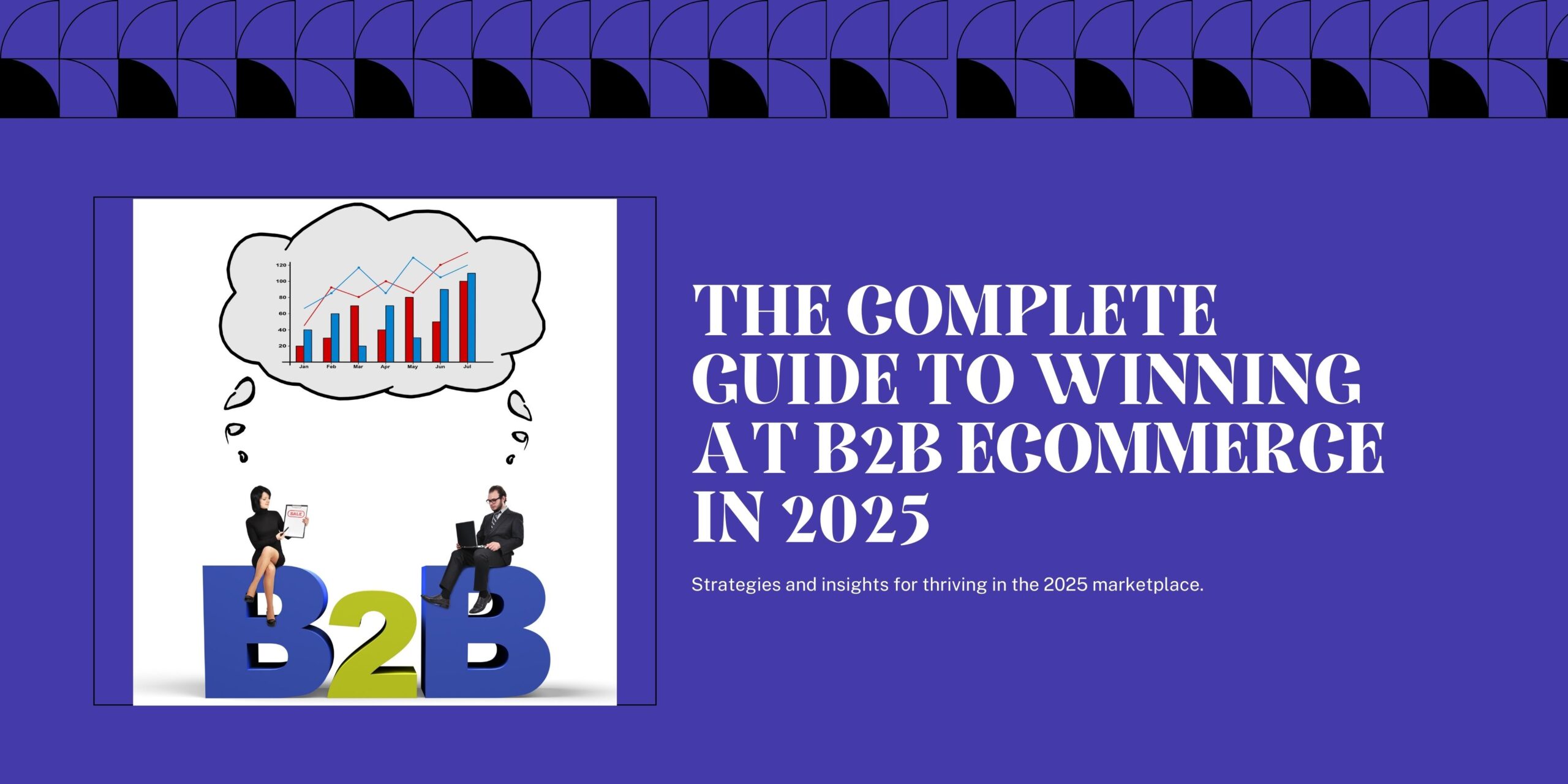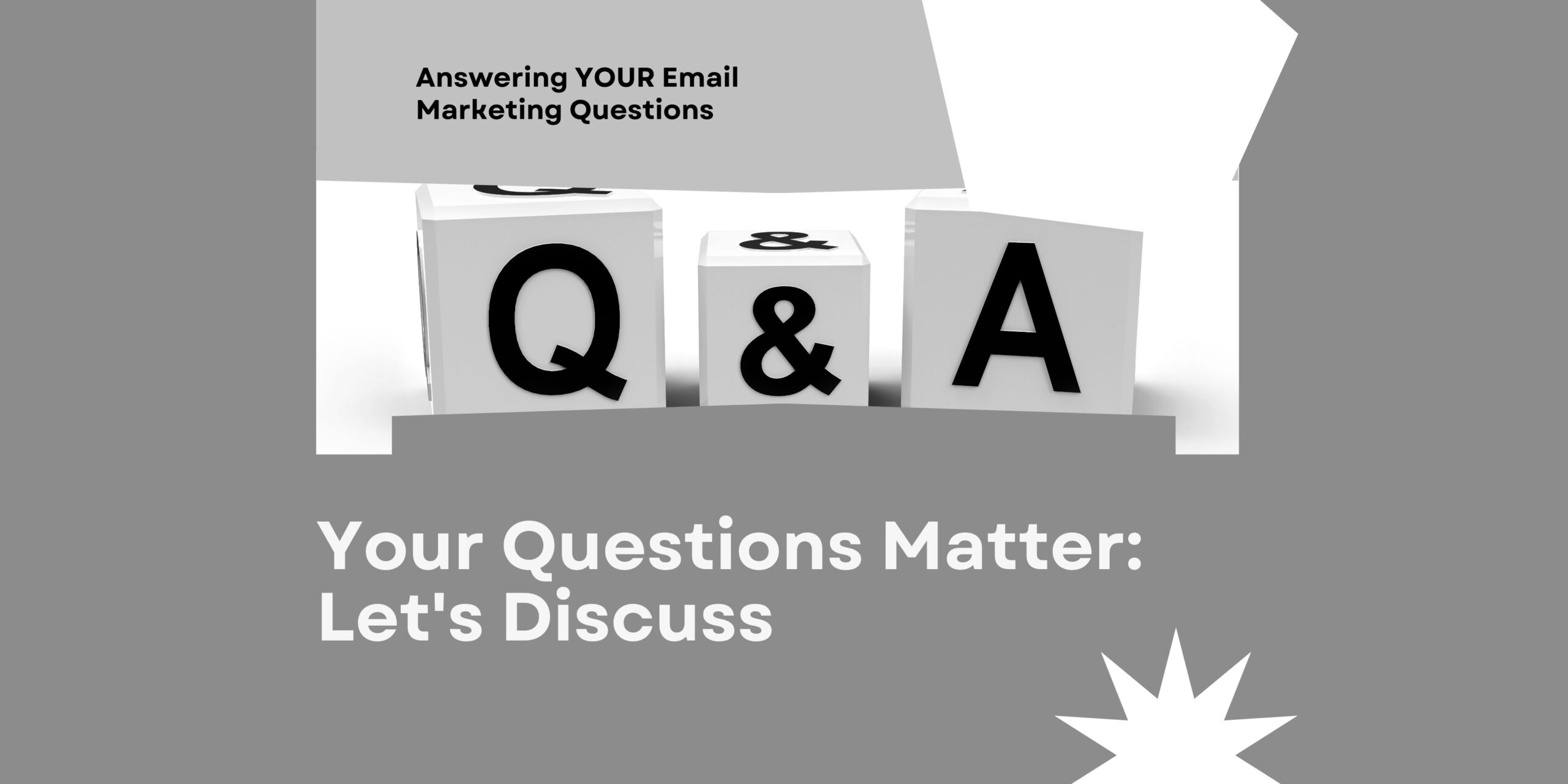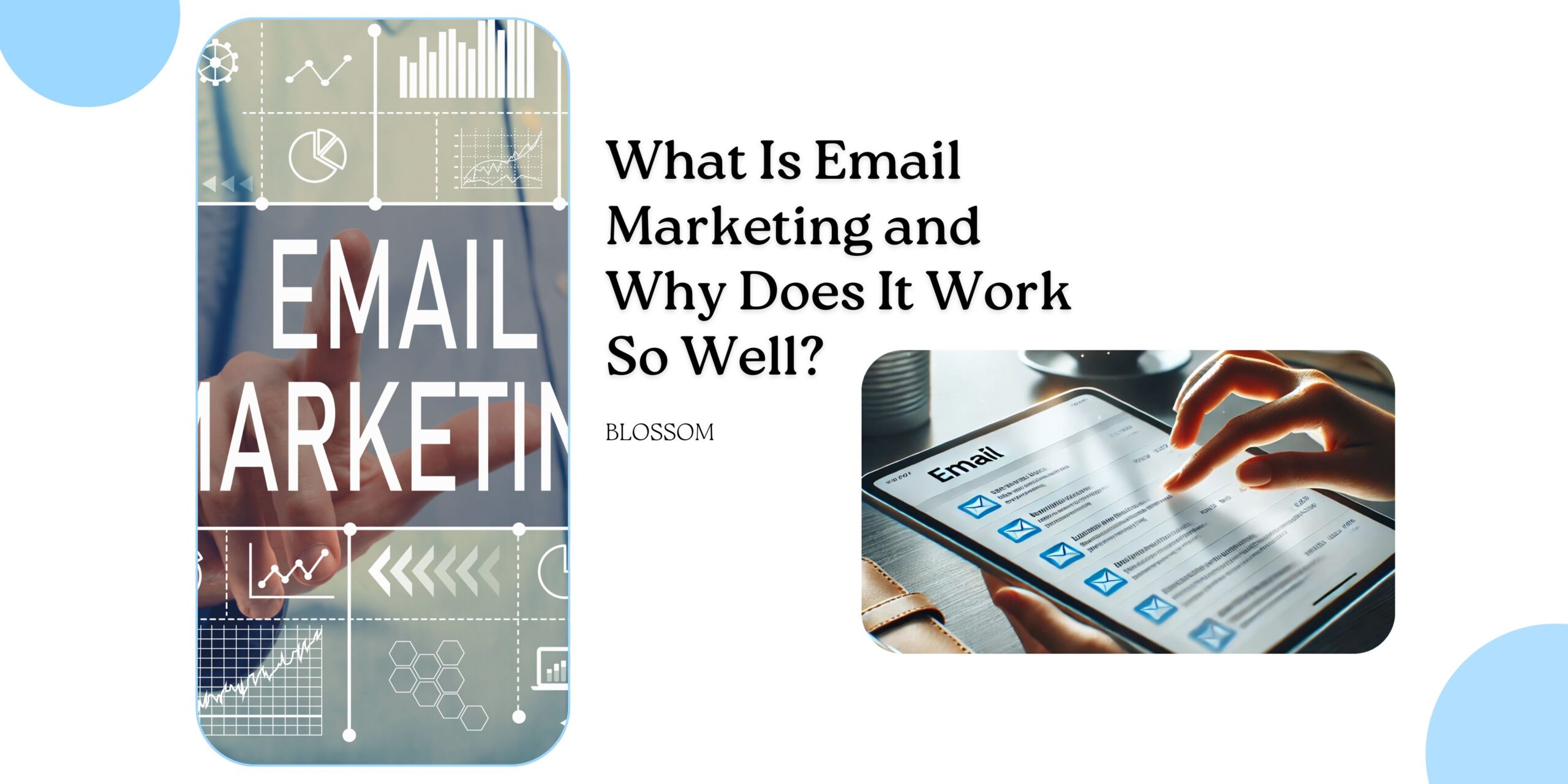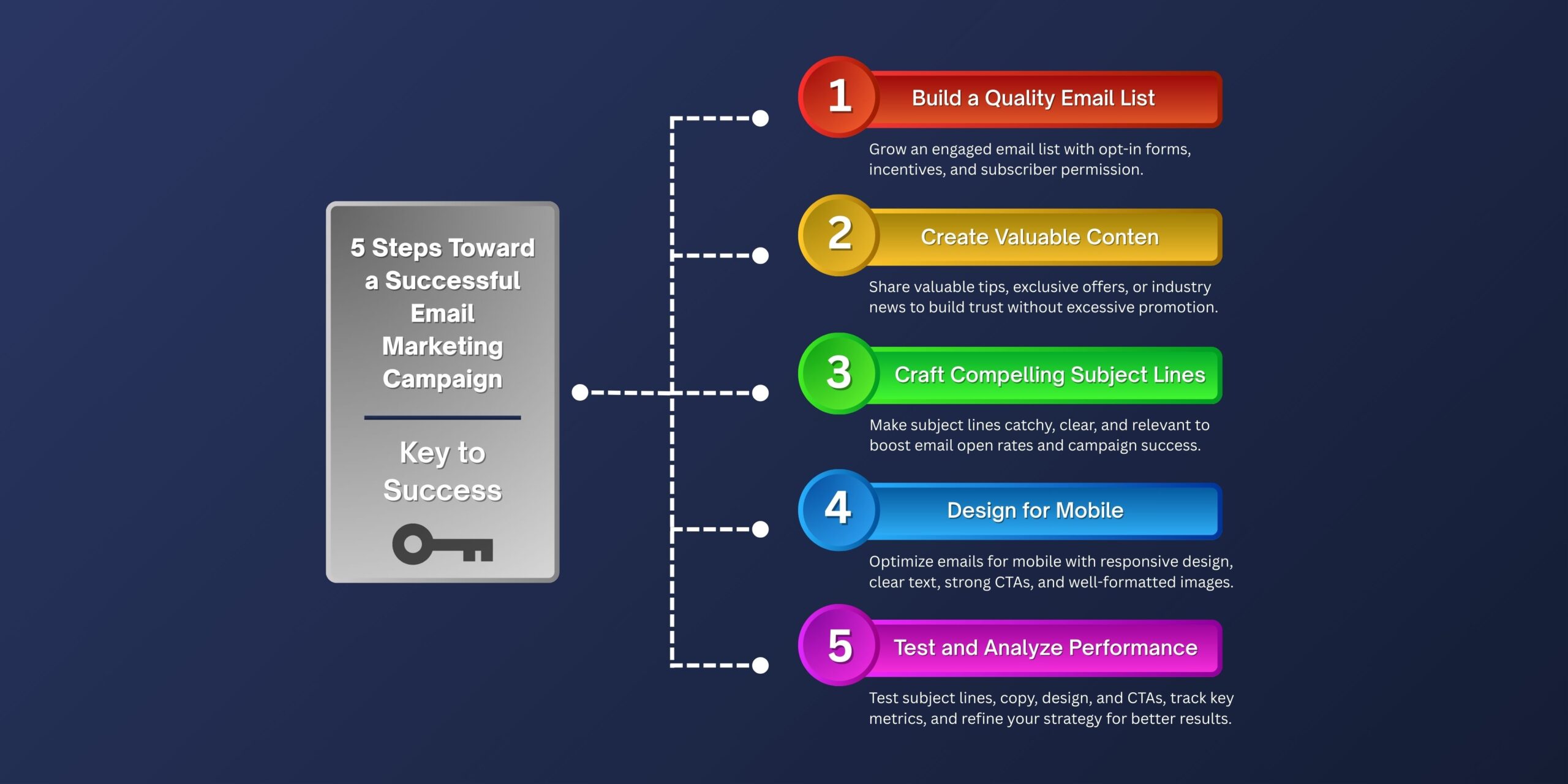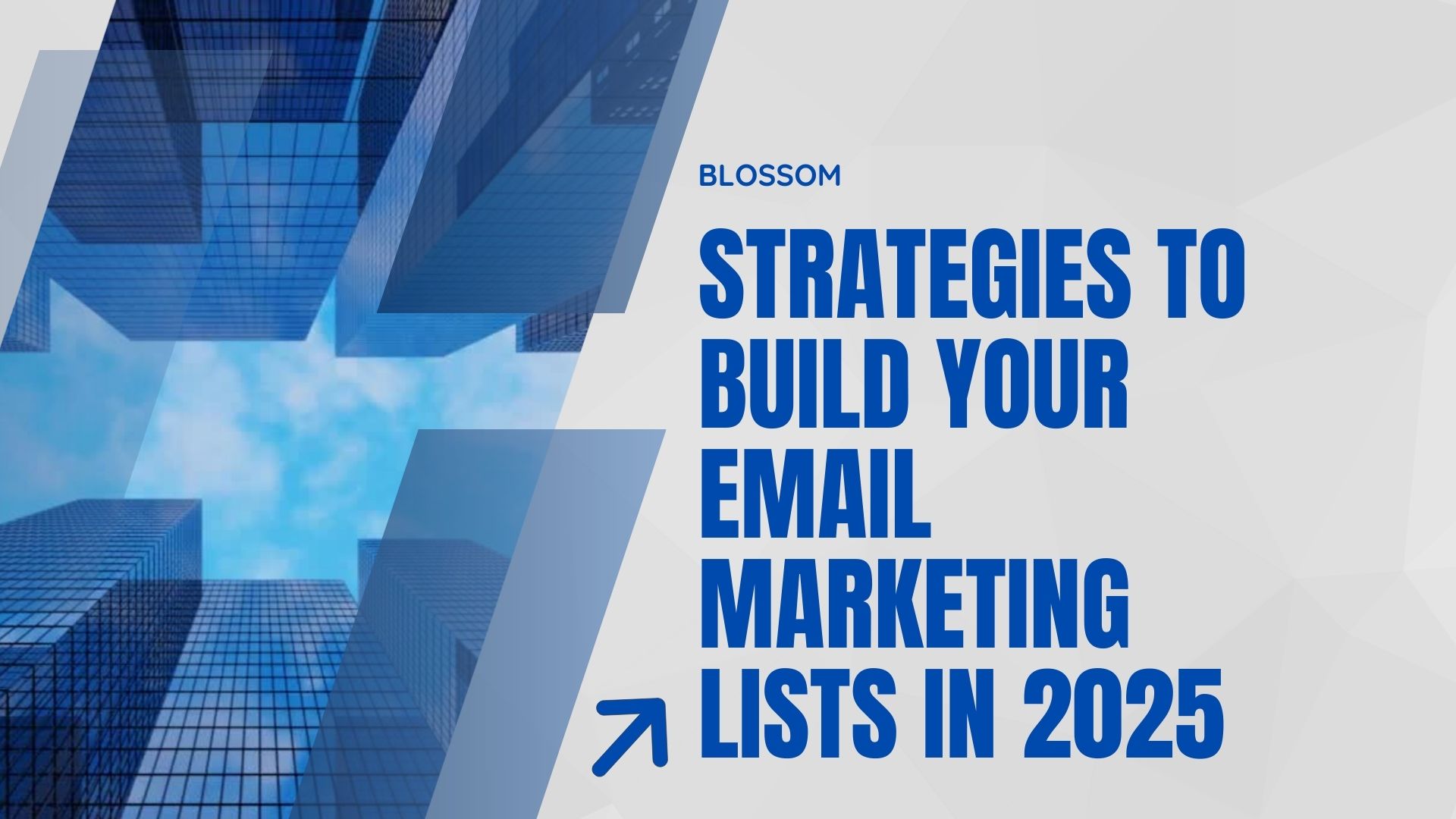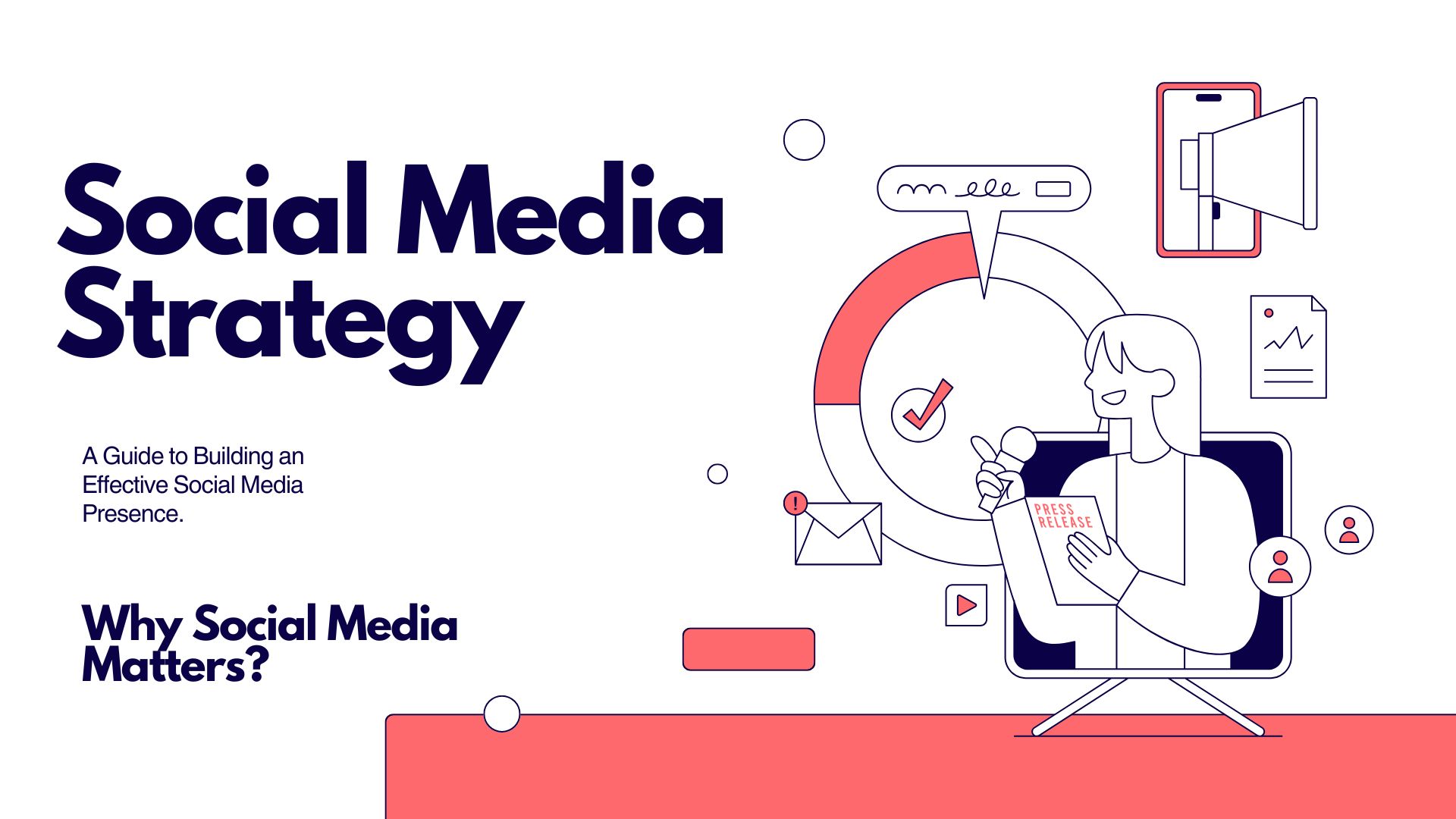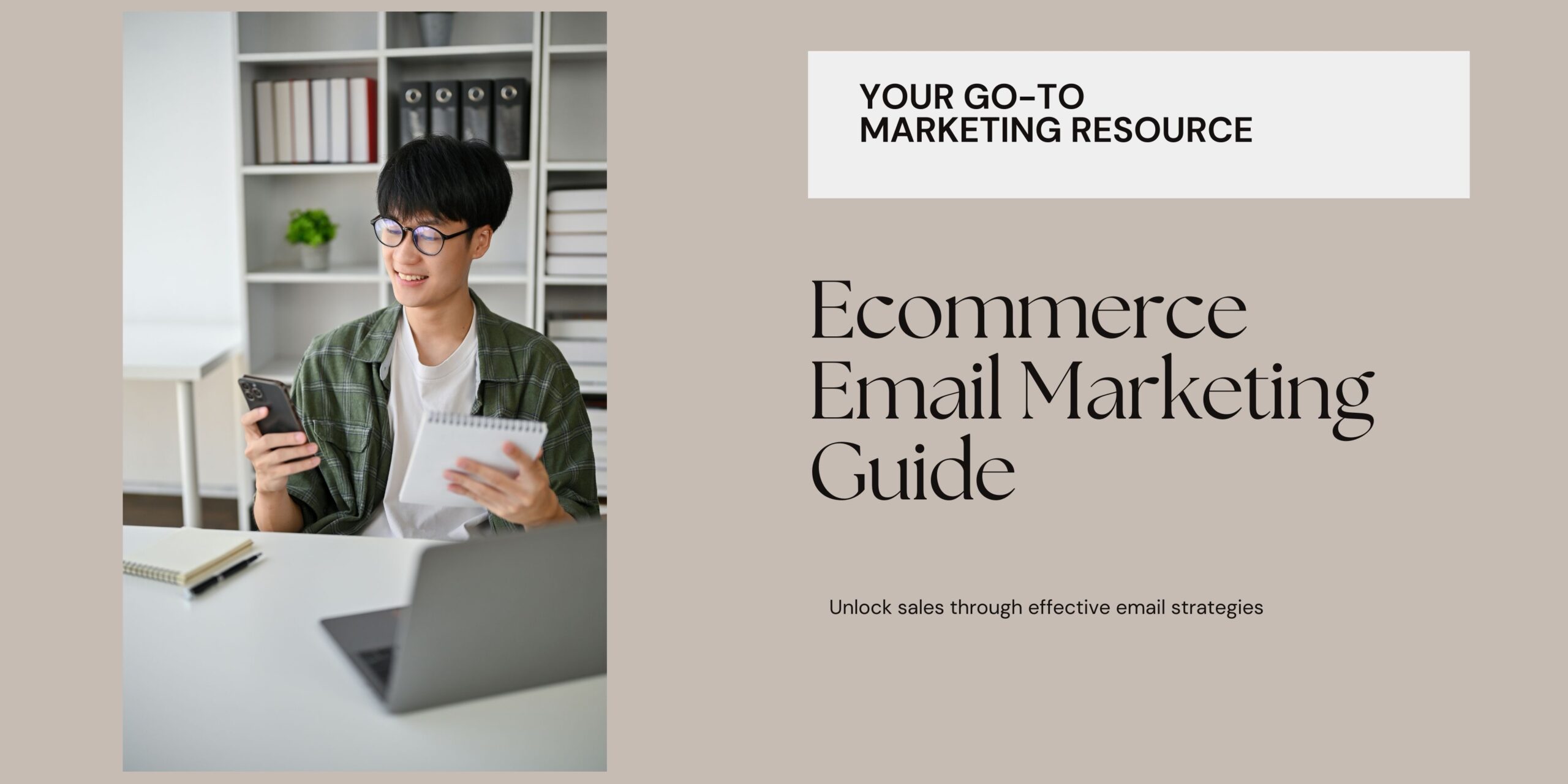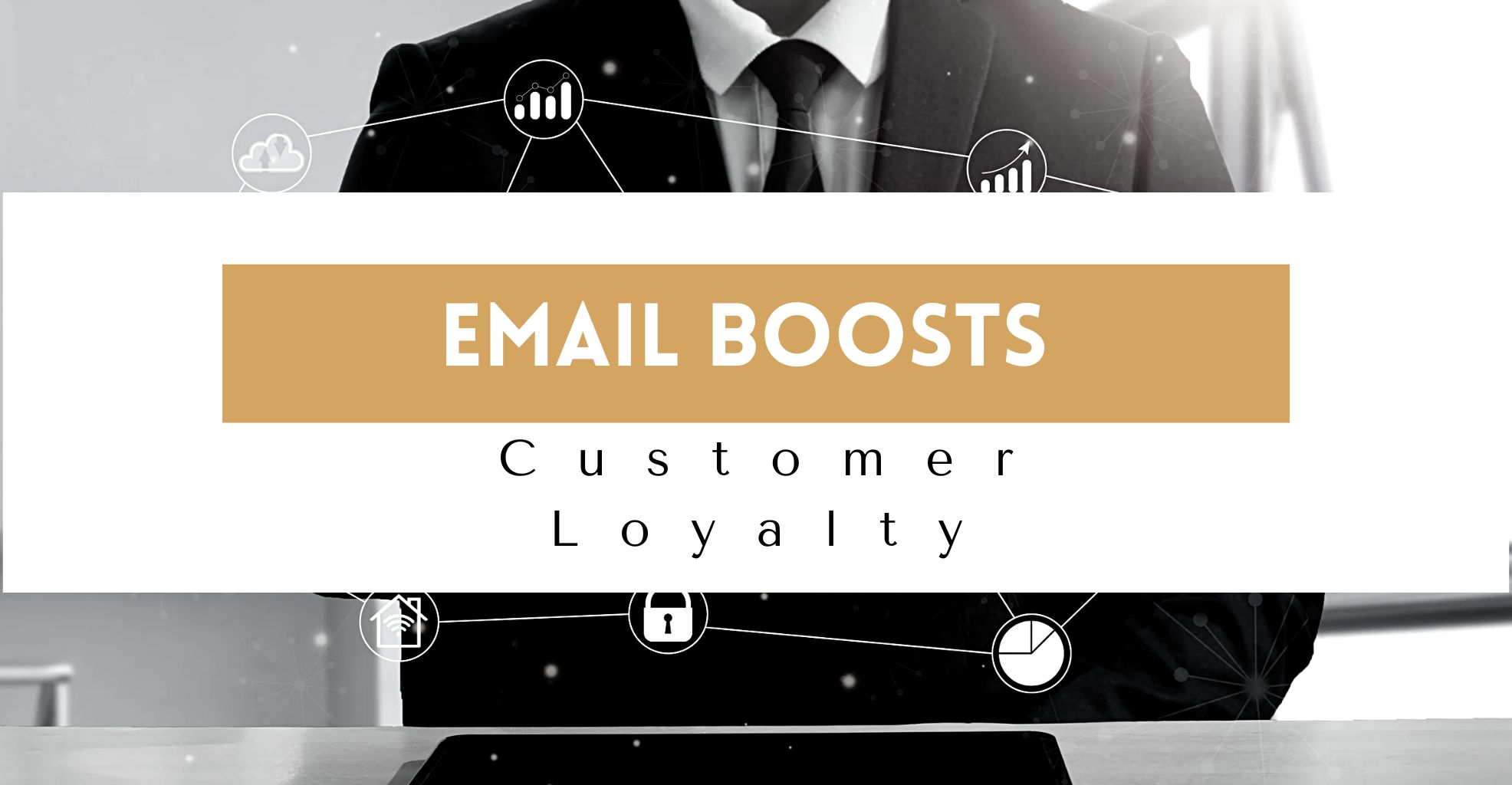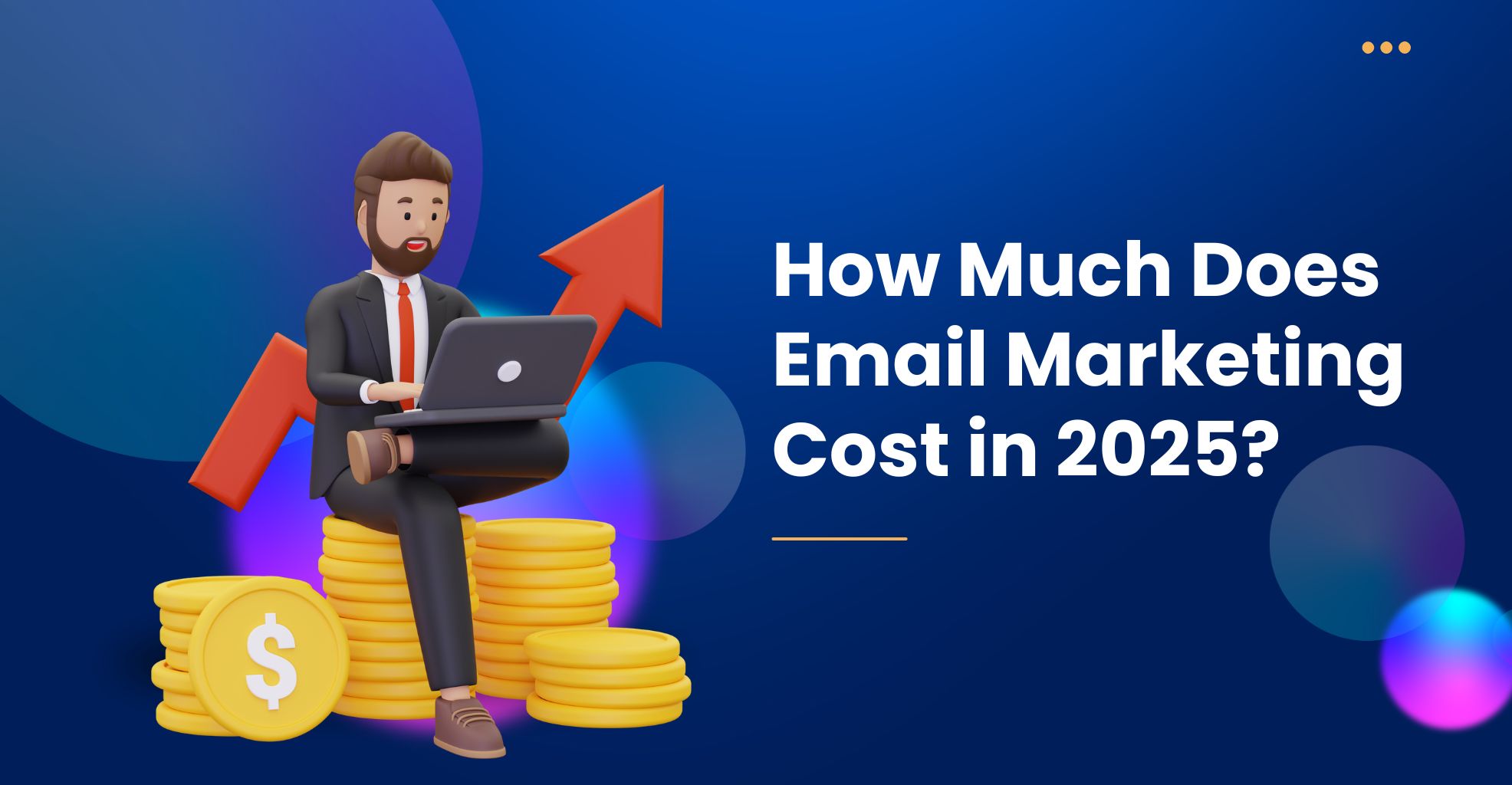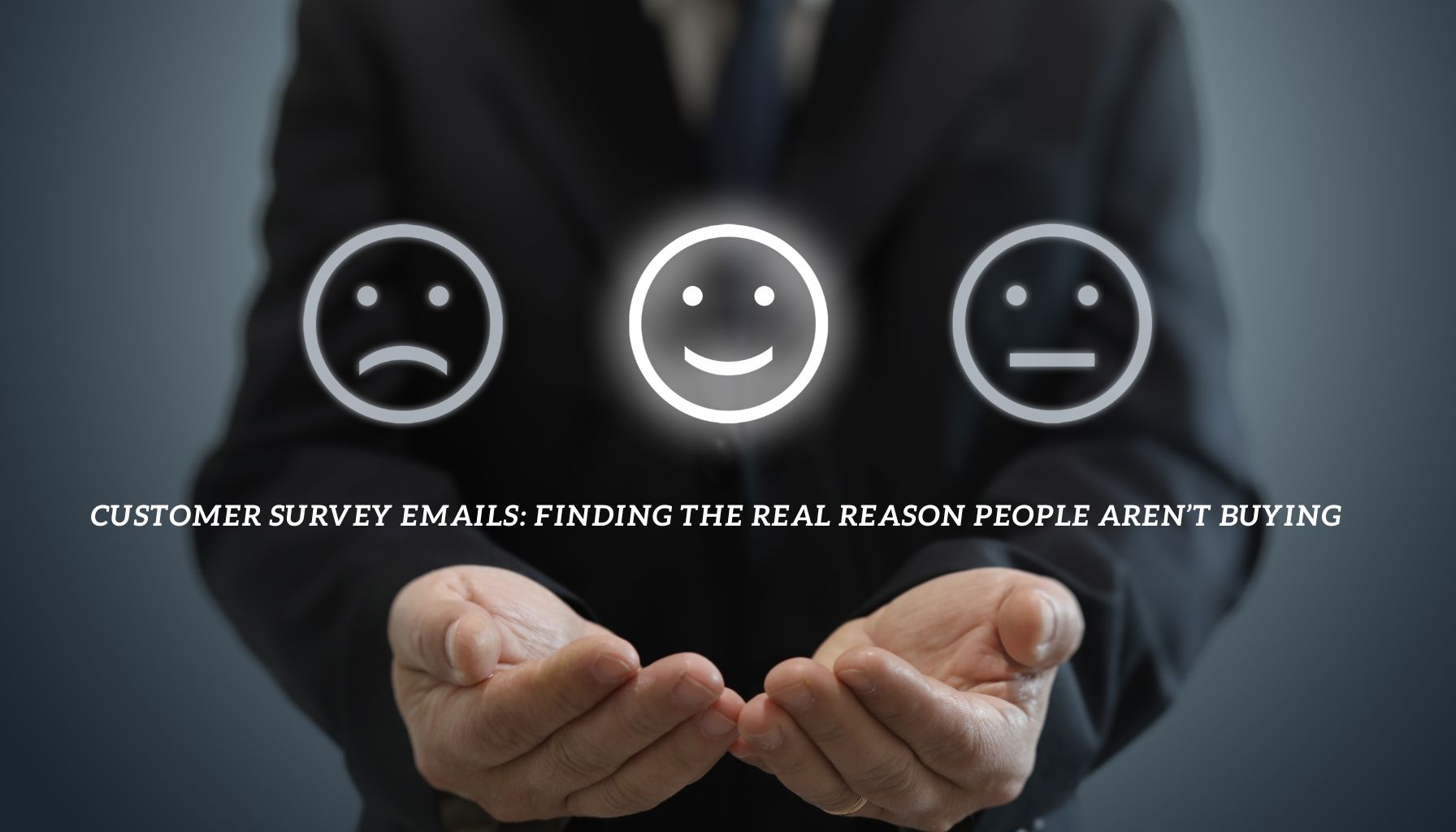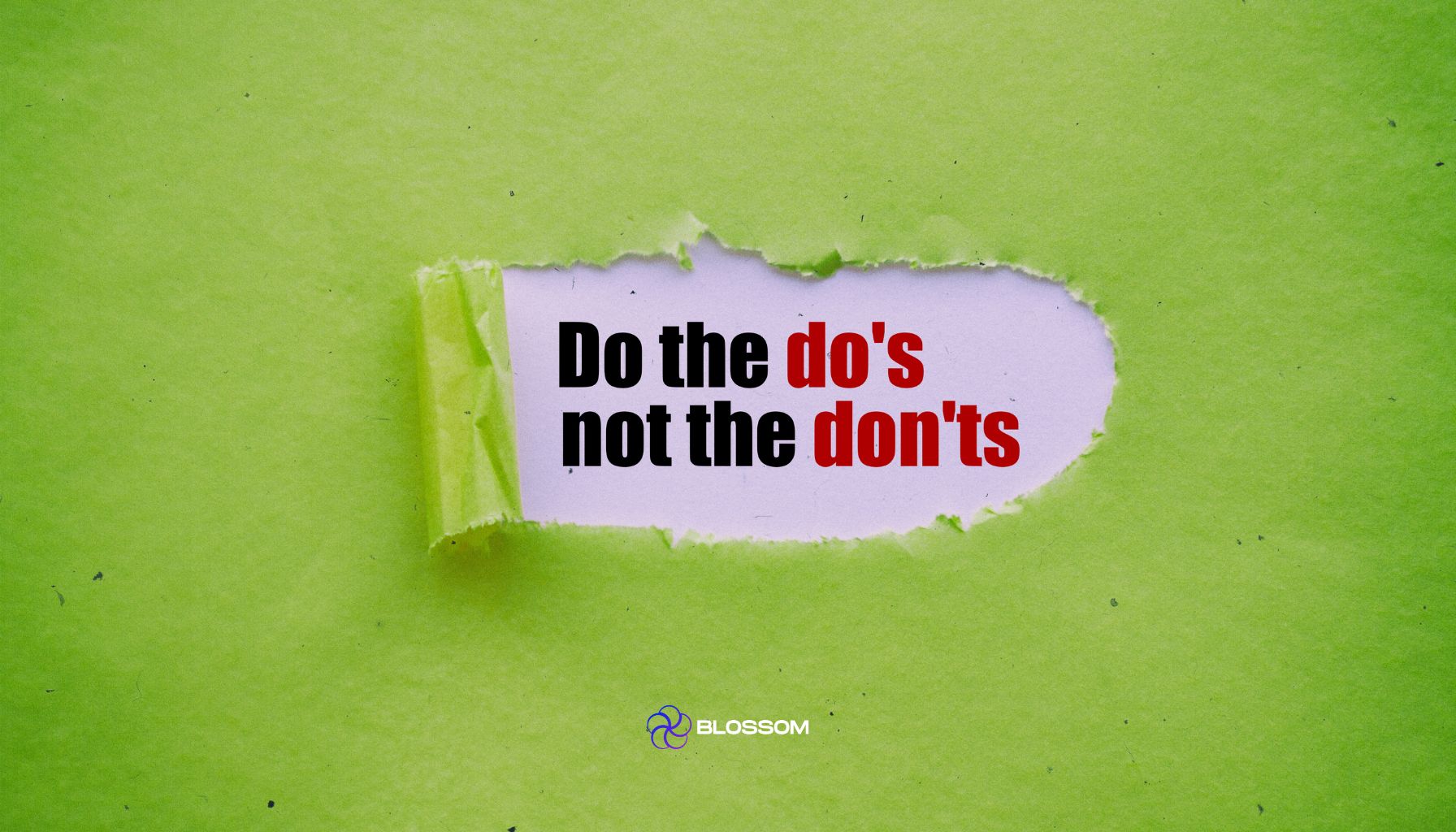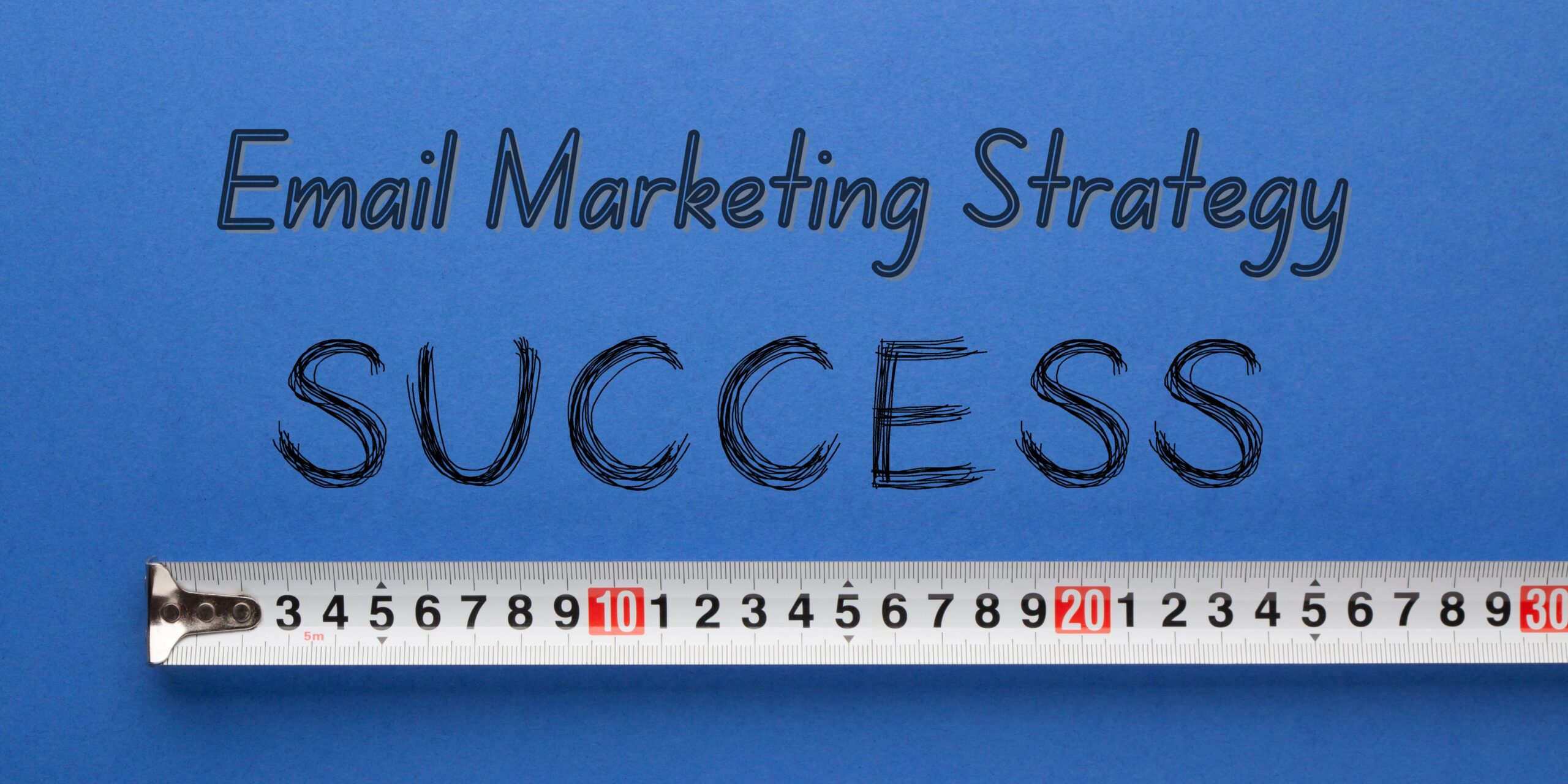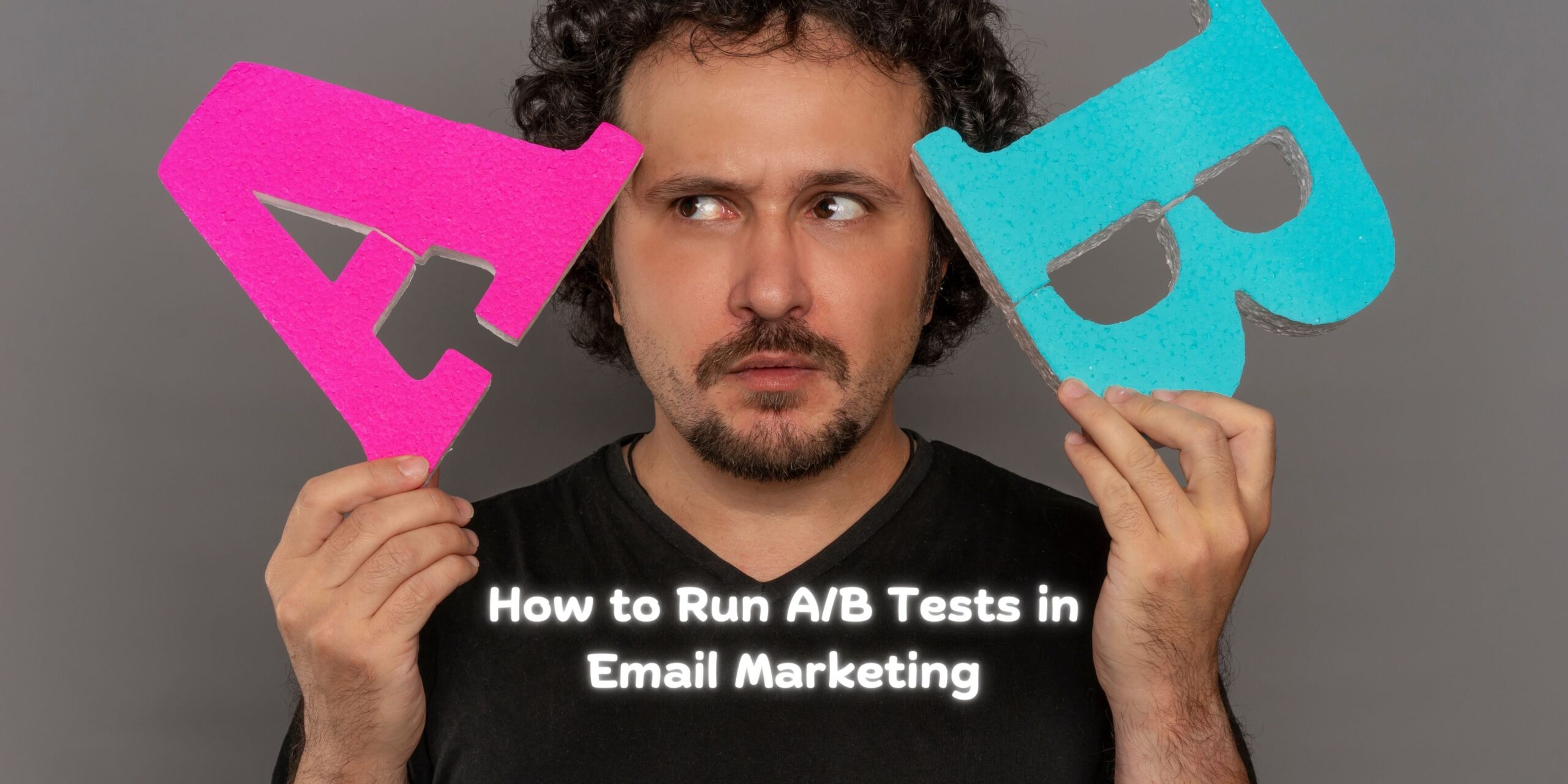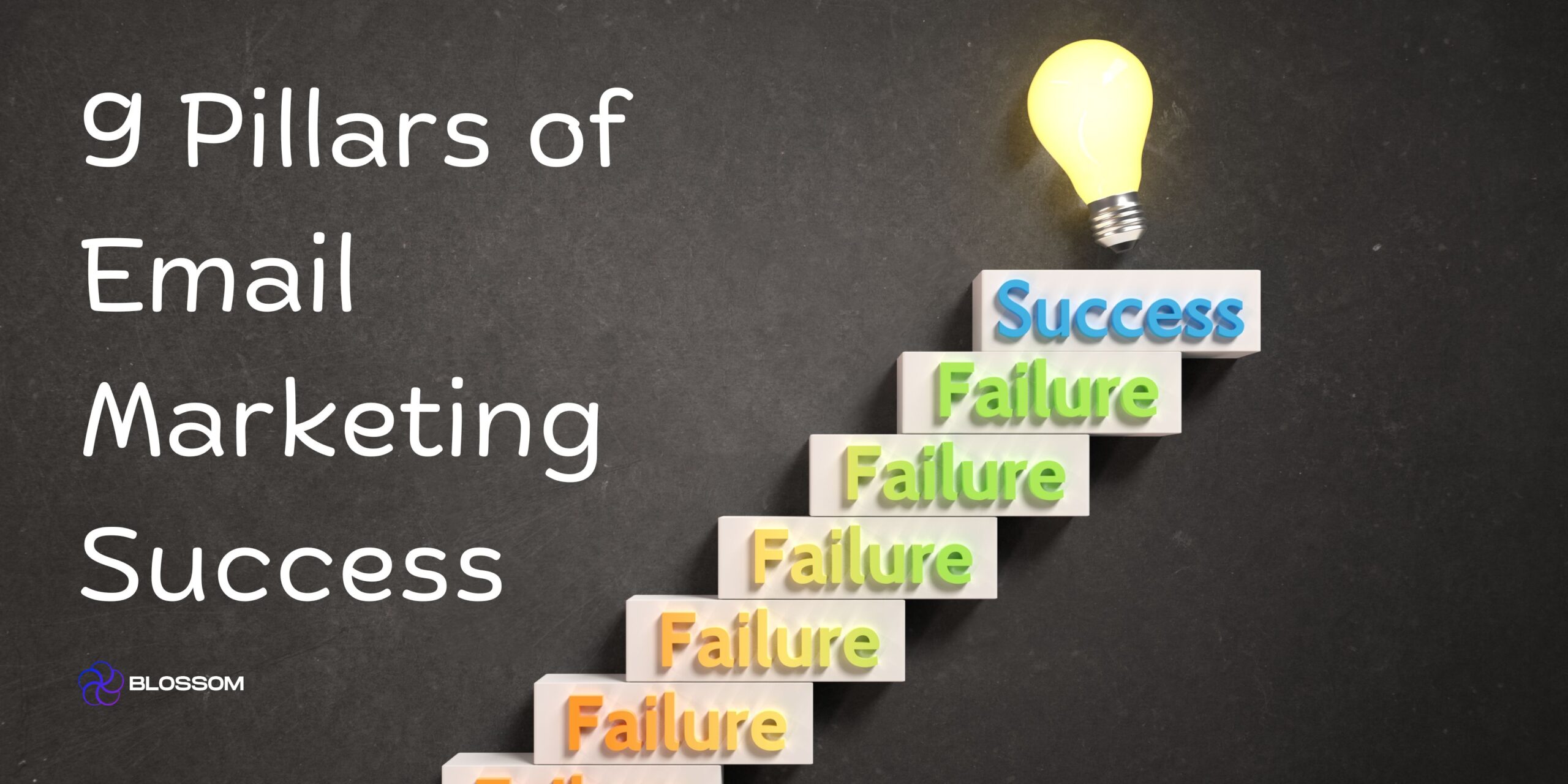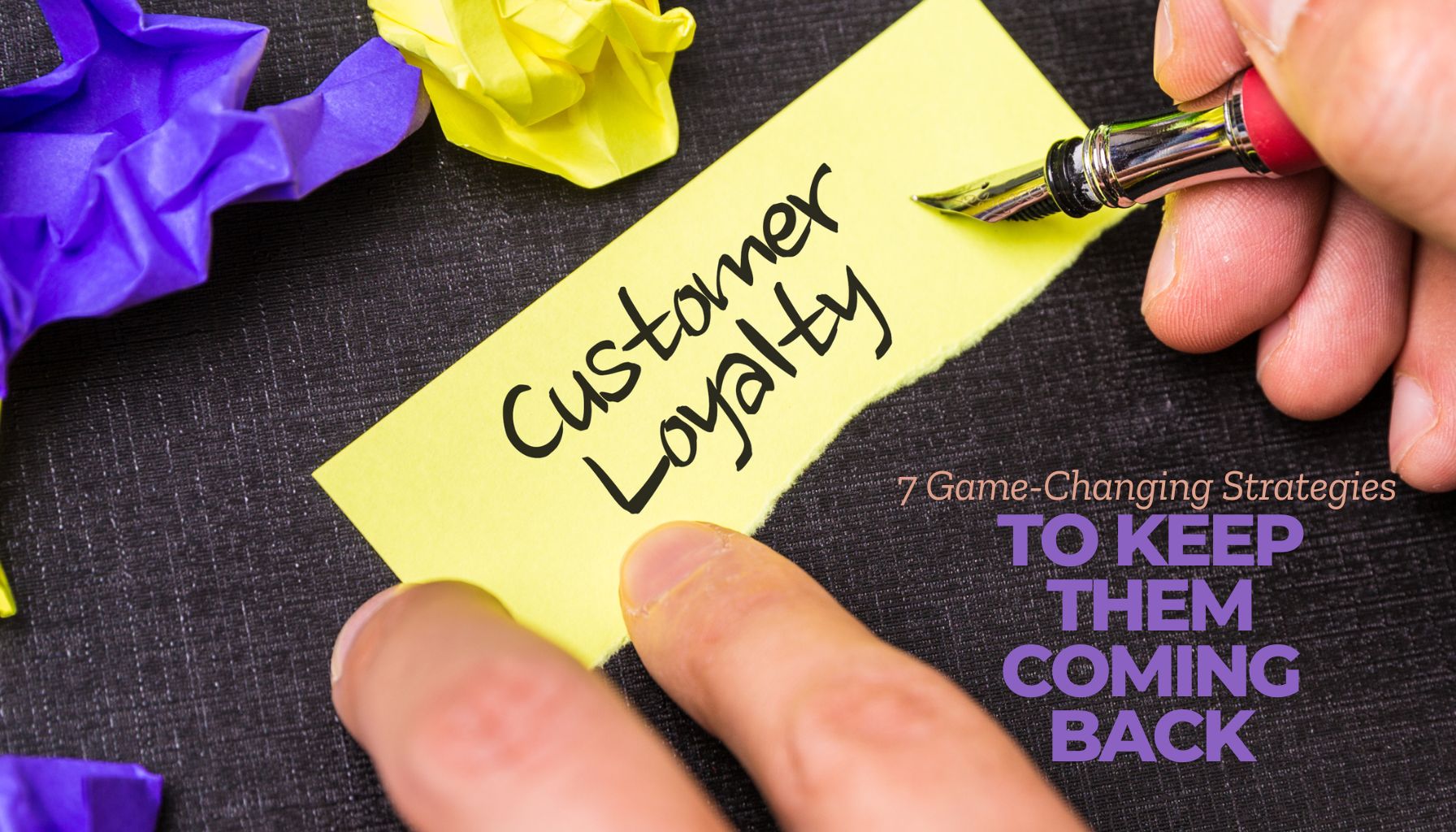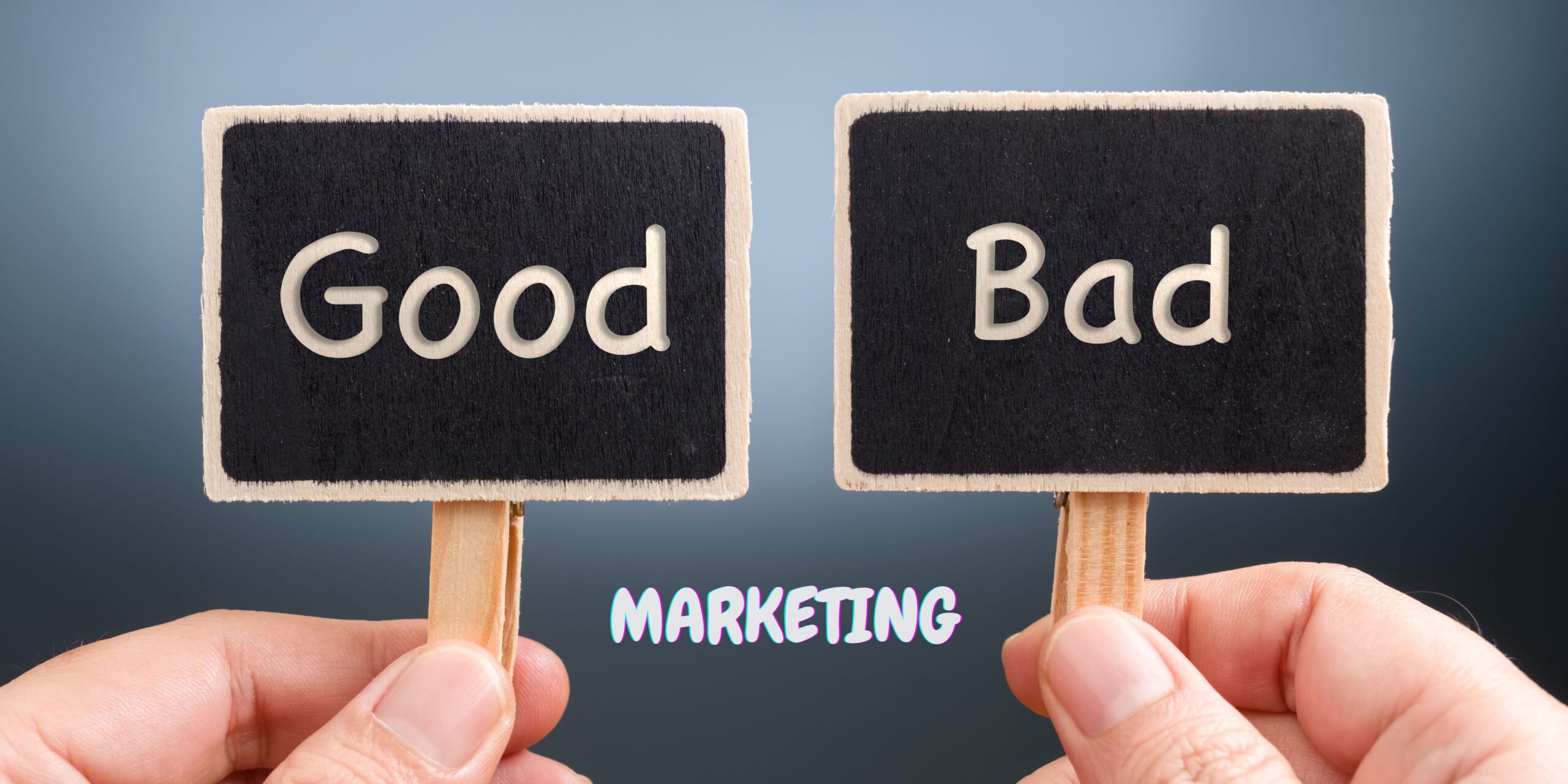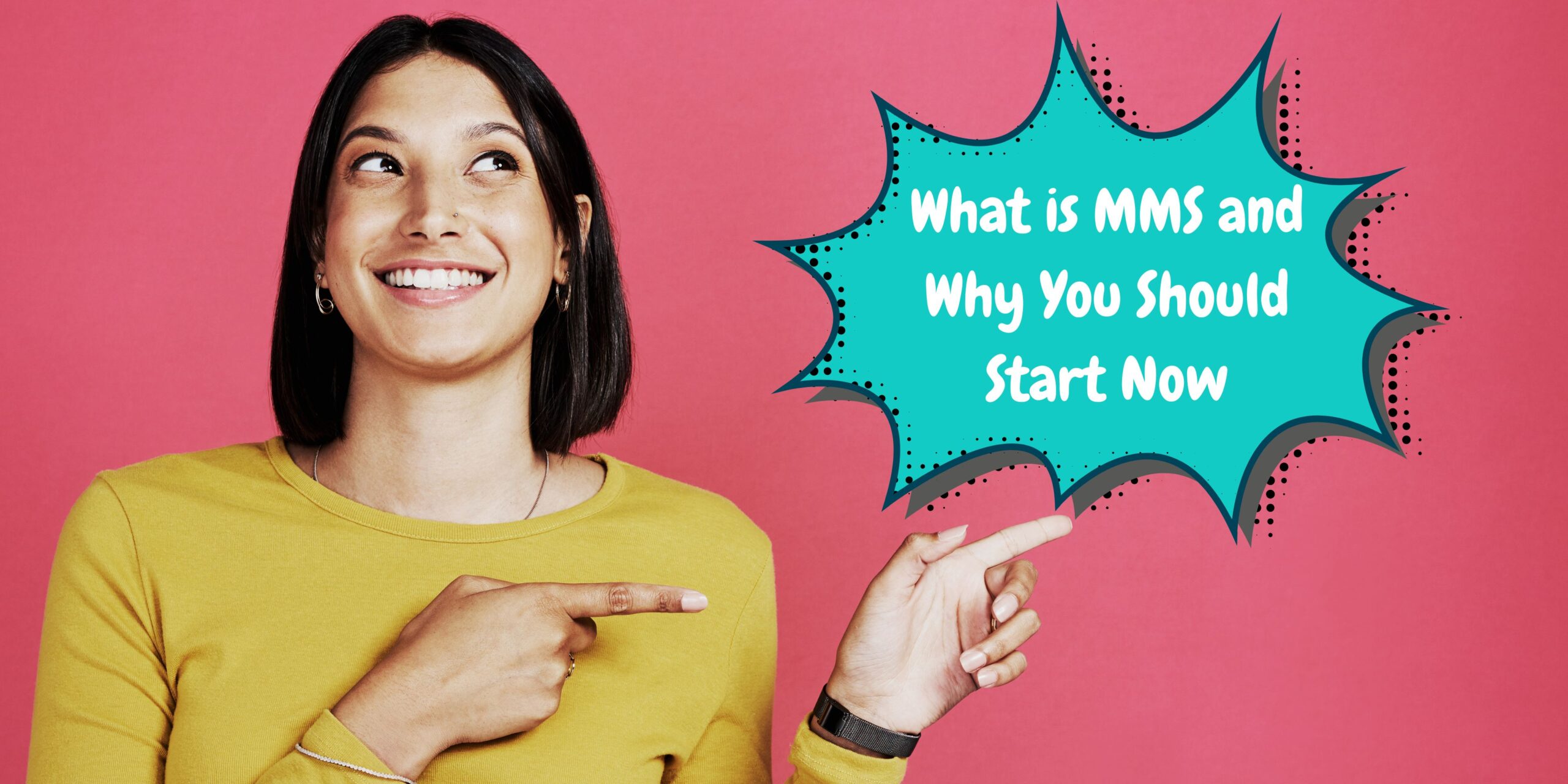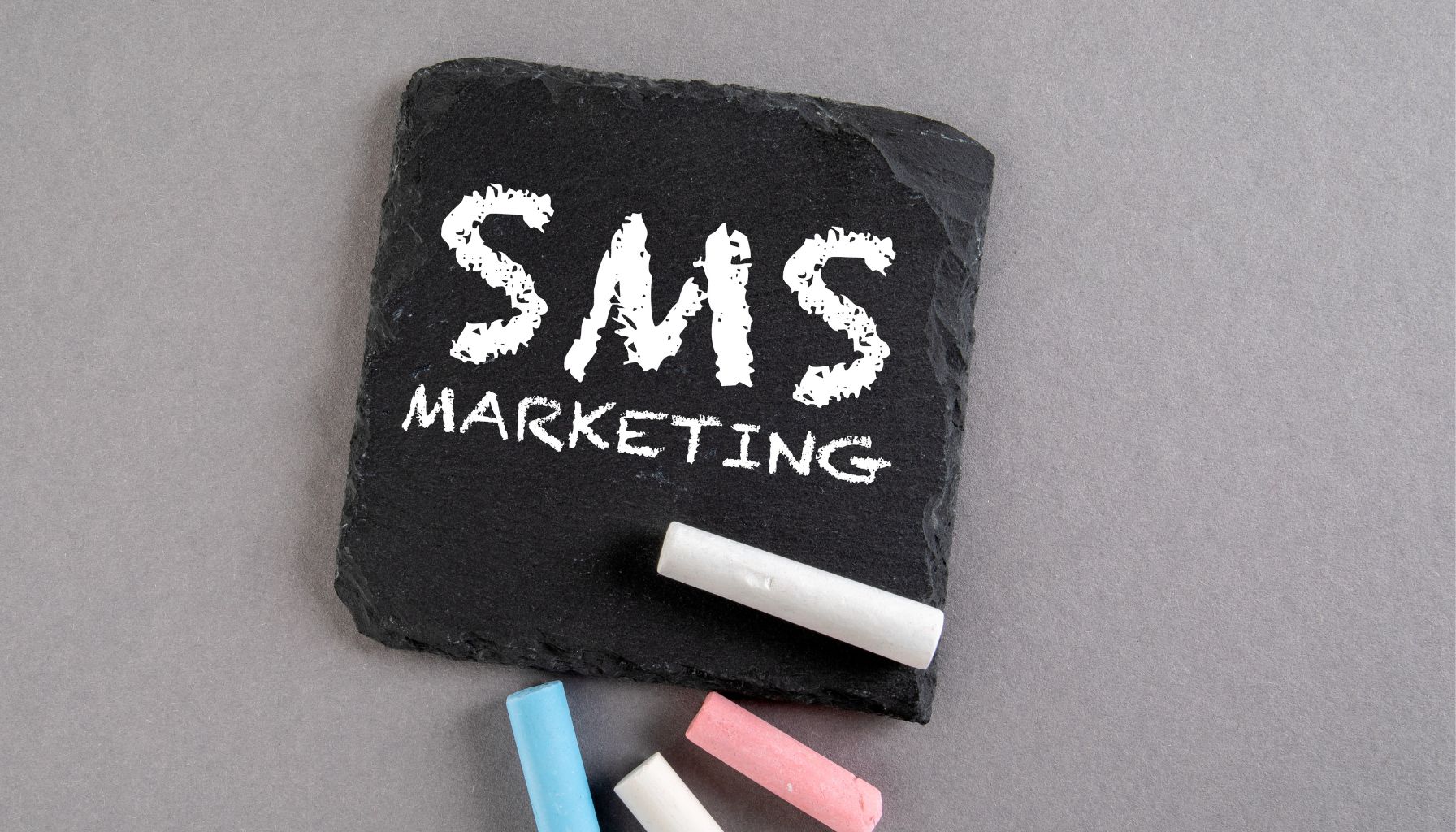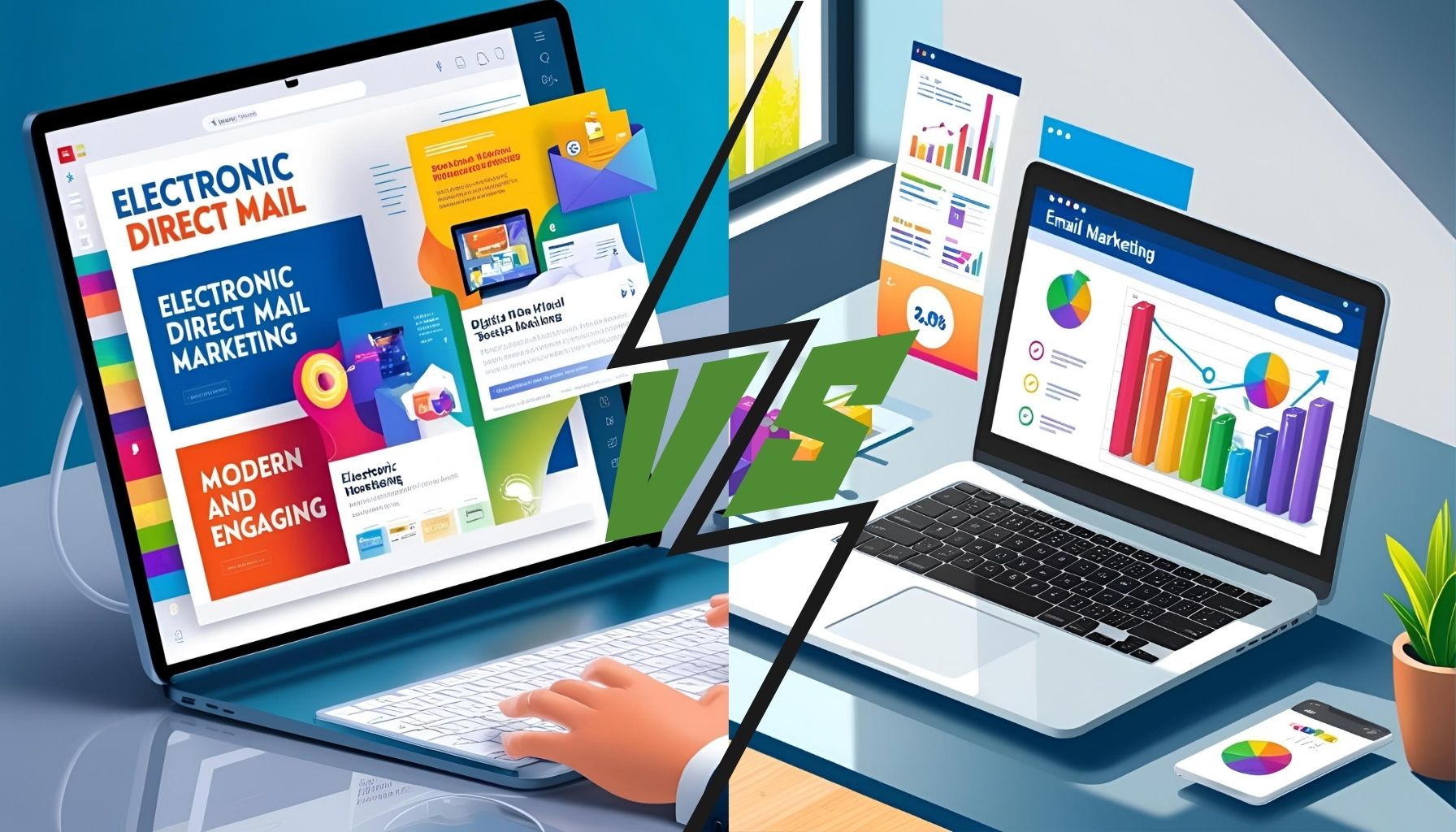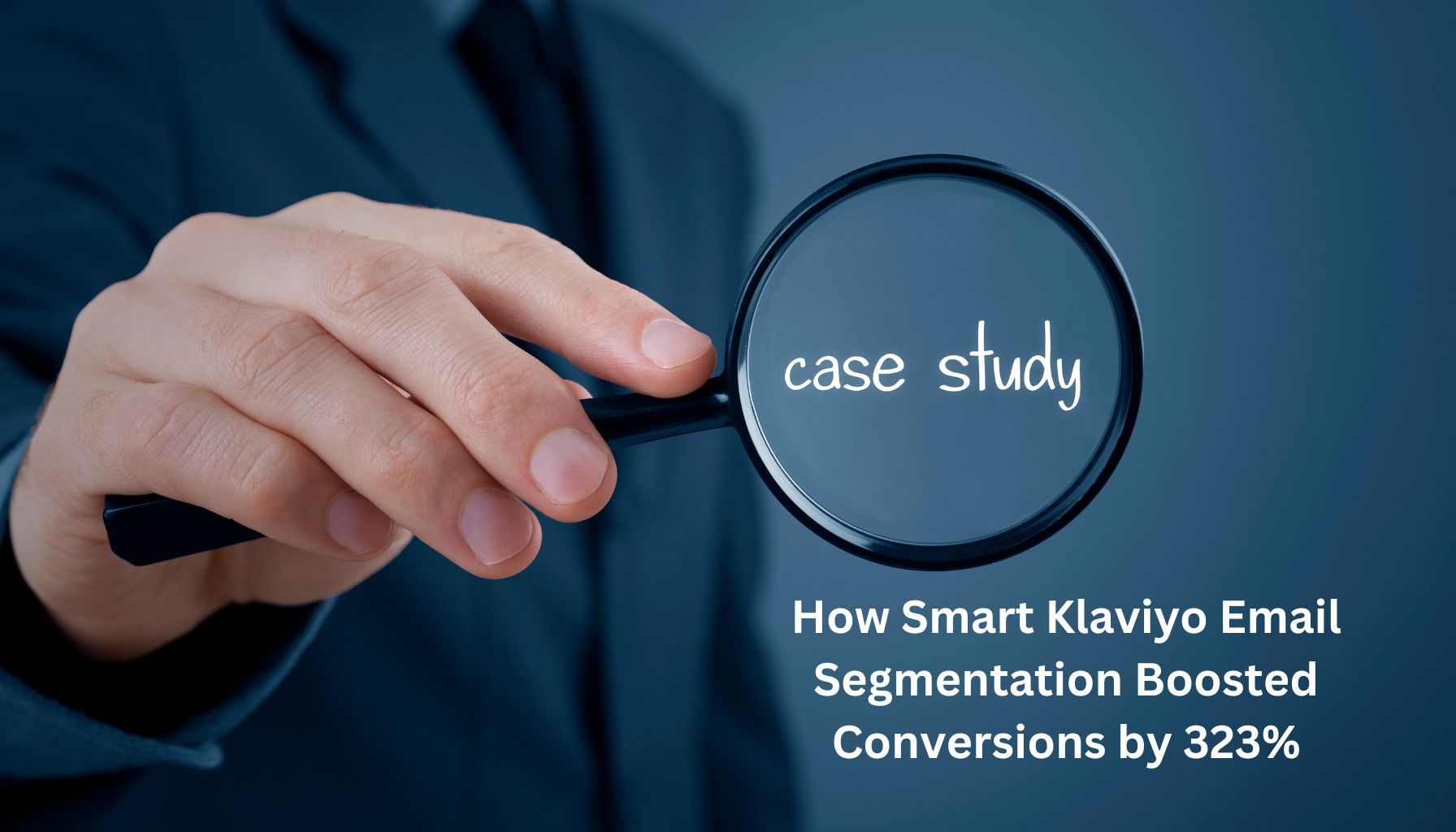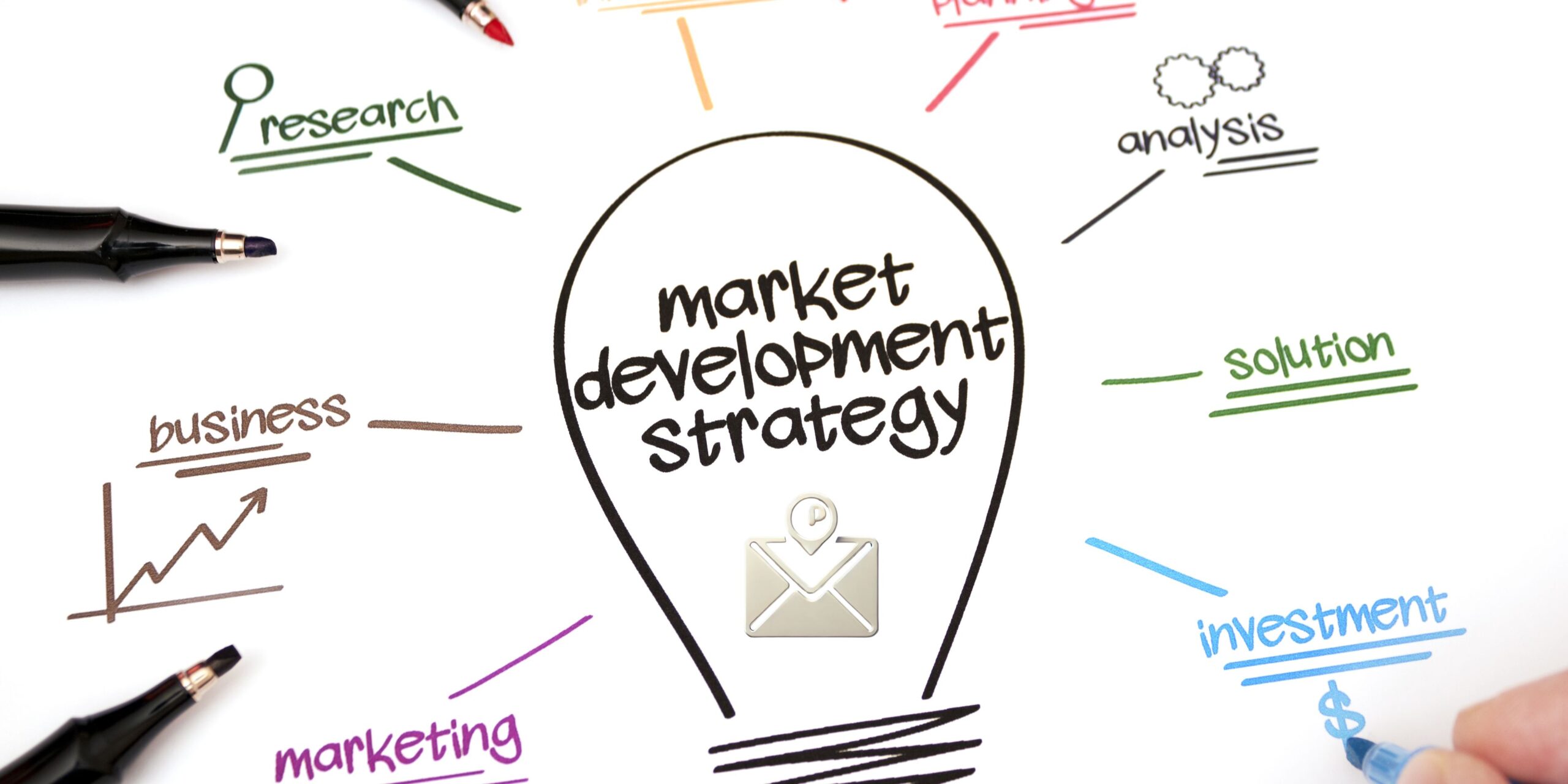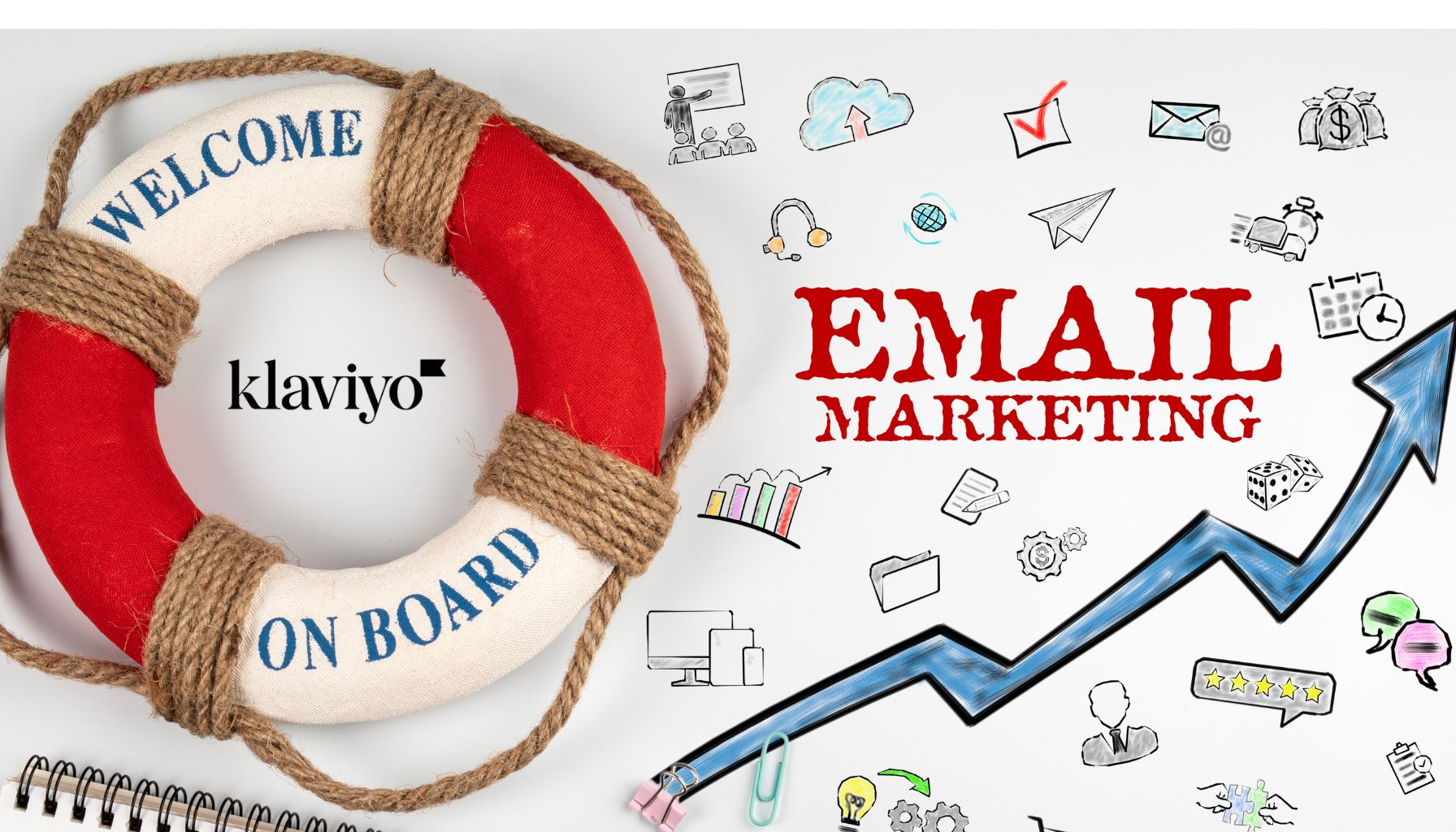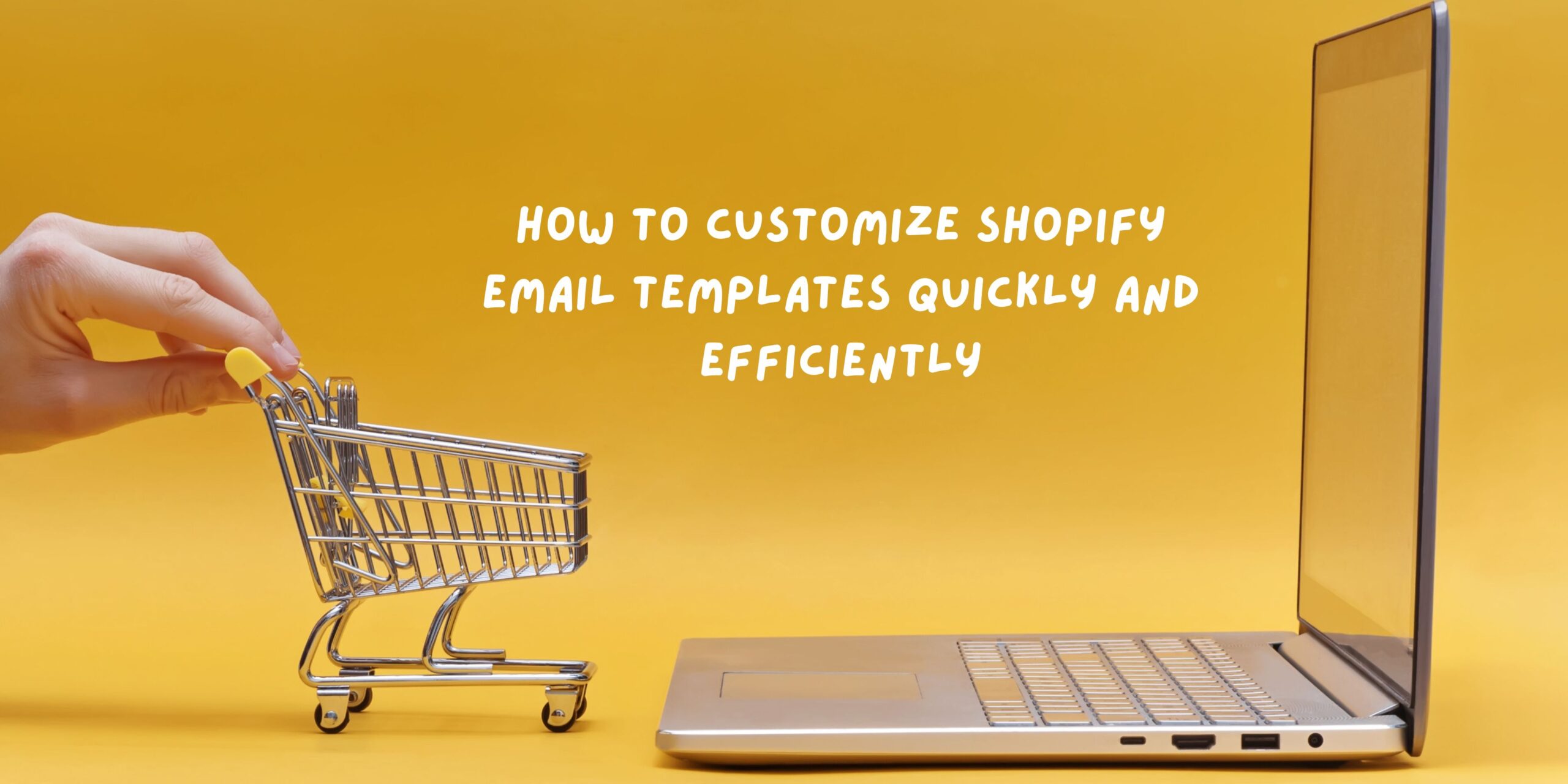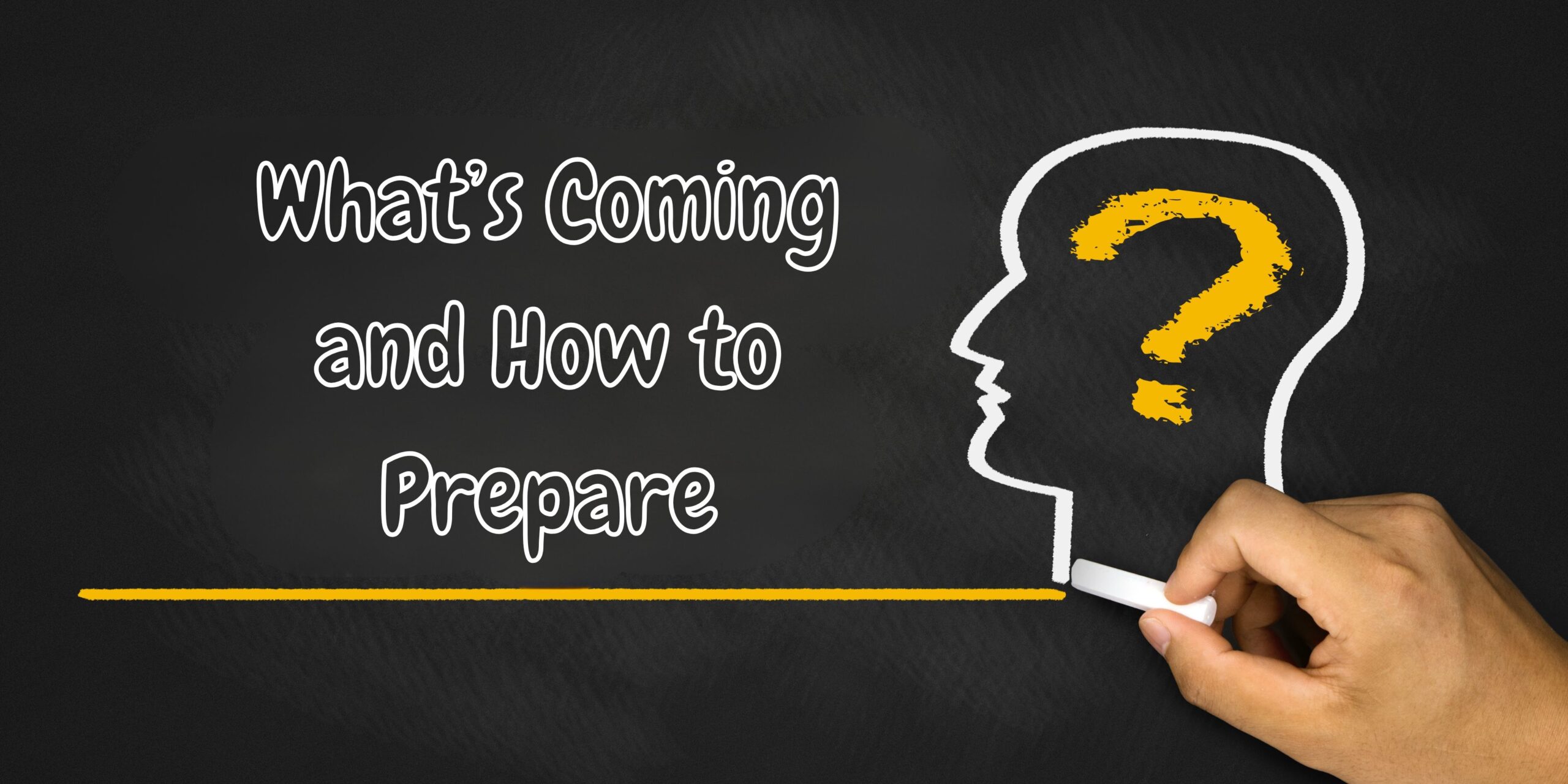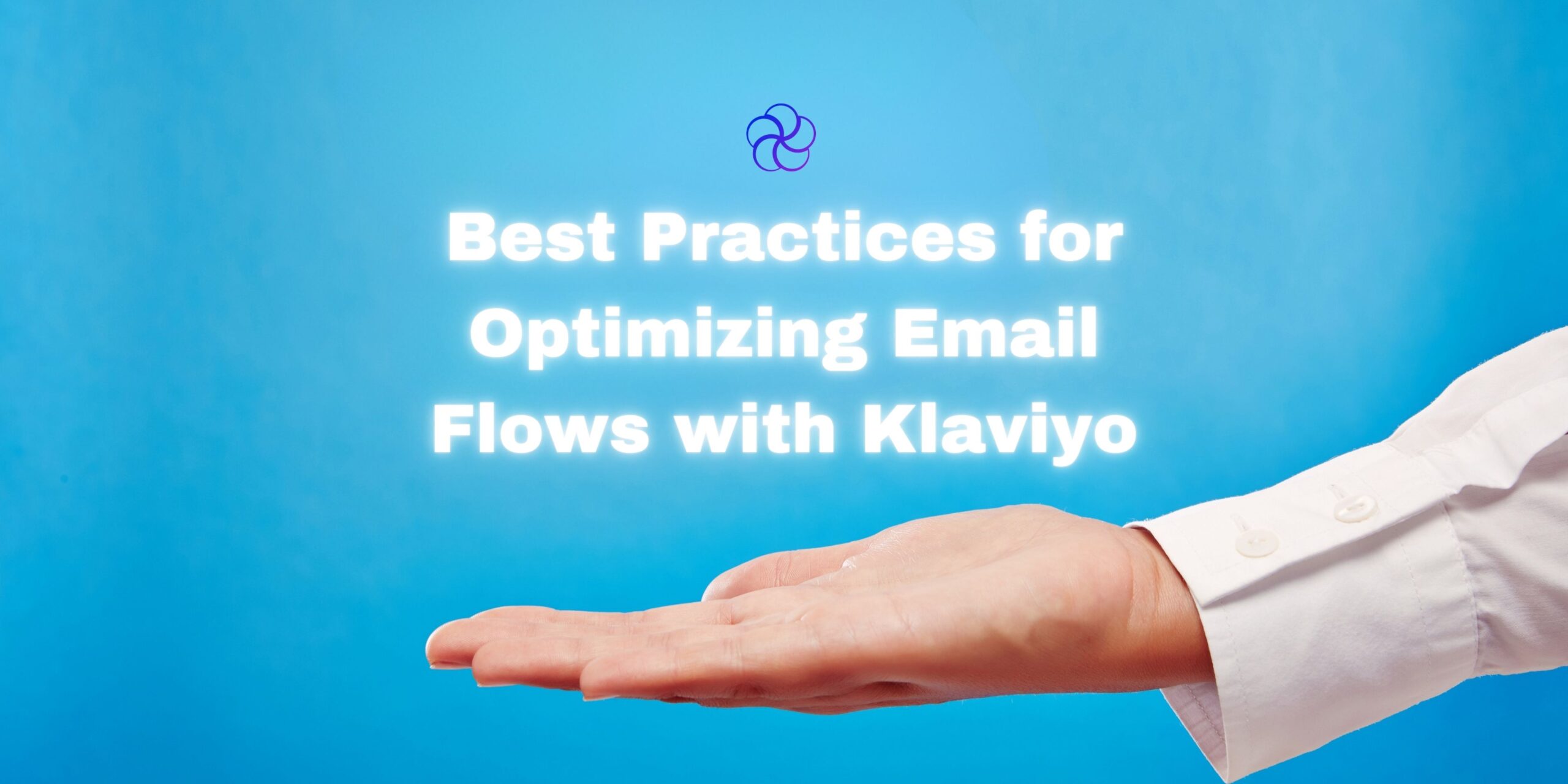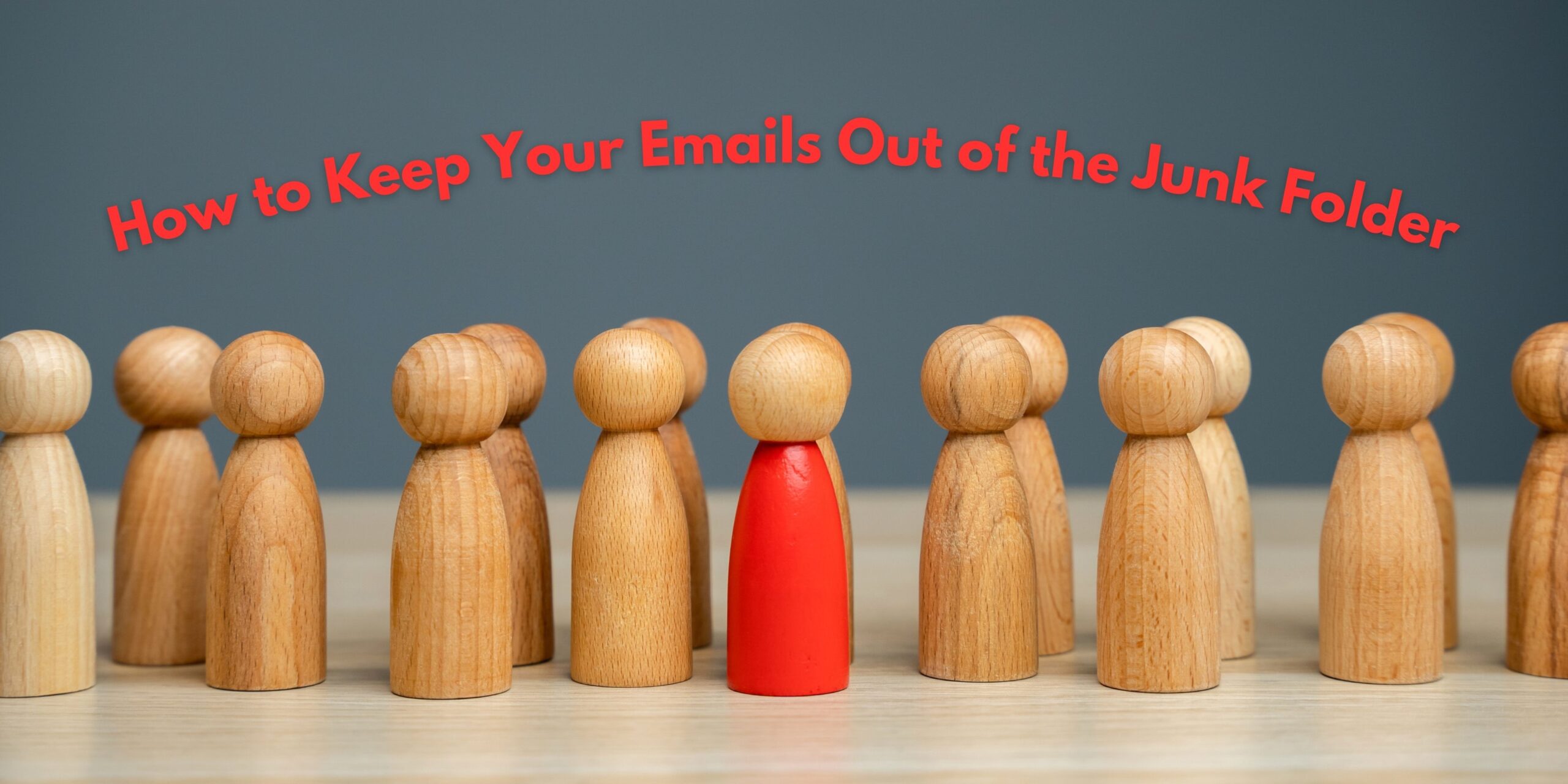Glossary
| Term | Definition |
|---|---|
| Content Marketing | Creating and distributing valuable content to attract and engage customers. |
| Product Description | Written detail that highlights a product’s features, benefits, and value. |
| User-Generated Content (UGC) | Customer-created content such as photos, reviews, or testimonials. |
| SEO (Search Engine Optimization) | Techniques to improve visibility on search engines. |
| Thought Leadership | Content that positions your brand as a trusted authority in its industry. |
| Email Segmentation | Dividing an email list into smaller groups based on behaviors or attributes. |
| Social Proof | Evidence that others trust or use your brand, often in the form of reviews. |
| Content Funnel | Strategic content that aligns with stages in the customer journey. |
Introduction
In a saturated eCommerce space with 2.64 billion global online shoppers, content marketing is no longer optional. It’s your most powerful tool to stand out, build trust, and convert interest into action.
This guide breaks down the essential content types every eCommerce brand needs, how to use them, and how to align them with a comprehensive, conversion-driven strategy that Google (and your customers) will love.
Why Content Marketing Is Critical for eCommerce Brands
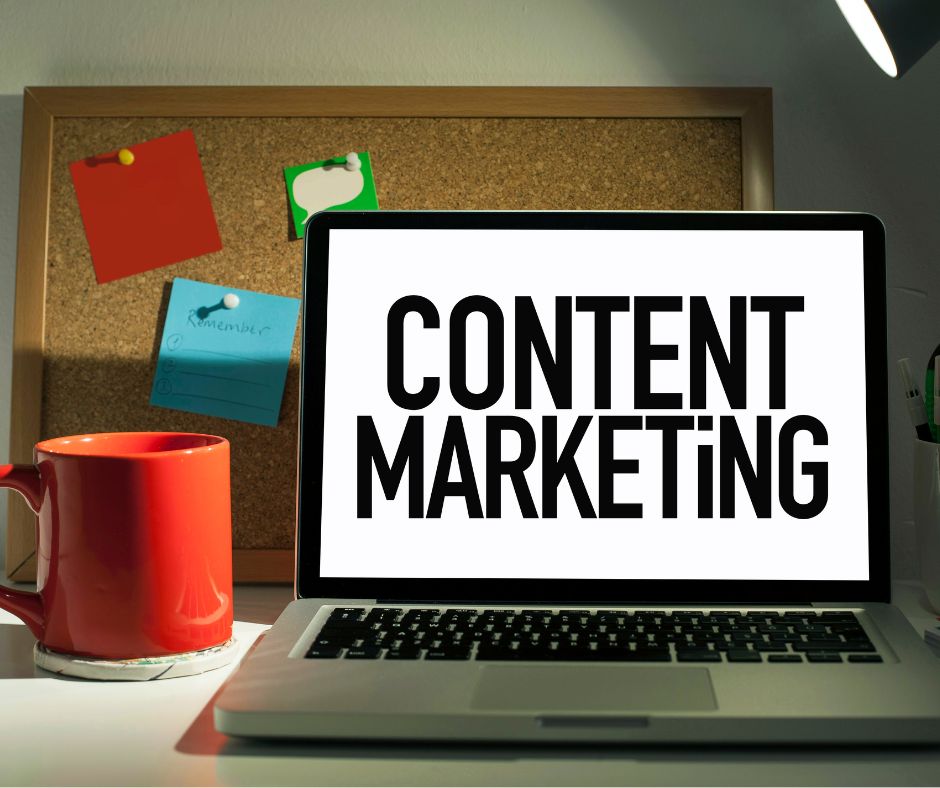
Content isn’t about pushing products—it’s about pulling people in. High-quality content:
| Benefit | Impact |
|---|---|
| Builds Trust | Educates and informs buyers, reducing decision anxiety. |
| Boosts SEO | Increases your site’s visibility on Google and other search engines. |
| Increases LTV | Retains existing customers with relevant, engaging content. |
| Lowers CAC | Drives organic traffic and reduces dependency on paid ads. |
Must-Have Content Types for eCommerce Success
1. Mouth-Watering Product Descriptions
Your product page is where decisions happen. Descriptions need to:
- Highlight benefits and differentiators
- Speak to the customer’s lifestyle
- Address objections preemptively
Pro Tips:
- Use storytelling and sensory-rich language.
- Insert secondary keywords naturally.
Example: Instead of “Soft sweater,” say “This buttery-soft cashmere sweater wraps you in warmth on the coldest days.”
2. Chef’s Kiss Product Videos
Video sells. It boosts time-on-page, engagement, and conversion.
| Type of Video | Purpose |
|---|---|
| Demo/How-To | Shows functionality and sets expectations |
| Lifestyle/Product-in-Use | Evokes emotion and context |
| Customer Testimonials | Builds trust through peer validation |
Where to Use:
- Product pages
- Social media (Instagram Reels, TikTok, YouTube Shorts)
- Retargeting email campaigns
SEO Tip: Host videos on YouTube and embed them to improve on-page time and Google rankings.
3. Top-Tier Blog Posts
Blogs drive traffic, educate readers, and establish brand authority.
Content Themes:
- Product roundups (“Top 10 must-haves for new moms”)
- How-to guides (“How to build a minimalist skincare routine”)
- Trends & industry commentary (“Spring fashion trends in 2024”)
| Blog Type | Goal | Example Title |
|---|---|---|
| Product Roundup | Cross-sell and educate | “5 Essentials for a Home Yoga Setup” |
| How-To | Solve problems, build expertise | “How to Choose the Right Protein Powder” |
| Trend Analysis | Position brand as a market leader | “2024 Beauty Trends You Need to Know” |
4. Sweet Social Media Content
Social is where your brand comes to life. It builds emotional connection and community.
Content Ideas:
- Behind-the-scenes (production, packaging, team)
- UGC reposts
- Interactive content (polls, Q&As, countdowns)
- Product tips and benefits
Channel Optimization Tips:
| Platform | Best Content Type |
|---|---|
| Reels, Stories, Carousel Posts | |
| TikTok | Short, entertaining videos |
| Visual guides and idea pins | |
| Community discussions + promotions |
5. Top It Off with Testimonials & Social Proof
Reviews close the sale. They remove risk and instill confidence.
Where to Place Them:
- Homepages
- Product detail pages (PDPs)
- Email campaigns
- Popups or loyalty dashboards
Creative Ideas:
- Quote overlays on lifestyle images
- Video reviews stitched into Instagram Reels
- Case study blog features
6. The Icing on the Cake: Email Marketing
Email converts. It’s a direct, owned channel that complements every other strategy.
Types of Campaigns:
| Email Type | Purpose |
|---|---|
| Welcome Sequence | Onboarding + first purchase trigger |
| Product Education | Boosts confidence and reduces returns |
| Abandoned Cart | Recover missed revenue |
| Post-Purchase Flow | Upsell, collect feedback, educate |
| Re-Engagement | Win back dormant subscribers |
Segmentation Ideas:
- By product category purchased
- By last purchase date
- By quiz or survey result
Structuring a Winning Content Strategy
Step 1: Define Goals
- Drive traffic
- Improve conversion rate
- Grow email list
- Increase LTV
Step 2: Align Content With Funnel Stages
| Funnel Stage | Content Type |
|---|---|
| Awareness | Blog posts, social media videos |
| Consideration | Quizzes, testimonials, product guides |
| Conversion | PDP videos, discount emails |
| Retention | Post-purchase series, loyalty content |
Step 3: Create a Content Calendar
- Plan topics by seasonality and campaign priorities
- Repurpose content across channels (blog > email > social)
Step 4: Measure Performance
| Metric | Tool | Content Type Impacted |
|---|---|---|
| Organic Traffic | Google Analytics, Ahrefs | Blog posts, PDPs |
| CTR & Conversions | Klaviyo, GA4, Shopify | Email, landing pages |
| Time on Page | Hotjar, GA4 | Blog, video, product content |
| Shares & Comments | Native social tools | Social, UGC |
Frequently Asked Questions
1. How often should I update product descriptions for SEO?
Every 6–12 months, or when launching new variations, bundles, or collections.
2. What’s the ideal blog frequency for eCommerce brands?
Aim for 2–4 posts per month for SEO impact and fresh content.
3. Should all product pages have videos?
Yes, especially for top sellers. Videos reduce returns and increase conversions.
4. How do I gather more customer testimonials?
Use automated post-purchase email flows and offer incentives like loyalty points or discounts.
5. What’s the most overlooked content asset?
Quizzes. They capture leads, segment lists, and personalize the experience.
6. Can I repurpose blog content in email and social?
Absolutely. Break blog content into shorter tips, quotes, or teaser visuals for other channels.
Final Thoughts
Content marketing is the fuel that powers the entire eCommerce machine. From high-converting product descriptions and demo videos to informative blogs and re-engagement emails, every piece should serve a purpose in your customer journey.
The most successful brands don’t just create content—they create systems. Systems that educate, inspire, convert, and retain.
Need help building yours? Blossom Ecom creates conversion-driven content strategies for brands that want more than just clicks—they want customers who come back.
Let’s build your brand into a content powerhouse. Reach out today.
Need help implementing this?
Let us take the hassle of managing your email marketing channel off your hands. Book a strategy call with our team today and see how we can scale your revenue, customer retention, and lifetime value with tailored strategies. Click here to get started.
Curious about how your Klaviyo is performing?
We’ll audit your account for free. Discover hidden opportunities to boost your revenue, and find out what you’re doing right and what could be done better. Click here to claim your free Klaviyo audit.
Want to see how we’ve helped brands just like yours scale?
Check out our case studies and see the impact for yourself. Click here to explore.

Read Our Other Blogs

Email Marketing vs. Social Media: Which One Should Your Brand Focus On?



Attract More Customers: Which Videos to Use in Your Email Marketing and Why


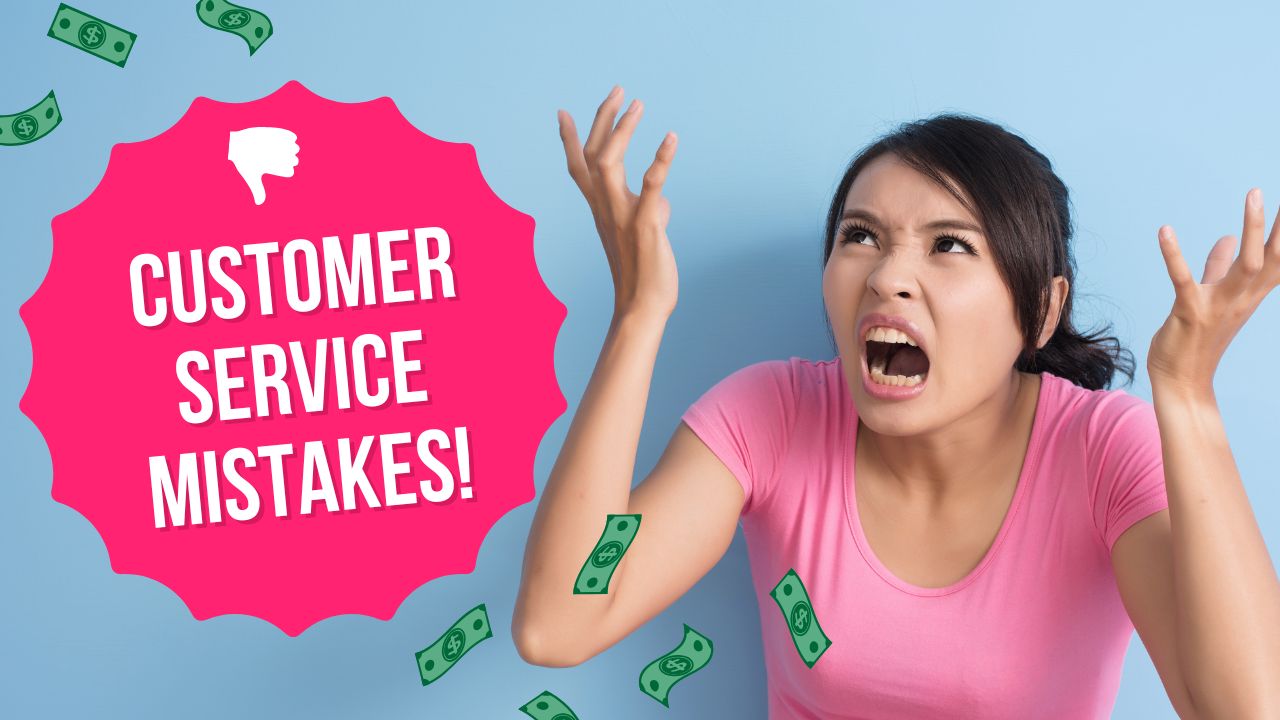
8 eCommerce Customer Service Mistakes You NEED to Stop Making (Like, Yesterday)




Not Sure Where to Start?
Let's find the biggest retention opportunities in your business. Get a free Klaviyo audit or retention consultation.





